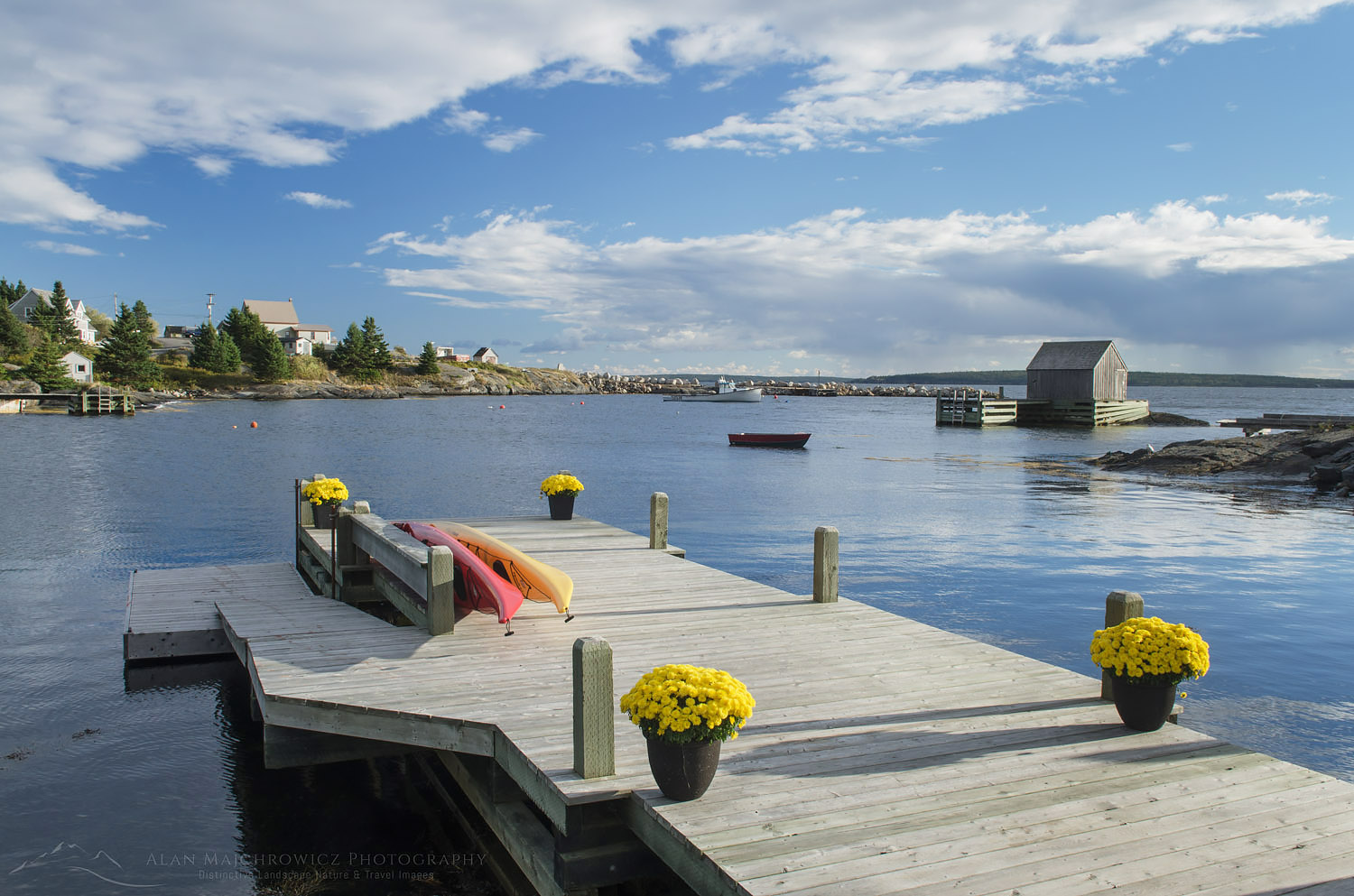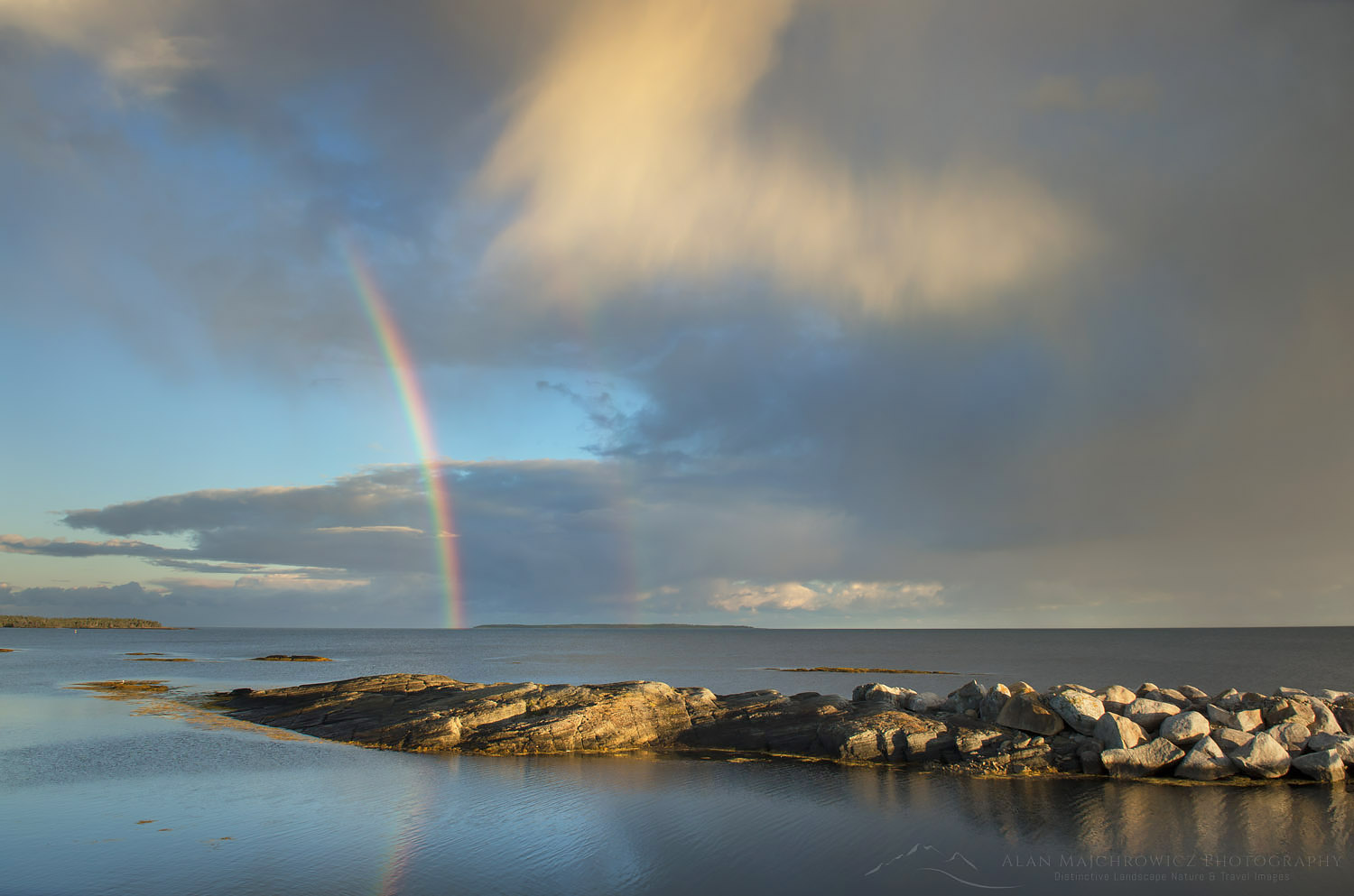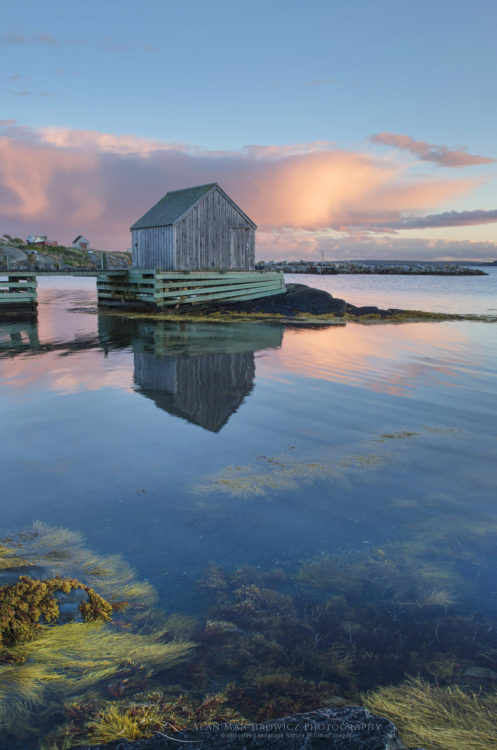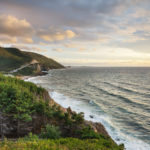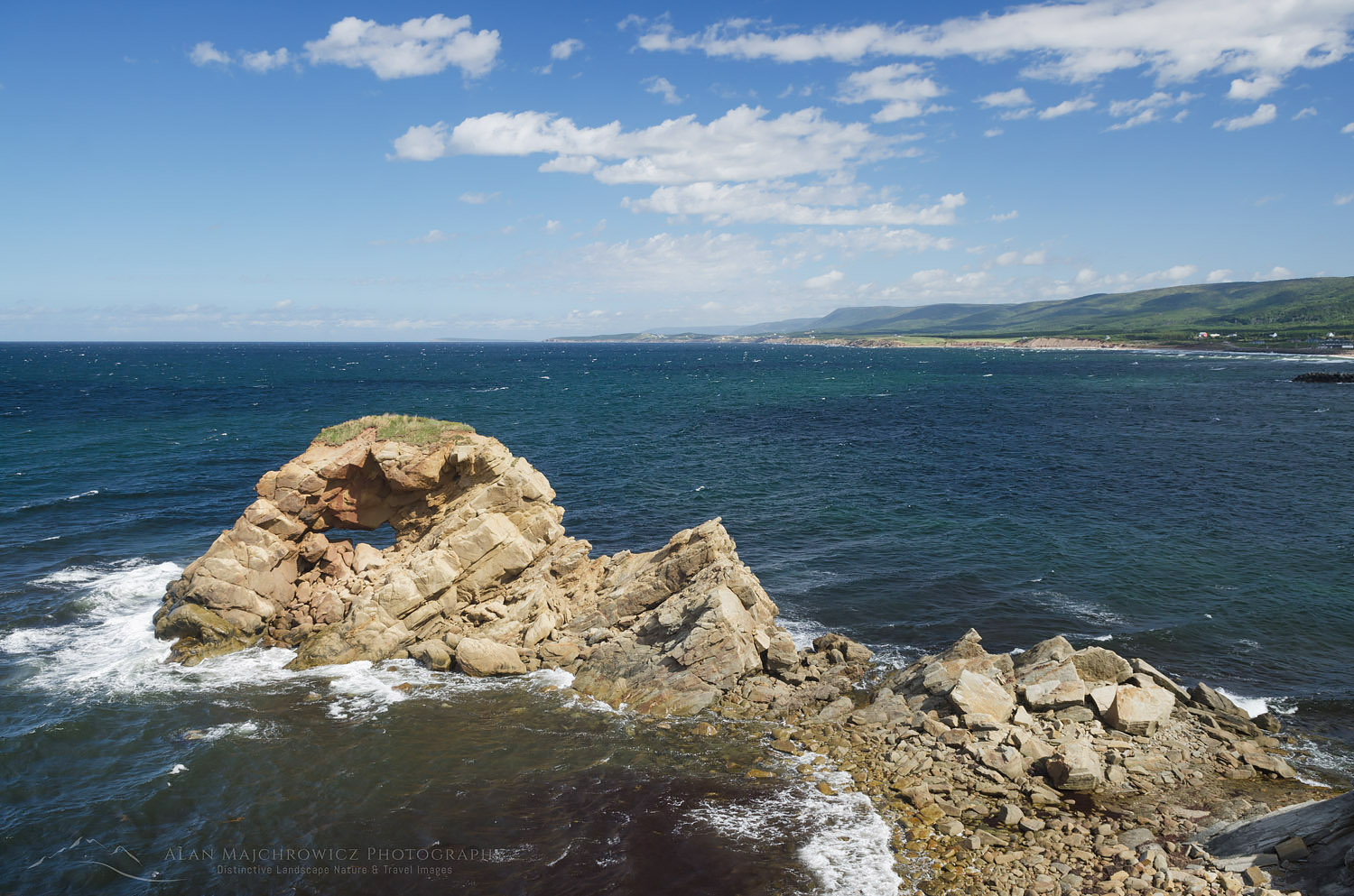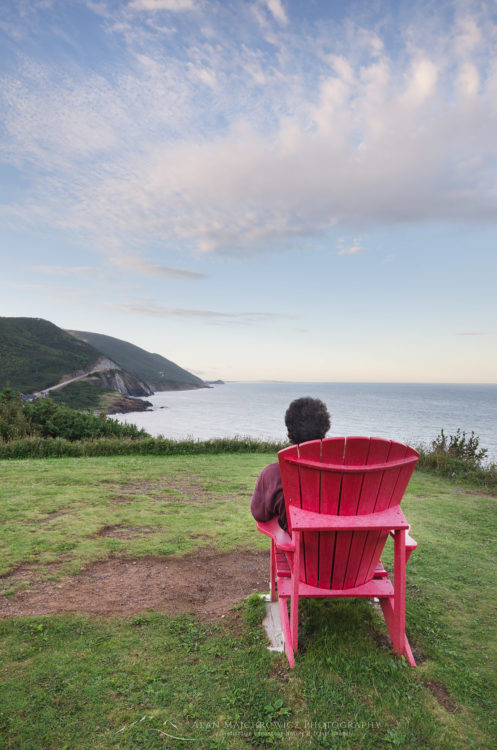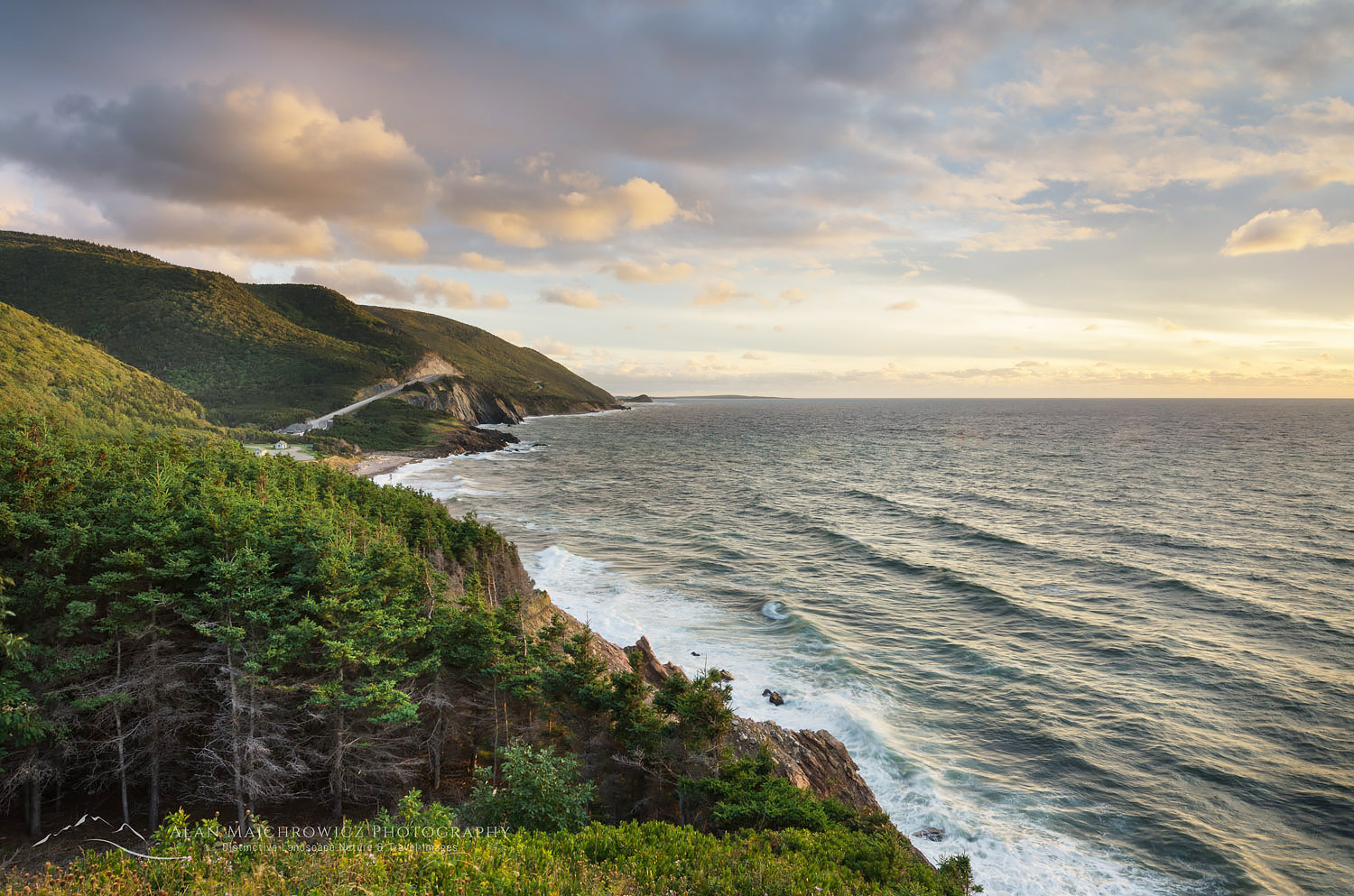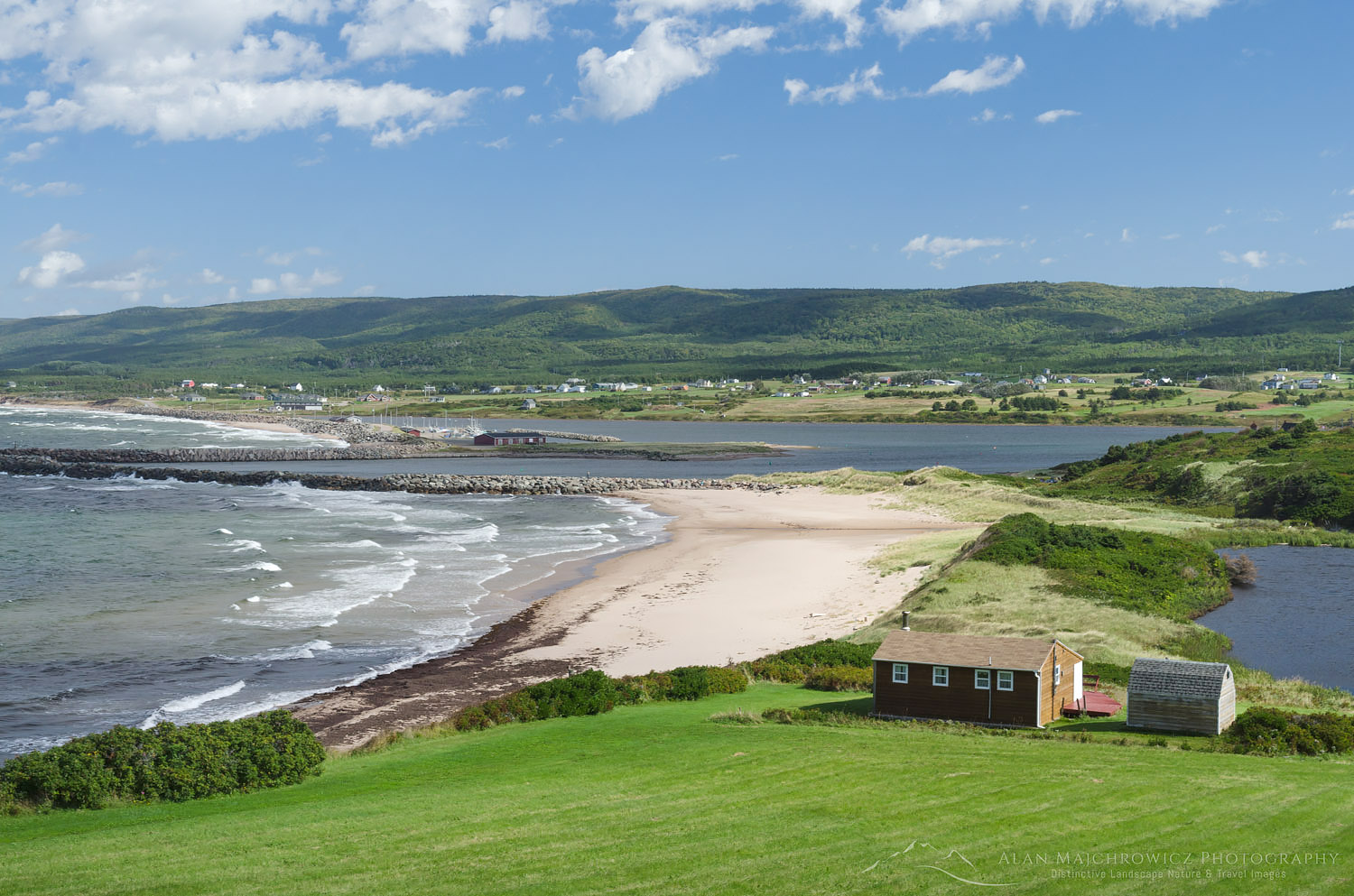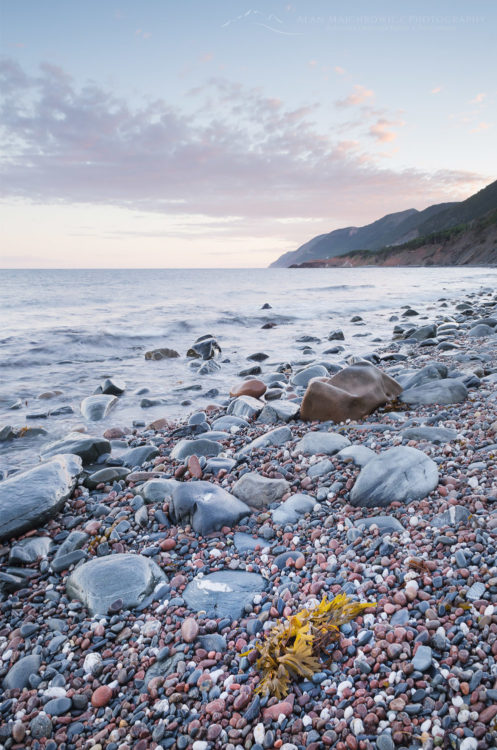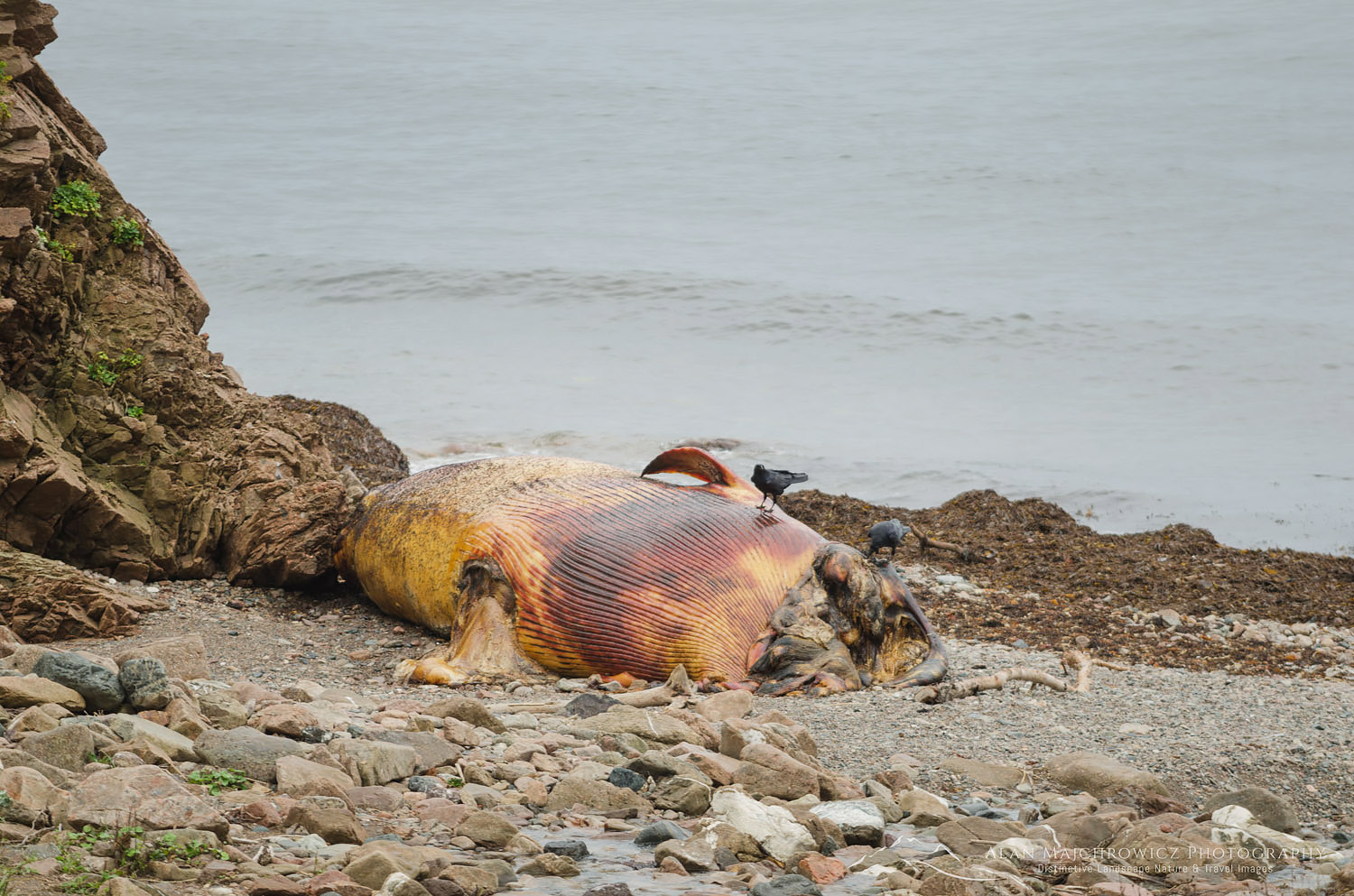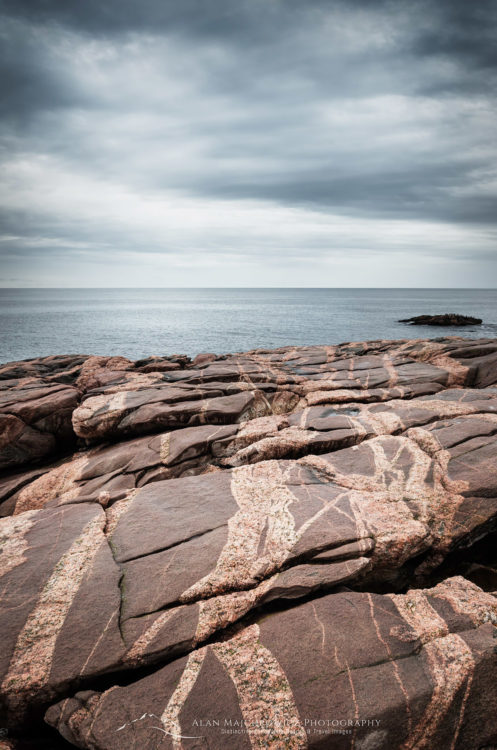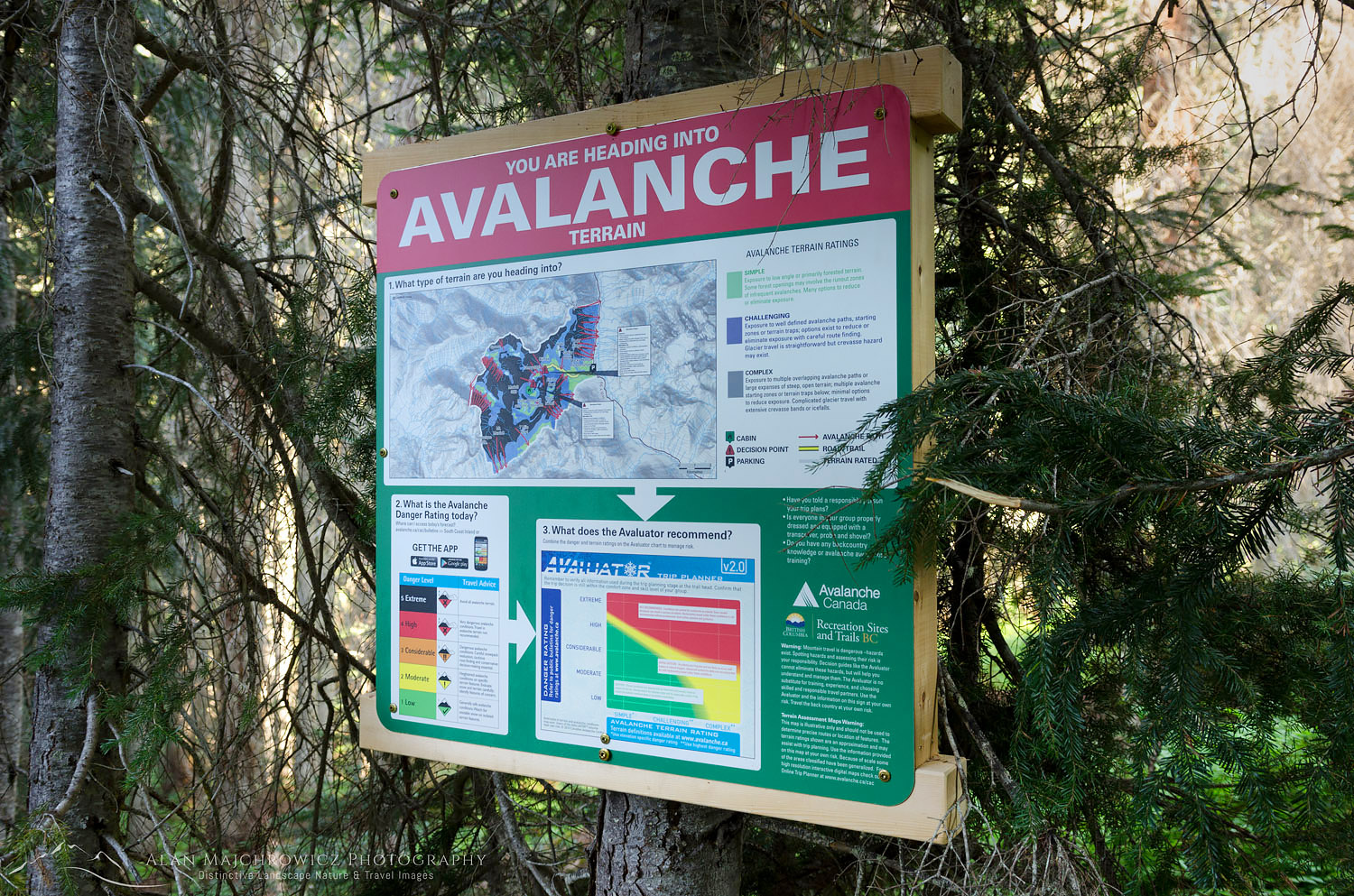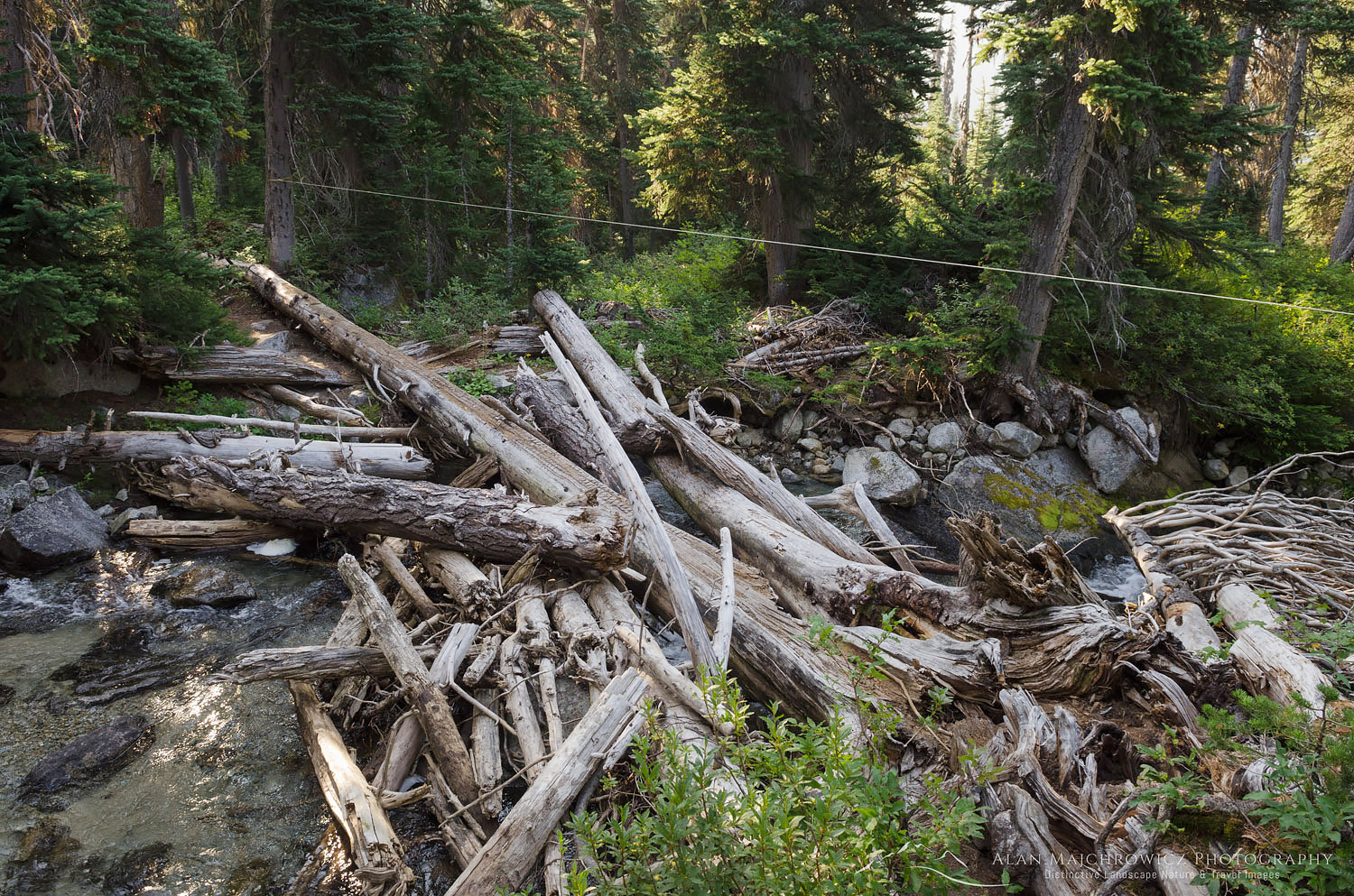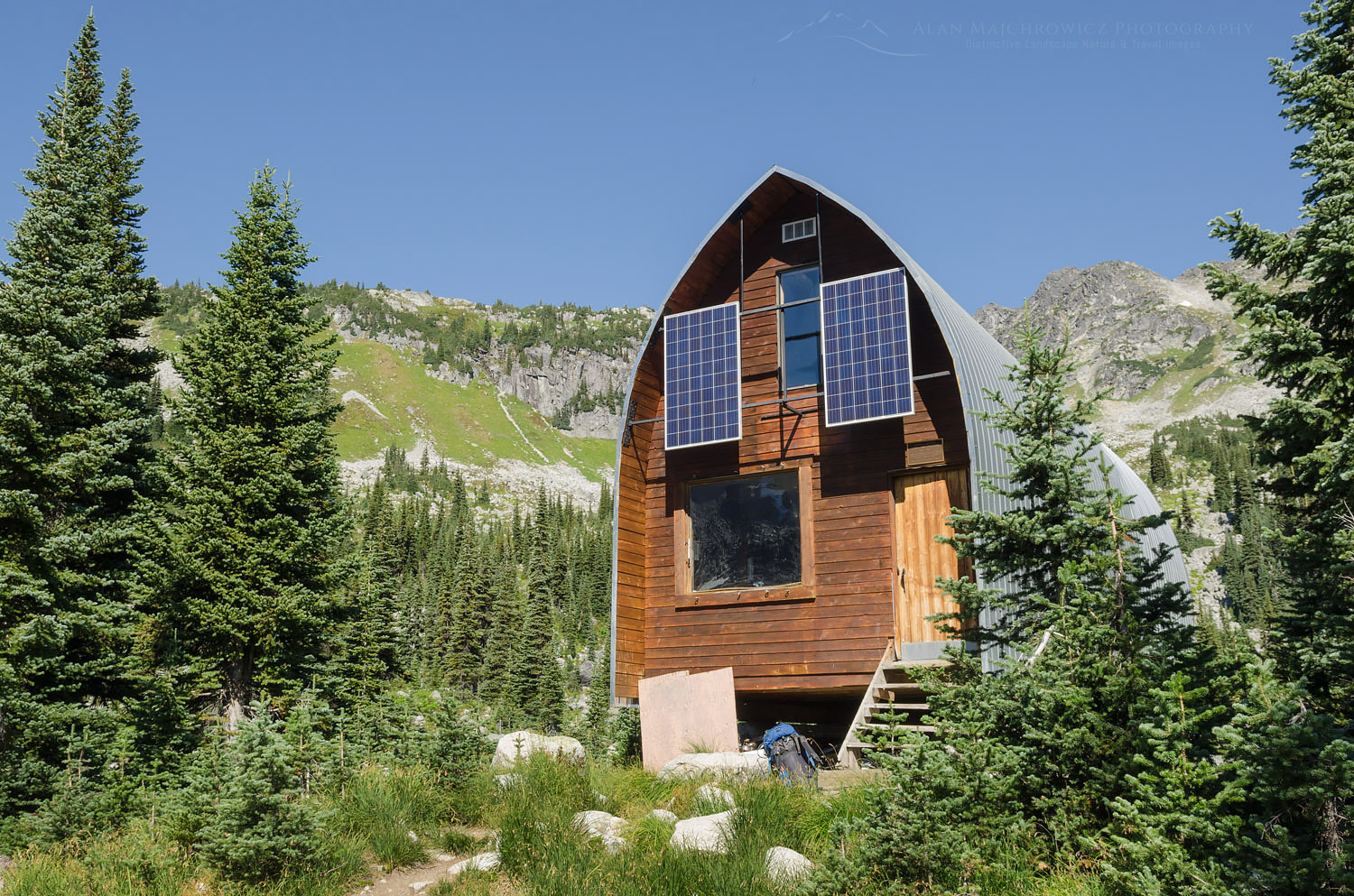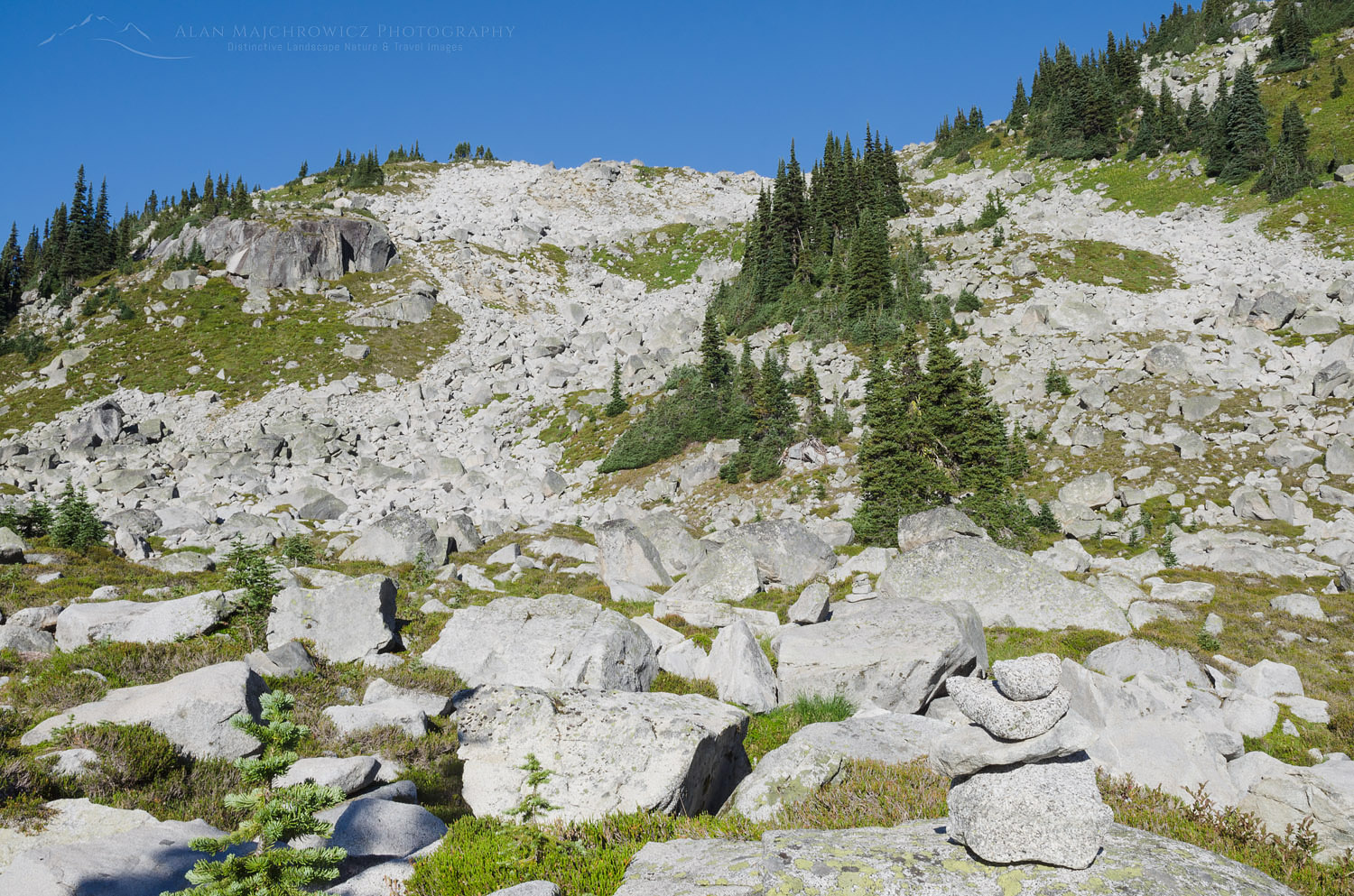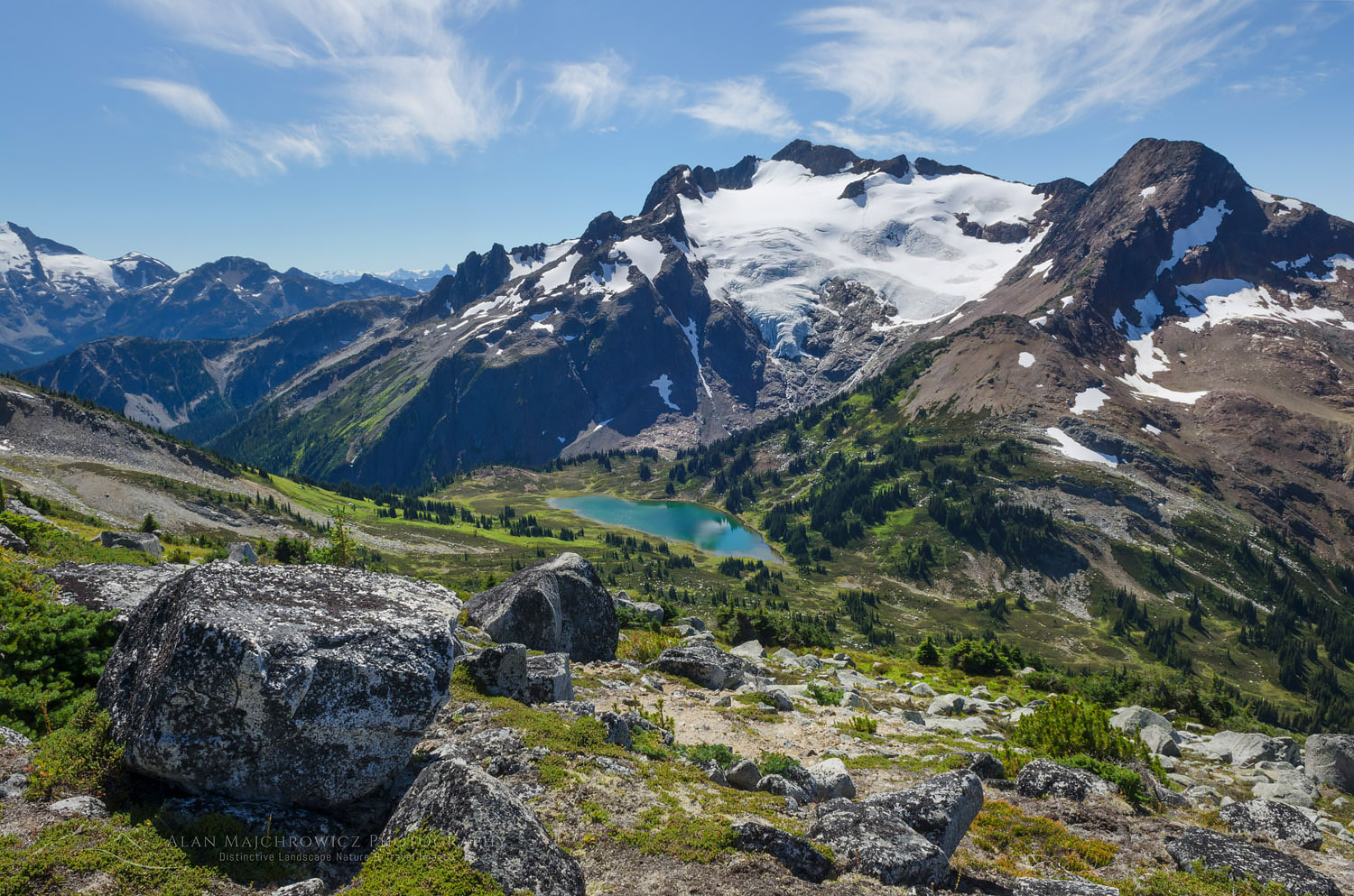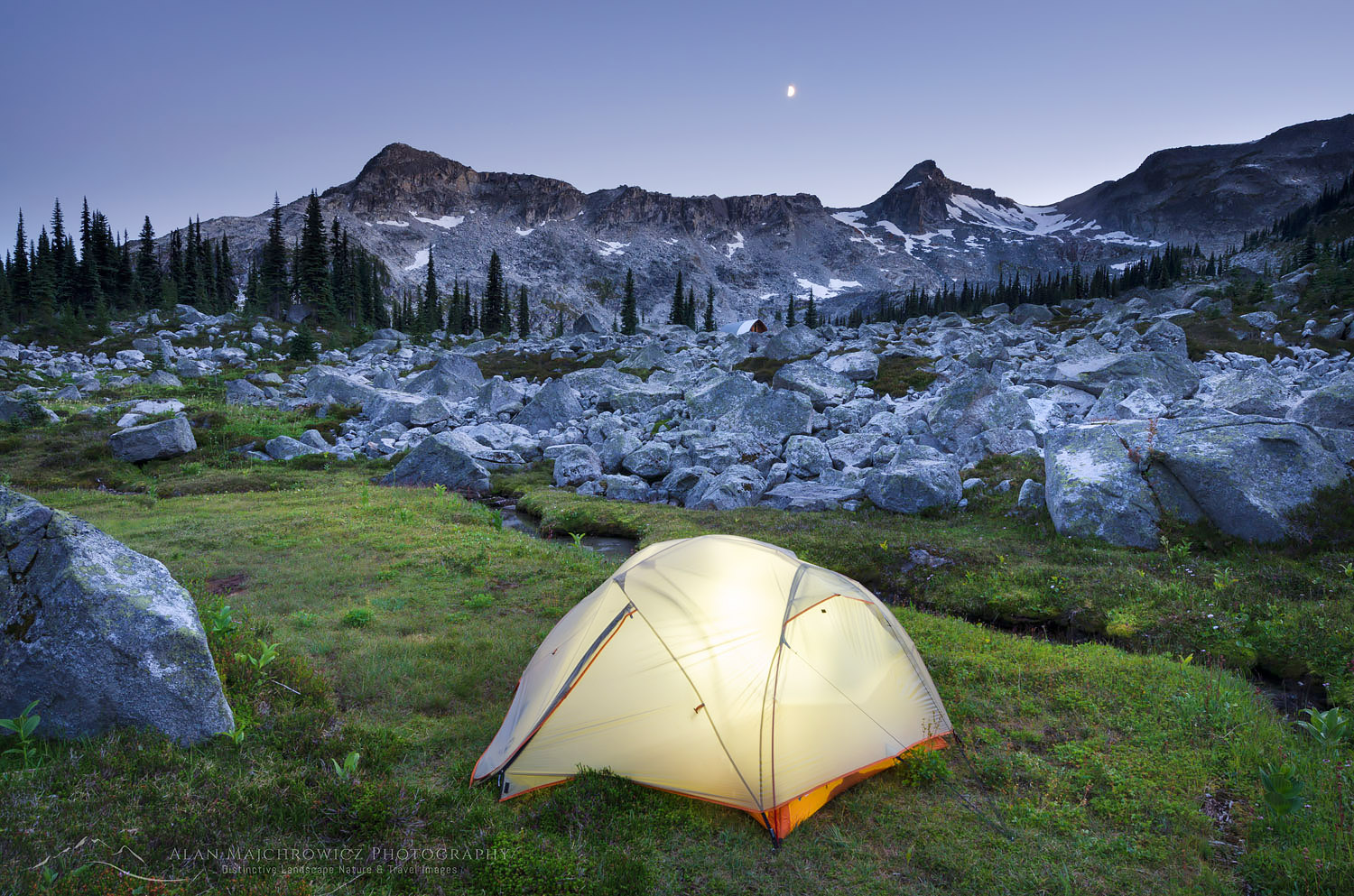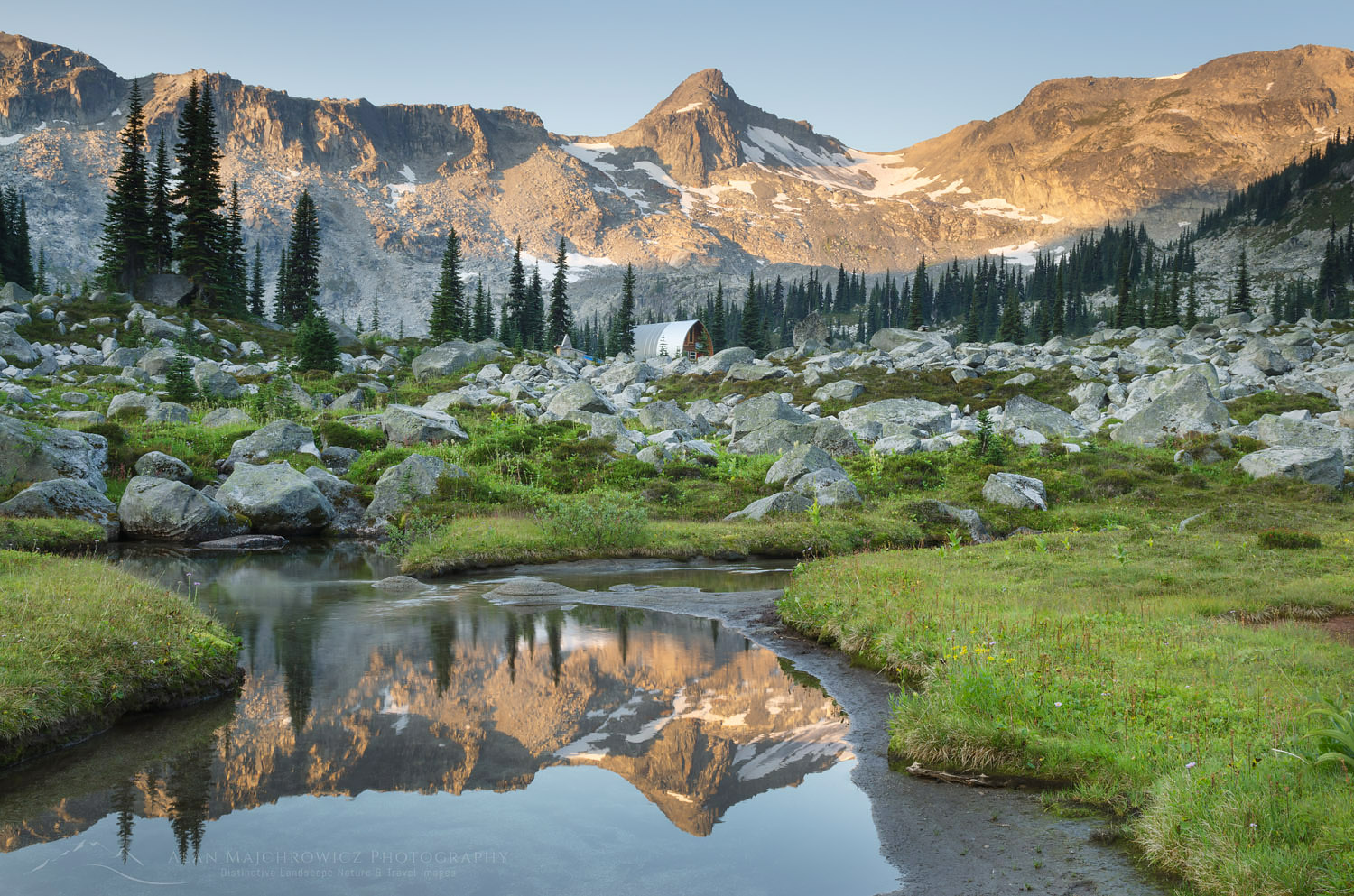Photographing The Great Northern Peninsula and Labrador
 Cape Norman Newfoundland #80455 Purchase
Cape Norman Newfoundland #80455 Purchase
A trip to Newfoundland can be considered getting away from it all. But photographing the Great Northern Peninsula and Labrador is getting away from it all on an entirely different level. To begin with, the drive from St John’s to L’Anse aux Meadows is an 11-hour 1067 km (663 miles) trip. If continuing to Labrador, add another hour for the ferry ride across the Strait of Belle Isle.
For landscape and nature photographers, photographing the Great Northern Peninsula and Labrador is an opportunity to get far off the beaten path and photograph some unique subject matter. And you won’t be competing with crowds of tourists vying for the best selfies! You will be nearly alone while photographing some of the rawest natural beauty in Atlantic Canada.
This post will detail a few locations from my first visit to the Great Northern Peninsula and Labrador. However, there are many more places to explore than described here.
 Strait of Belle Isle sea ice #80328 Purchase
Strait of Belle Isle sea ice #80328 Purchase
The Great Northern Peninsula
Like an elongated thumb, the Great Northern Peninsula juts northward from western Newfoundland. The predominant feature on the peninsula is the Long Range Mountains. This range is considered the geologic northern extremity of the Appalachian Mountains. Gros Morne National Park encompasses some of the most rugged parts of the Long Range Mountains. On my trip, it was too early in the season to visit this park. So, unfortunately, I do not have any images or info from the park to share here.
Further north, the Long Range dwindles to low hills sprinkled with numerous lakes and marshes. Here, the boreal forest gives way to a somewhat sub-arctic environment. And, like most other coastal areas in Newfoundland, there are many small fishing villages. The largest town and hub of the area is St. Anthony. Most amenities can be found here, along with iceberg and whale watching tour companies.
 Cape Norman Newfoundland #80388 Purchase
Cape Norman Newfoundland #80388 Purchase
Cape Norman
One of my trip goals was to photograph the most northerly point of Newfoundland. Maps showed that this would be Cape Norman, and fortunately, there was also some interesting subject matter there.
Cape Norman is a barren headland of limestone cliffs and wild karst formations. The entire area resembles locations much further north in the Canadian Arctic. Situated on top of the cliffs is the Cape Norman Lighthouse. The lighthouse is mildly interesting but not as photogenic as other lighthouses in Newfoundland.
 Cape Norman Newfoundland #80414 Purchase
Cape Norman Newfoundland #80414 Purchase
 Cape Norman Newfoundland #80436 Purchase
Cape Norman Newfoundland #80436 Purchase
The best subject matter at Cape Norman is the cliffs and wave-eroded slabs of rock along the surf edge. Ample compositions can be found both on the top of the headland and at the water’s edge. But if your time is limited, the surf slabs would be the better option. And, like other areas in Newfoundland, an early-season visit has the added attraction of icebergs and sea ice.
There are plenty of places for random camping around Cape Norman, so you could easily spend a few days here exploring and photographing in different lighting conditions. However, be ready to stay in windy and exposed conditions. The nearest town is St. Anthony, about an hour’s drive away, so stock up on supplies and gas.
 L’Anse aux Meadows Newfoundland #80513 Purchase
L’Anse aux Meadows Newfoundland #80513 Purchase
L’Anse aux Meadows
Possibly, the main attraction on the Great Northern Peninsula is L’Anse aux Meadows National Historic Site. Here are the remains and a reconstruction of an 11th-century Viking settlement, evidence of the first European presence in North America. After getting this far north in Newfoundland, it would be a shame to miss out on such an important historical attraction.
 L’Anse aux Meadows Newfoundland #80533 Purchase
L’Anse aux Meadows Newfoundland #80533 Purchase
 L’Anse aux Meadows Newfoundland #80526 Purchase
L’Anse aux Meadows Newfoundland #80526 Purchase
While the site is more of an educational stop, photographers can make some decent images here if the lighting is right. It’s also best to visit in late spring or summer when the surroundings green up. On my visit, everything was still winter brown. Also, like most everything else in Newfoundland, the informative visitor’s center doesn’t open until June 1. But you can still freely roam around the area and explore the fascinating reconstructed Viking village.
 Arches Provincial Park Newfoundland #80550 Purchase
Arches Provincial Park Newfoundland #80550 Purchase
Arches Provincial Park
Further south on the Great Northern Peninsula, along the Gulf of St. Lawrence coast, is Arches Provincial Park. But don’t drive all the way here expecting to see something akin to the famous Arches National Park in Utah.
This tiny park is more like a wayside stop to one small but interesting arch formation on the beach. It’s worth stopping on the way to other destinations, but photographers will need some dynamic light and surf conditions to create good images.

Labrador
For those who have traveled to the top of the Great Northern Peninsula and have time available, a trip to Labrador is a must. Labrador, or The Big Land, is a raw and wild land rich in history and culture. However, precious little of it is accessible by car. Only the extreme southeastern part of its coast has paved roads. The rest of the coast and its few settlements are accessible by boat, plane, or ferry, and only in the summer months.
 Labrador Coast #80219 Purchase
Labrador Coast #80219 Purchase
The most dramatic landscapes in Labrador are in Torngat National Park, way up on the northern tip of the province. Although to tour and photograph this park, you will need a fat bank account and a serious sense of adventure.
Battle Harbour is about at the limit north for the average traveler and photographer. This historic island village is accessible by ferry, and accommodations must be booked in advance. And, again, early-season visitors will be out of luck, as their operating season begins in June. That leaves a short drive from the Ferry terminal at Blanc-Sablon north to Red Bay.
 Point Amour Lighthouse Labrador #80291 Purchase
Point Amour Lighthouse Labrador #80291 Purchase
Point Amour Lighthouse and Coastal Drive
The Point Amour Lighthouse is perhaps the main attraction on this short coastal drive. It’s one of the more photogenic lighthouses in Newfoundland and has plenty of history.
On my early season visit, I was treated to more icebergs and sea ice to accentuate the compositions. But, again, the surrounding landscape was still winter brown.
 Point Amour Lighthouse Labrador #80238 Purchase
Point Amour Lighthouse Labrador #80238 Purchase
 Point Amour Lighthouse Labrador #80274 Purchase
Point Amour Lighthouse Labrador #80274 Purchase
North of L’Anse Amour, the road veers inland along the Pinware River. A scenic viewpoint about halfway to Red Bay is worth a brief stop. The view looks west past the Pinware River to the forbidding interior wilderness of Labrador. I imagined that this is what the landscape would look like in an unbroken wilderness as far as Hudson’s Bay, a few thousand kilometers distant.
 Pinware River View Labrador #80234 Purchase
Pinware River View Labrador #80234 Purchase
To get a better sense of the mystique of Labrador, which grips me to this day, I highly recommend reading these books.
The Lure of the Labrador Wild; Dillon Wallace 1905
Where the Falcon Flys; Adam Shoalts 2023
 Strait of Belle Isle Iceberg #80294 Purchase
Strait of Belle Isle Iceberg #80294 Purchase
Essential Tips:
- Coastal photography on the Great Northern Peninsula and Labrador greatly benefits from the presence of icebergs and sea or pack ice.
- Be prepared to be self-reliant, especially in the early season. Groceries and gas stations may be far apart.
- Iceberg and whale viewing tours are available in the town of St. Anthony.
- Coastal areas on the Great Northern Peninsula and Labrador can be very windy and raw. Dress appropriately and use extreme caution near the cliffs.
- Vegetation may not green up until mid-June.
- The St. Barbe-Blanc Sablon ferry requires reservations. Early in the season, ferry crossings can be delayed or canceled due to concentrations of heavy sea ice. Click the image below to watch a short video of the crossing!
 Video: Sea ice in the Strait of Belle Isle #80203
Video: Sea ice in the Strait of Belle Isle #80203
Tips for Photographing the Great Northern Peninsula and Labrador
Creative Tips:
Allow enough time: One of the most important considerations when planning a photography trip to any location is time. Good photography rarely results from a hurried schedule. Chasing light is stressful, stay in one place and let the light come to you!
For your most important subject matter and locations, always try to stay at least two days. This will give you time for scouting, and also be present for several changes in lighting conditions.
Scouting: Scouting is an essential technique for better photography. Always scout out the best locations in advance by spending the day thoroughly exploring the area. Make notes of the best spots and how long it will take to reach them in the morning and evening golden hours.
Practical Tips:
When to go: Late spring through fall are all great times. However, May through early July are the best months for iceberg viewing.
Seasonal Closures: After the weather, my next introduction to Newfoundland was seasonal closures. The official summer/tourist season doesn’t begin here until June 1.
Nearly every provincial park, historic site, visitor’s center, campground, restroom, gift shop, etc., is shut tight until then. Of course, there are exceptions, but they are far and few between. On the other hand, all of this guarantees that you’ll escape the summer crowds and have most places all to yourself!
Lodging: I nearly always car camp on my photo tours, so I can’t say much about lodging. However, there are only a few large towns/cities in the province, so you’ll most likely be looking for lodging in small towns with limited accommodations. Book very early!
Camping: I didn’t find many campgrounds anywhere, aside from provincial and national parks, which were closed. However, free camping is available just about anywhere that isn’t private property. This mainly consists of gravel roads on Crown Land and trailheads.
Driving: Roads are generally very good. But I found that even main roads can be rough in some areas.
Rest Areas: There are none! I have to include this since it was such a shock to me. Even driving from St. John’s on the Trans-Canada Highway to the other end of the province there were no rest areas or port-a-potty’s. Secondary and backroads? Forget about it! Keep that in mind when starting in the morning after drinking a big mug of coffee, or that breakfast burrito!
 Strait of Belle Isle sea ice #80320b Purchase
Strait of Belle Isle sea ice #80320b Purchase
 Now available: Newfoundland Sea, Sky Land, Ice Fine Art Portfolio
Now available: Newfoundland Sea, Sky Land, Ice Fine Art Portfolio
Other posts in this series:
Photographing in Newfoundland and Labrador/Cape Spear
Photographing Bonavista Peninsula Newfoundland
Photographing Twillingate and Fogo Island Newfoundland
Photographing the Southern Avalon Peninsula Newfoundland
 Strait of Belle Isle Iceberg #80301 Purchase
Strait of Belle Isle Iceberg #80301 Purchase
Learn about how to protect the places we love to photograph
Visit the Nature First Website

All photos appearing in Photographing the Great Northern Peninsula and Labrador are available for Commercial Licensing and Fine Art Prints. Click on any image to purchase, or contact me for more info!
Photographing the Great Northern Peninsula and Labrador
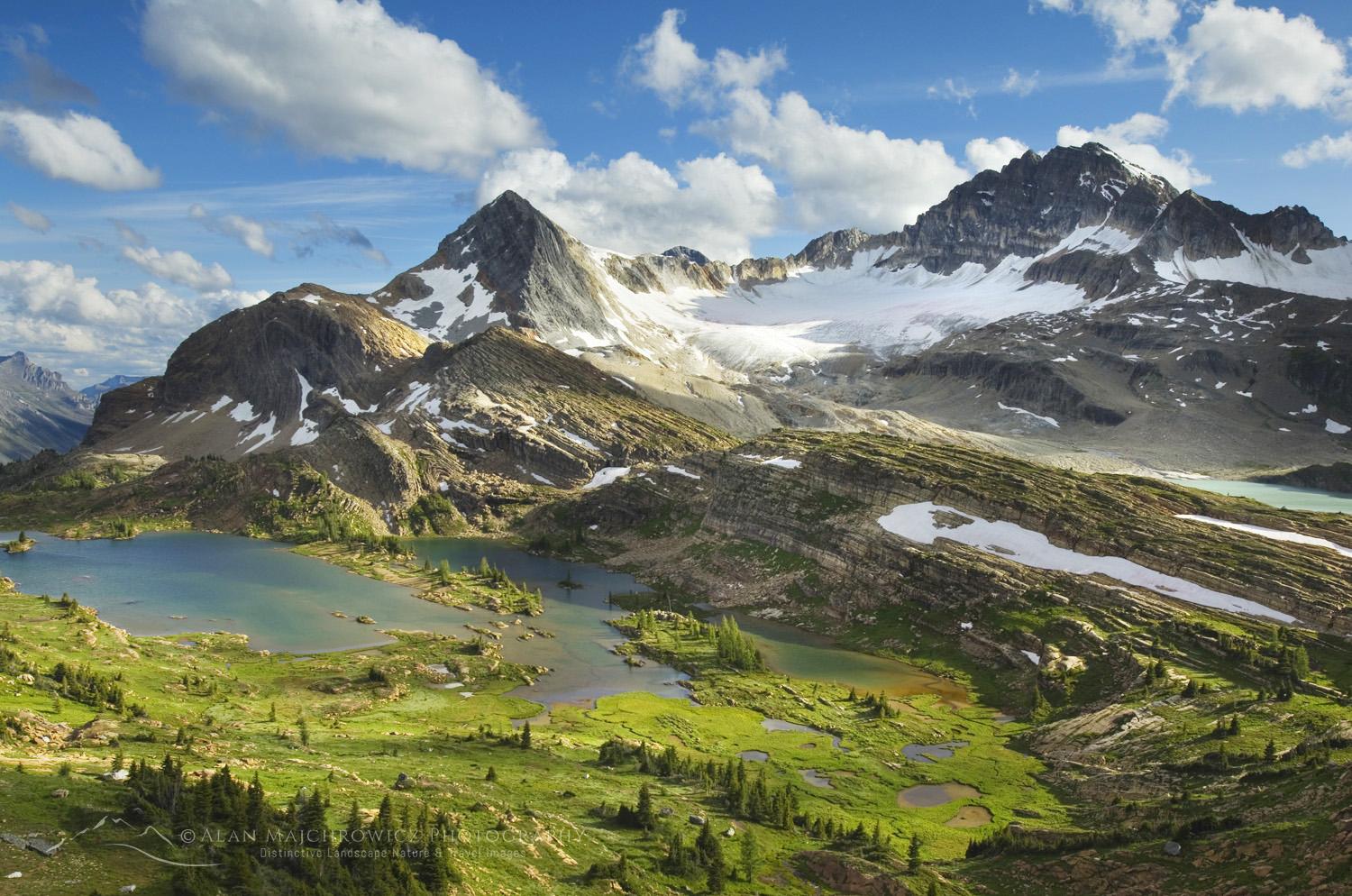 Limestone Lakes Basin. British Columbia #46109
Limestone Lakes Basin. British Columbia #46109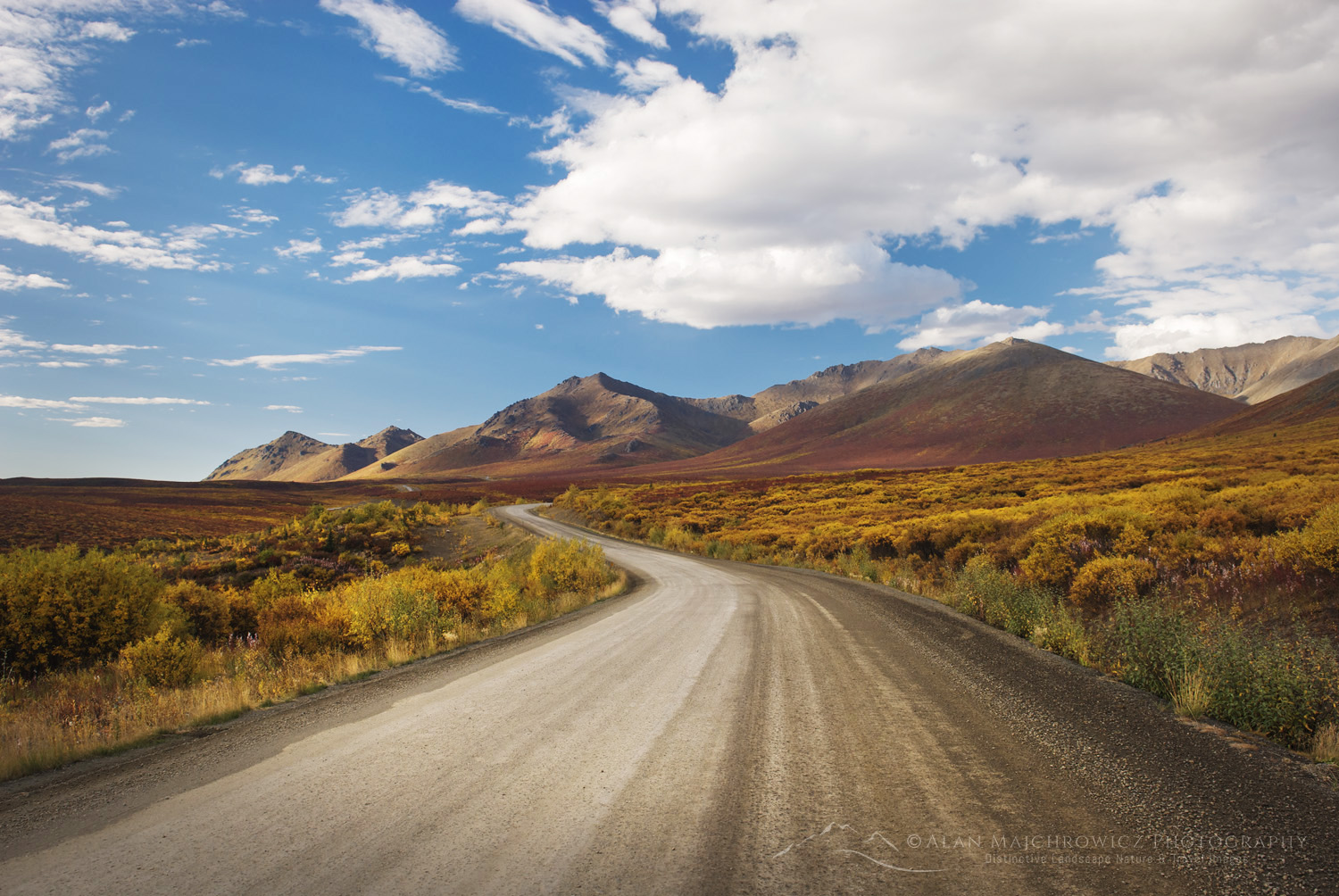 Dempster Highway, Yukon Territory #15390
Dempster Highway, Yukon Territory #15390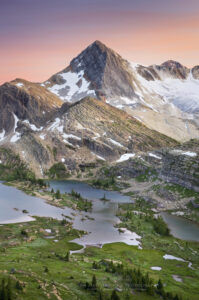 Limestone Lakes Basin. British Columbia #46245
Limestone Lakes Basin. British Columbia #46245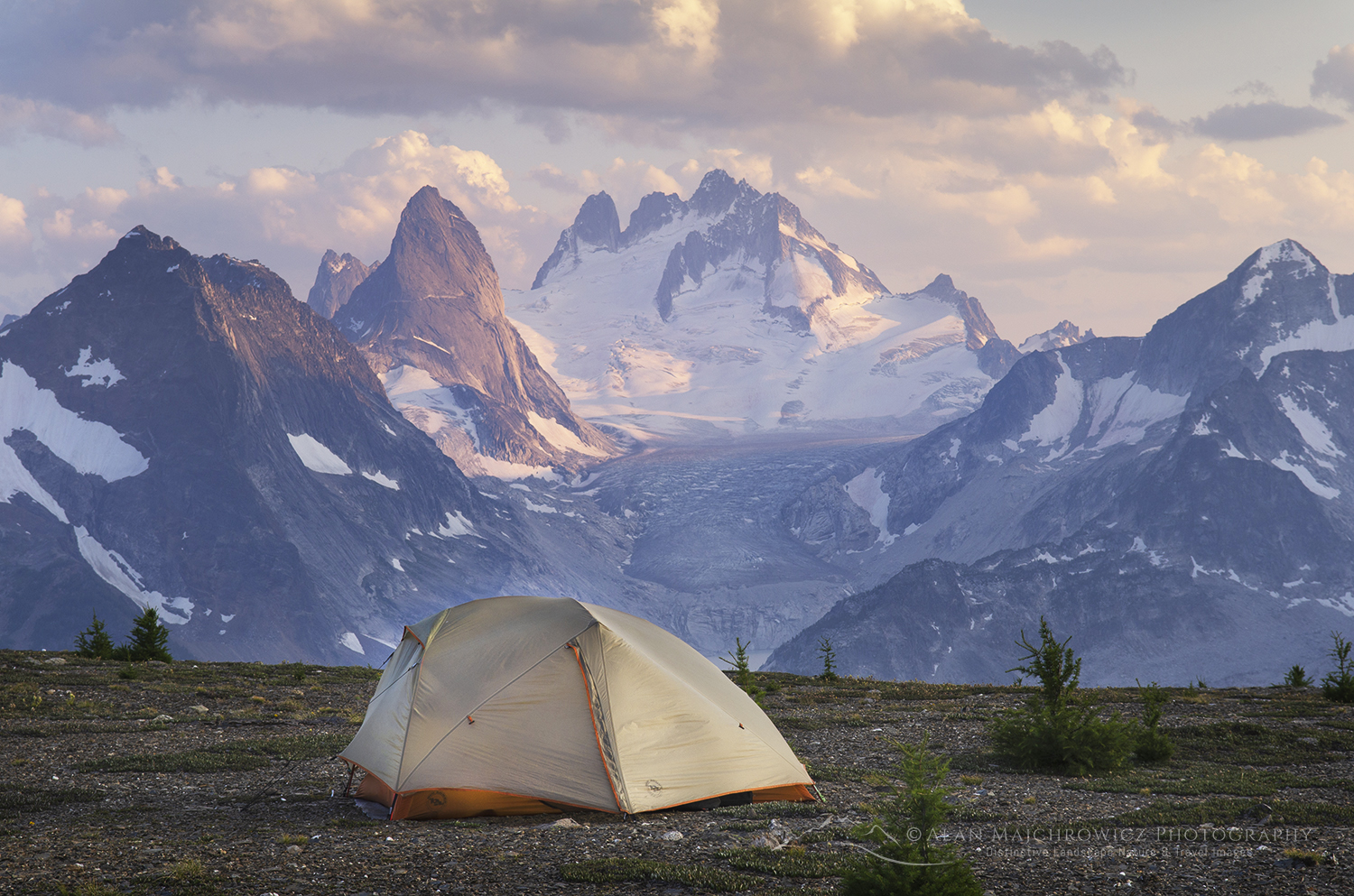 Bugaboos, British Columbia #62962
Bugaboos, British Columbia #62962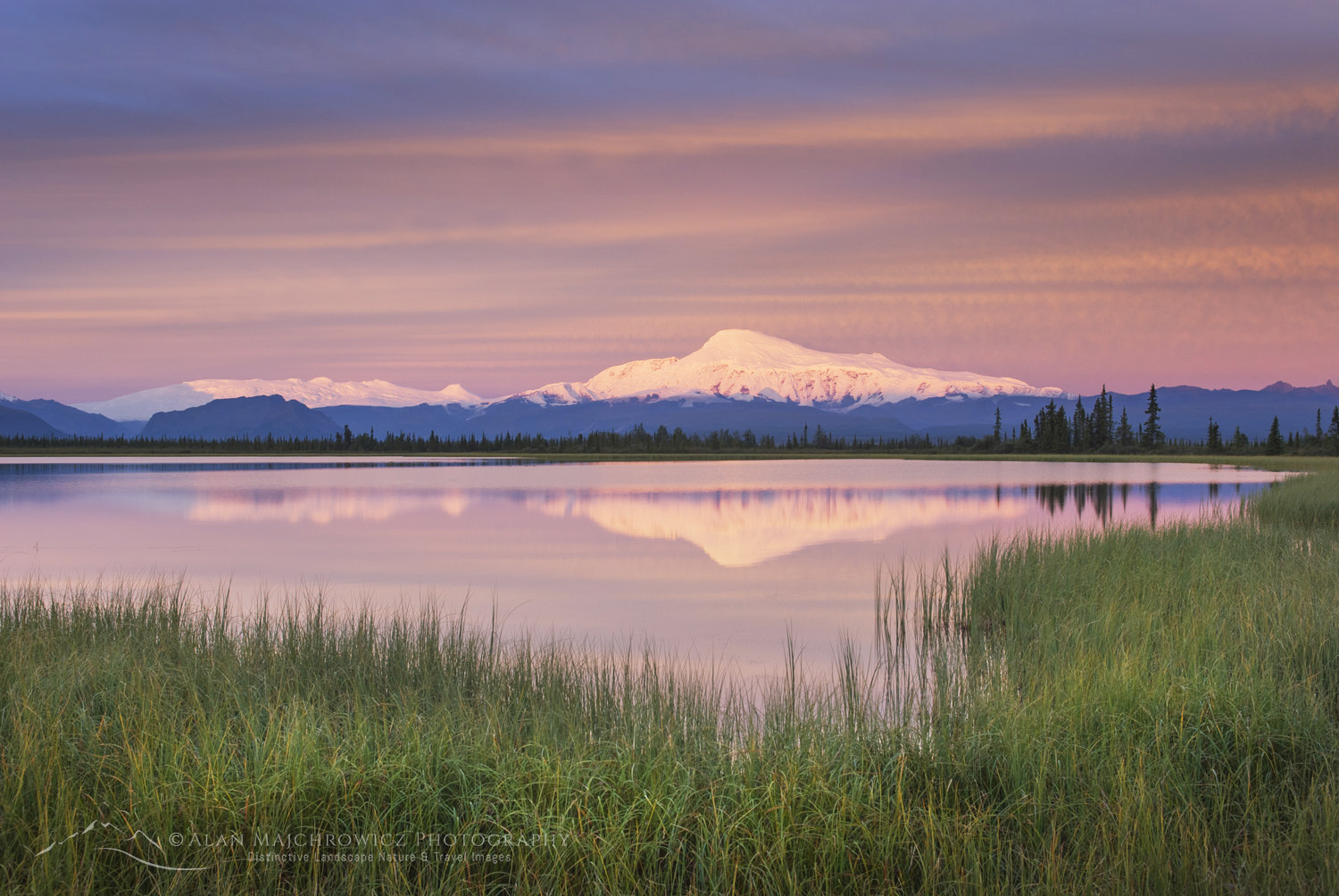 Mount Sanford, Wrangell St.-Elias National Park #14339
Mount Sanford, Wrangell St.-Elias National Park #14339 Tombstone Territorial Park #15190
Tombstone Territorial Park #15190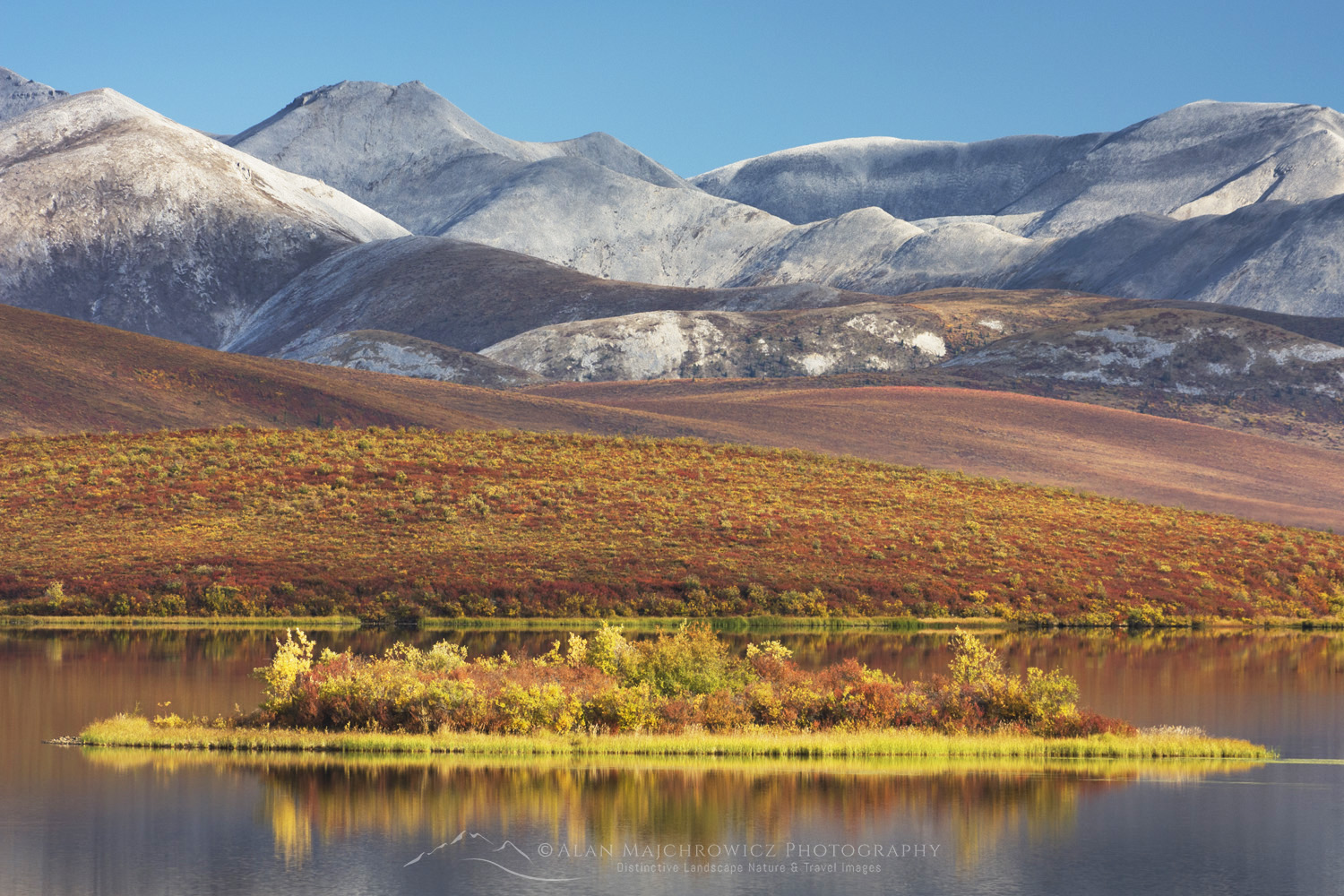 Ogilvie Mountains Yukon Territory #15390
Ogilvie Mountains Yukon Territory #15390




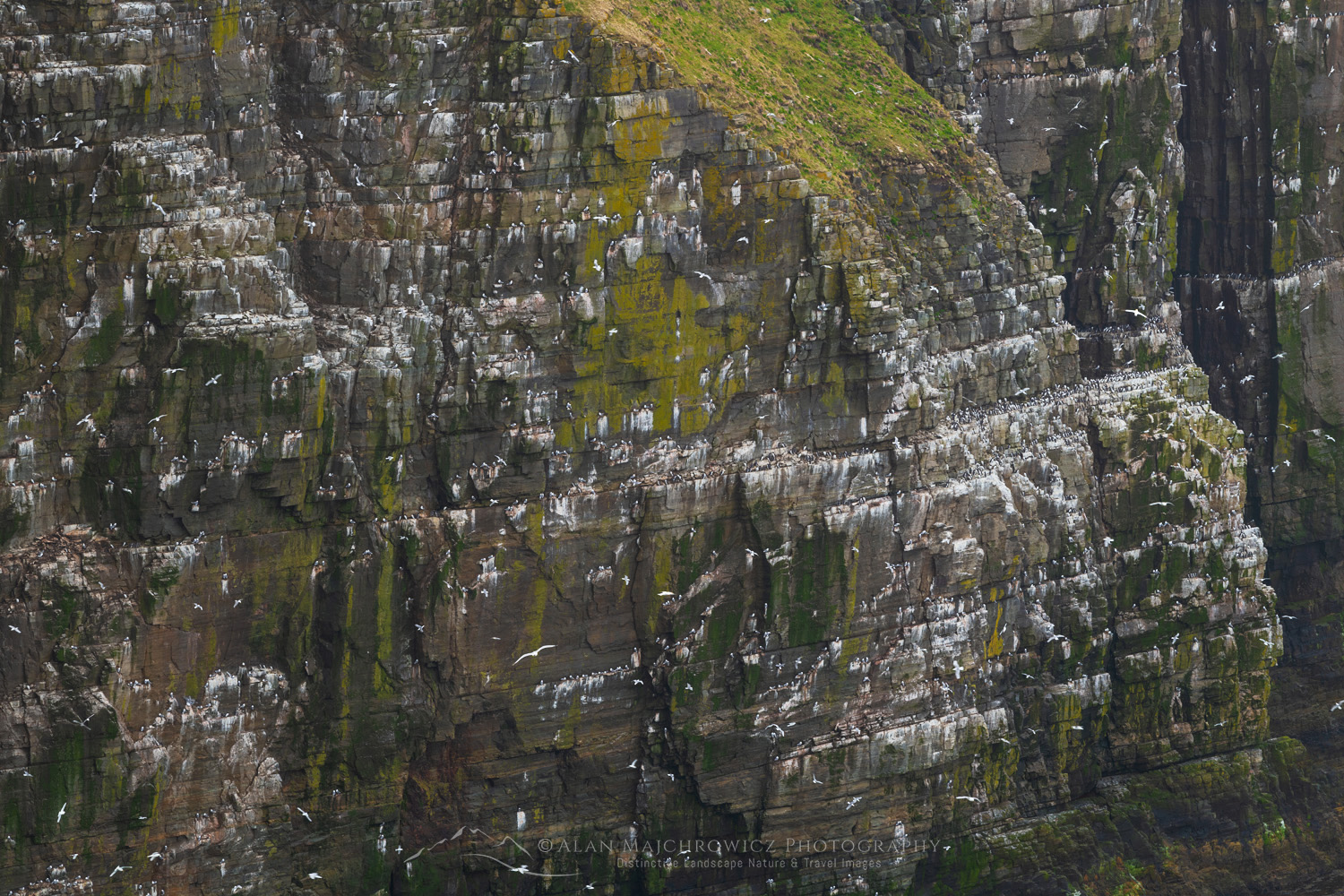

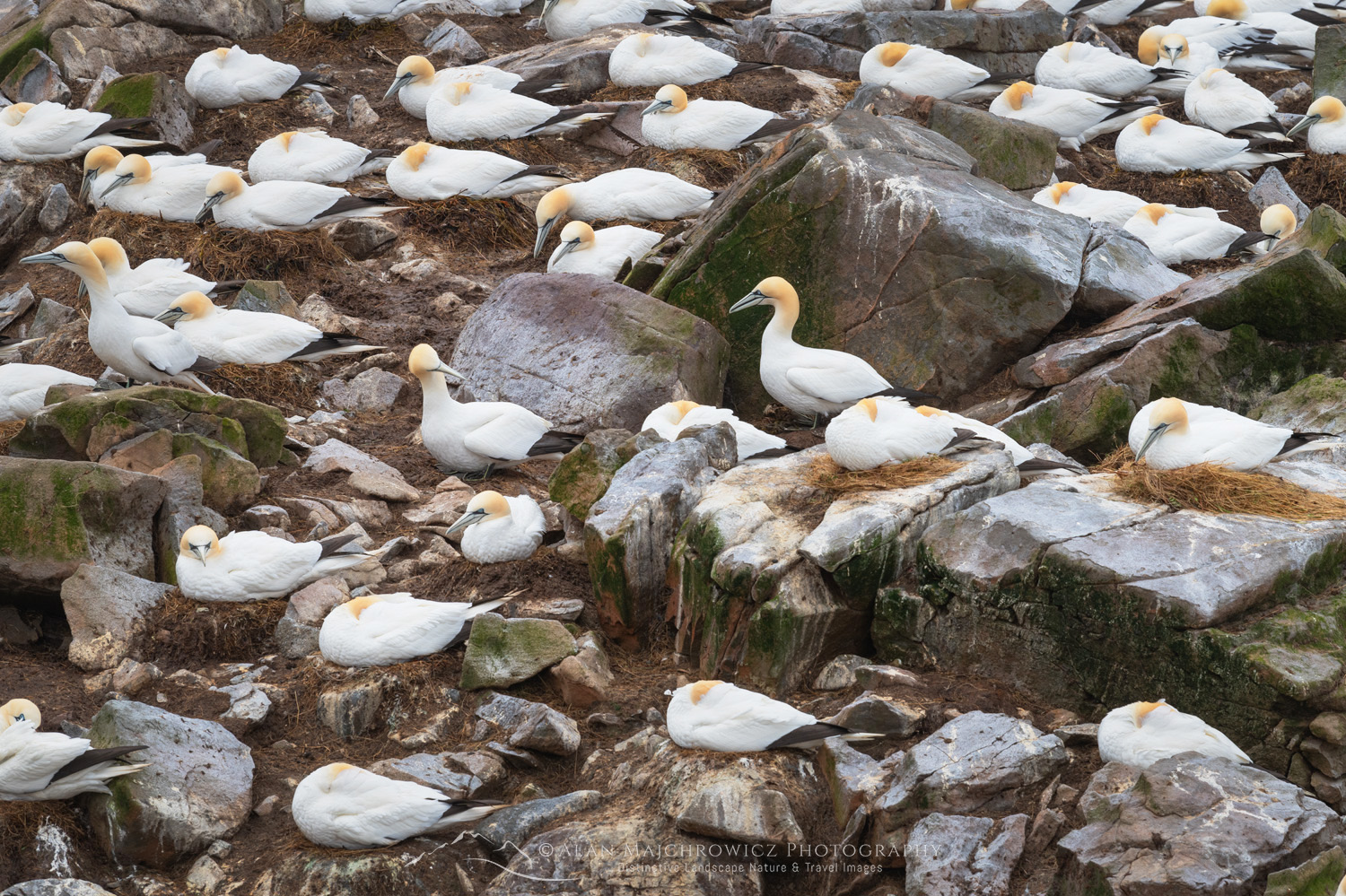

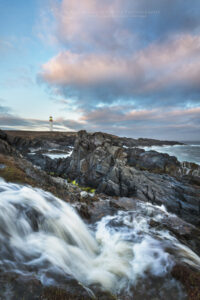


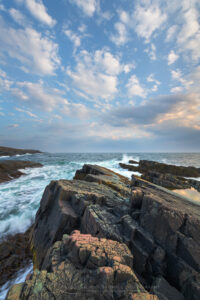

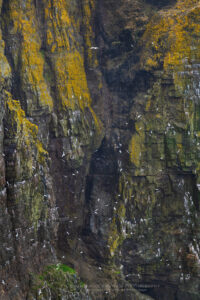

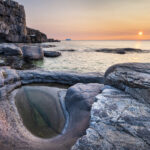

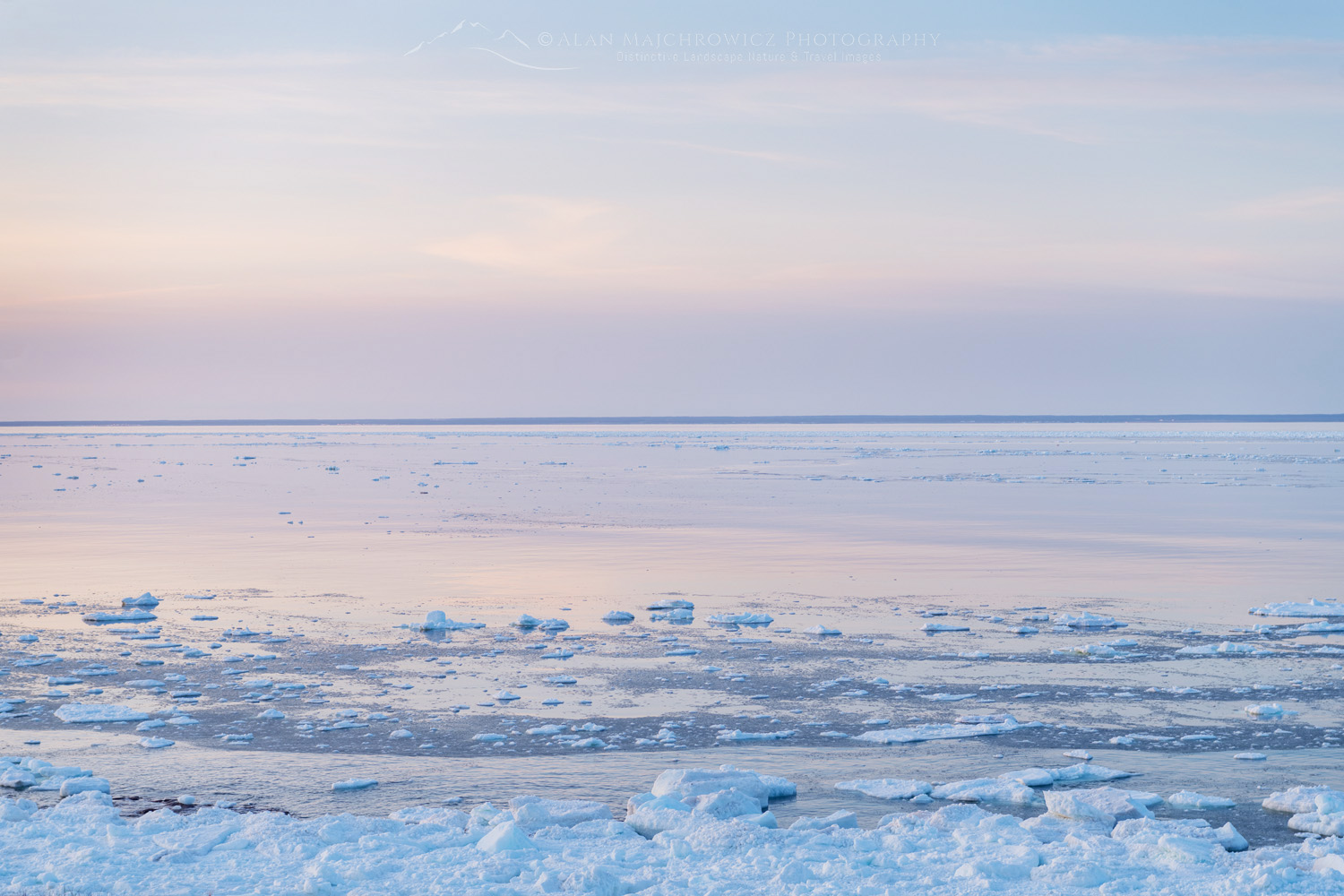

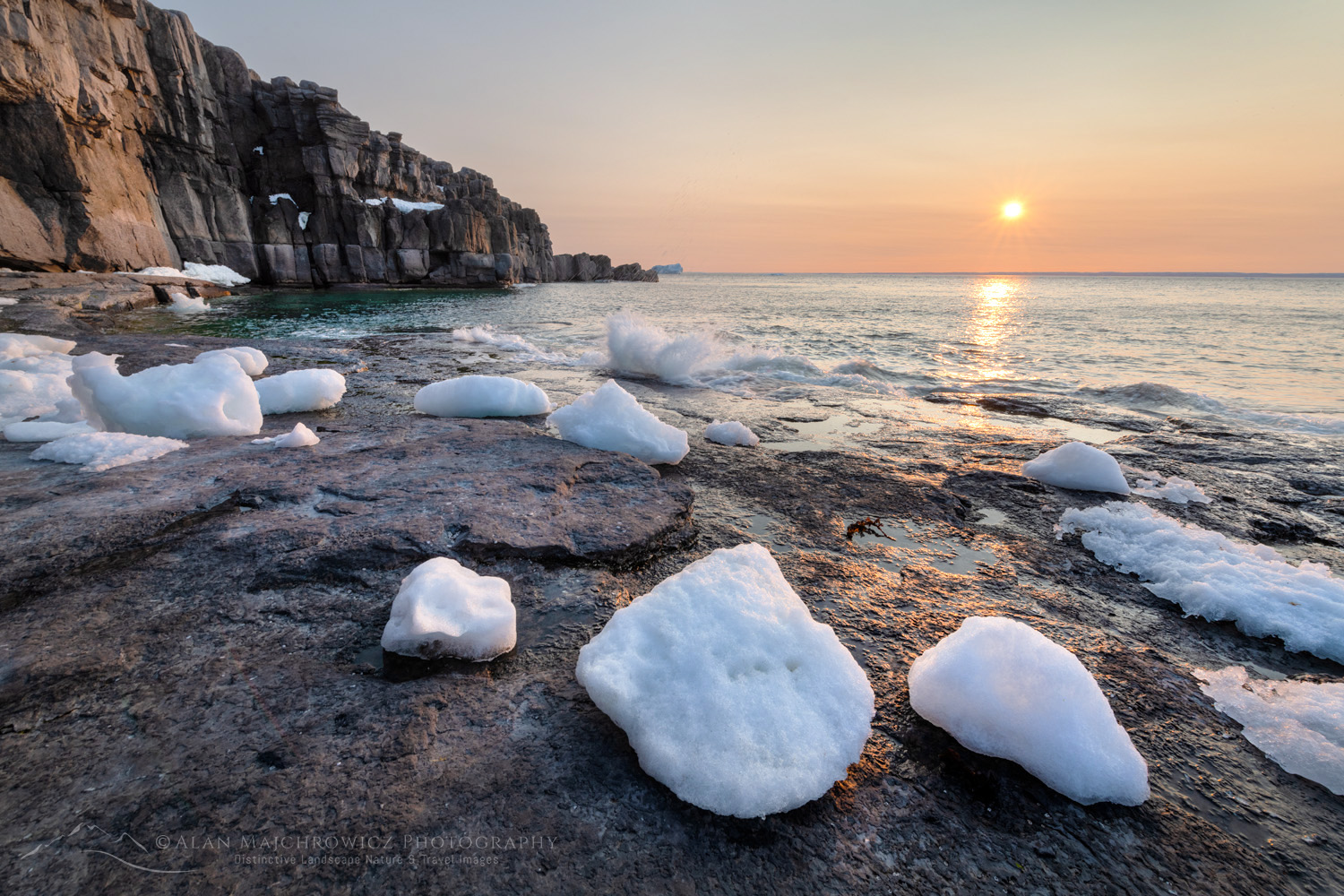
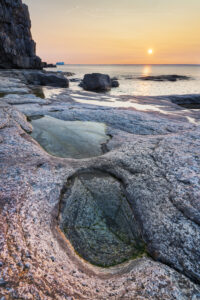
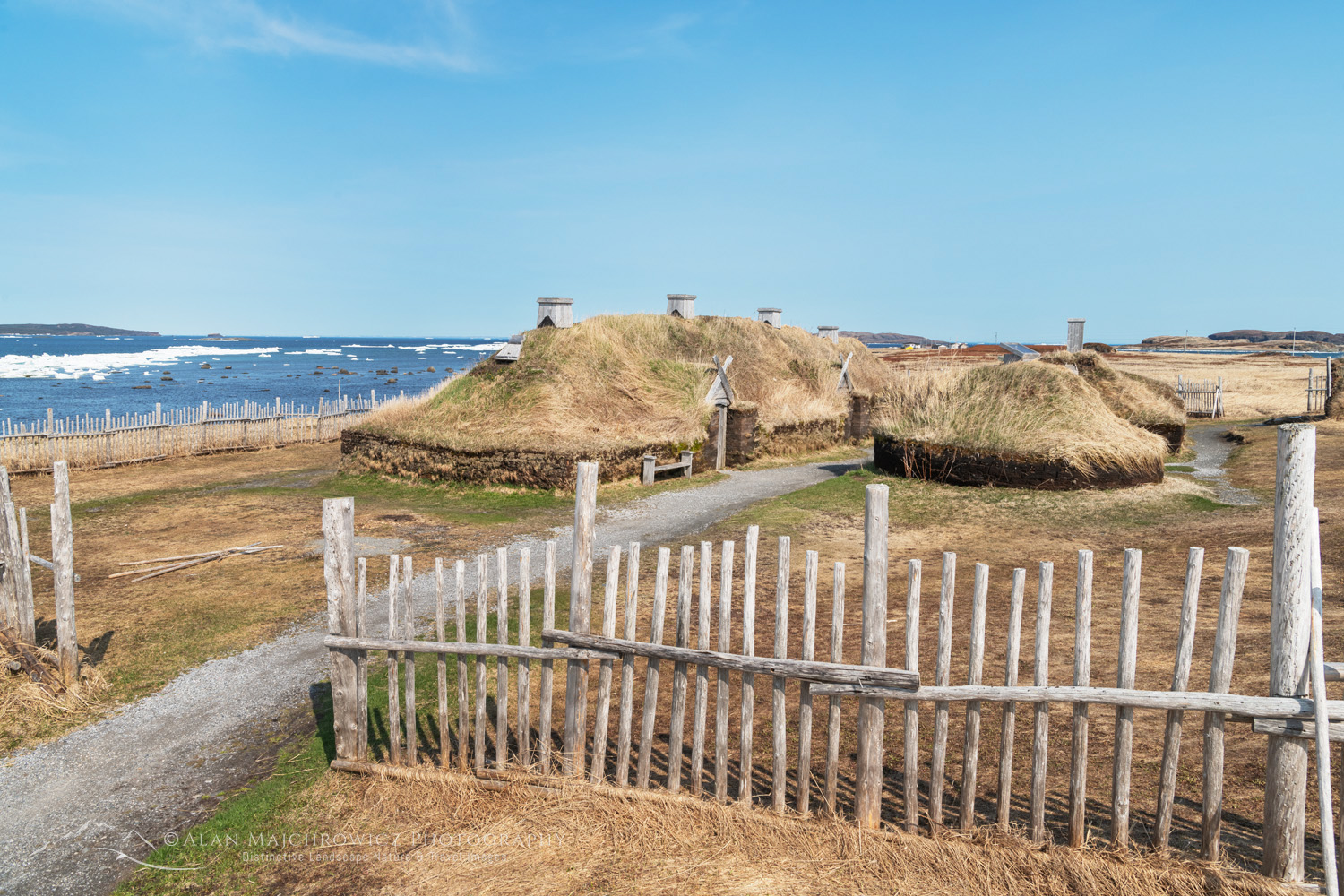
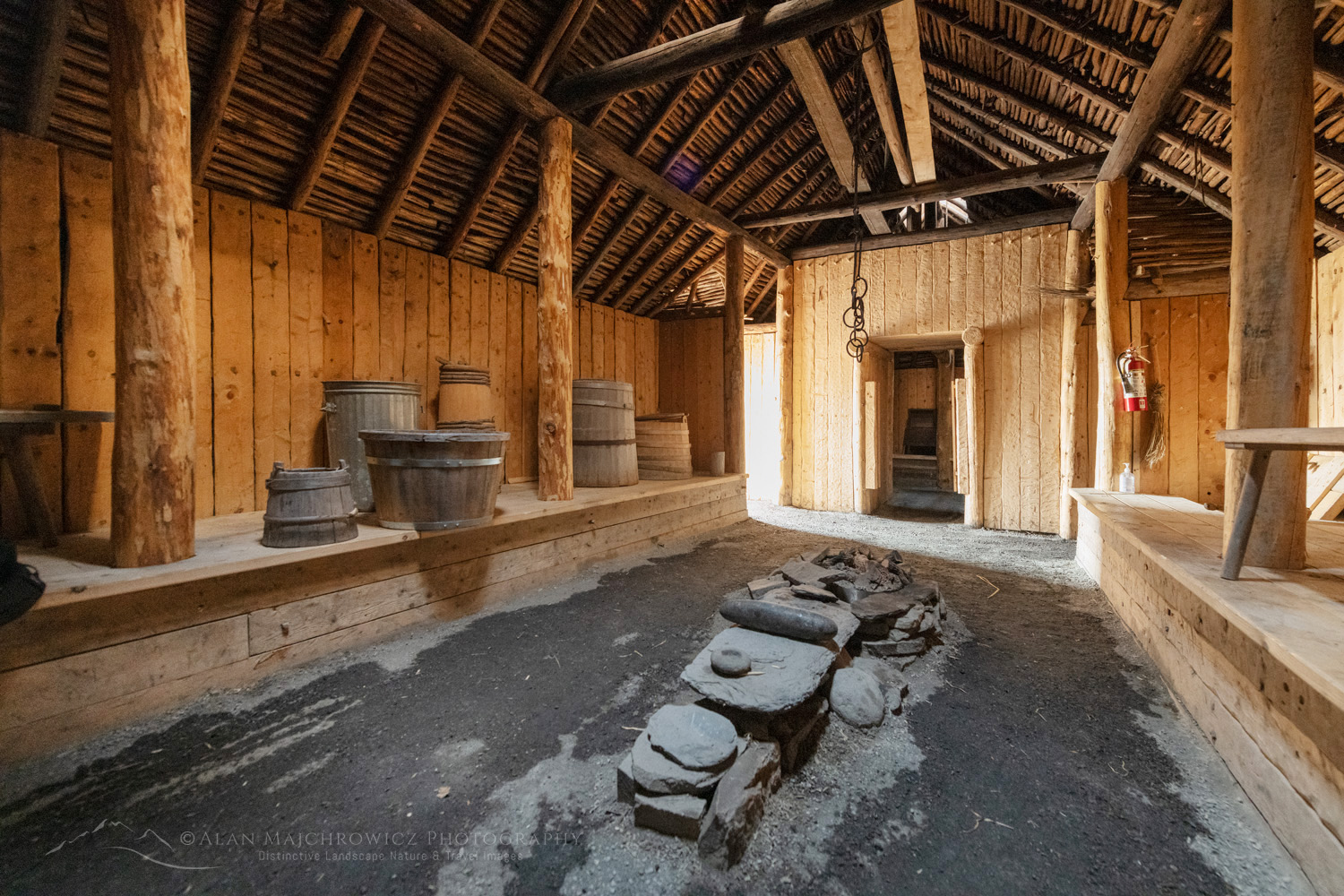
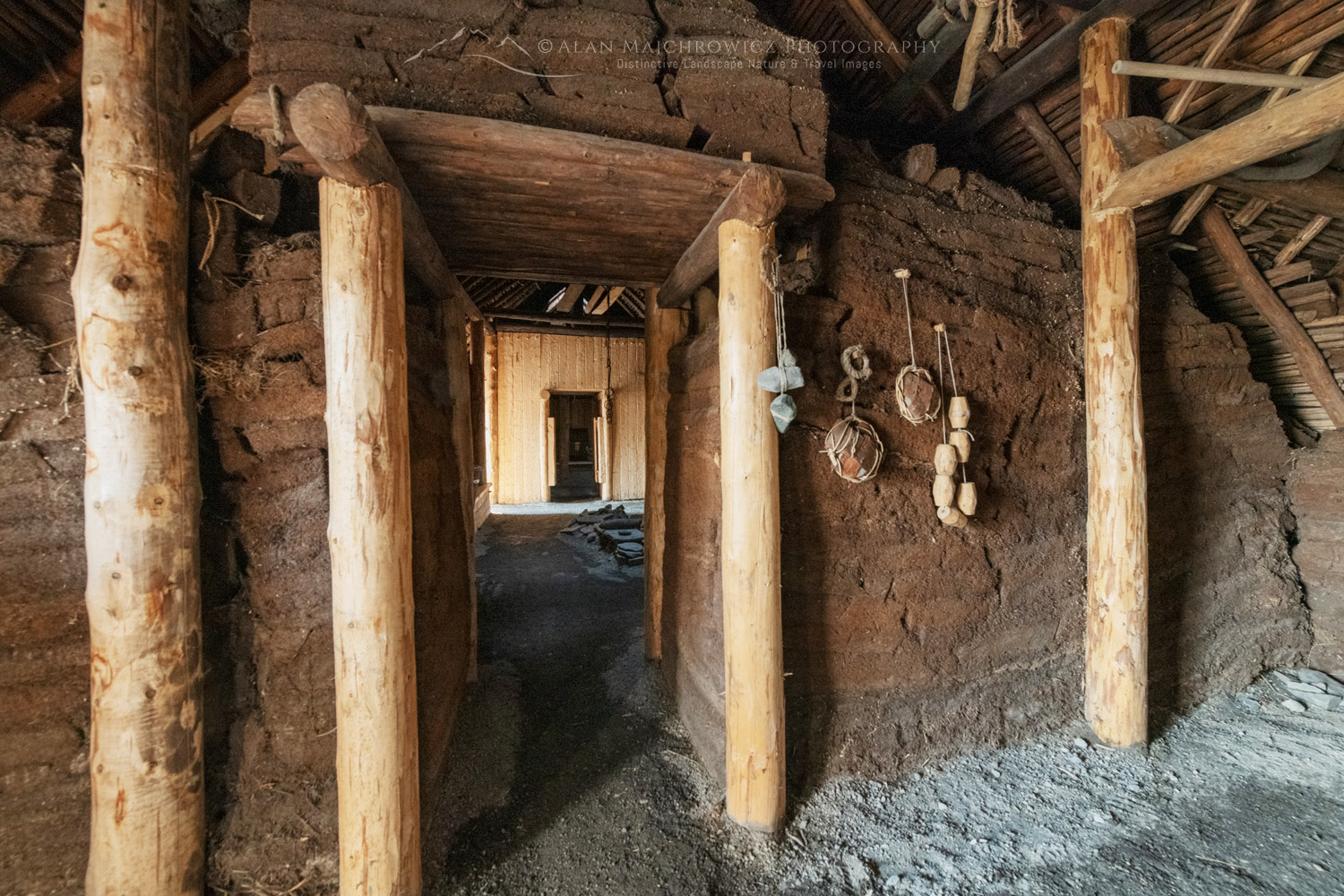
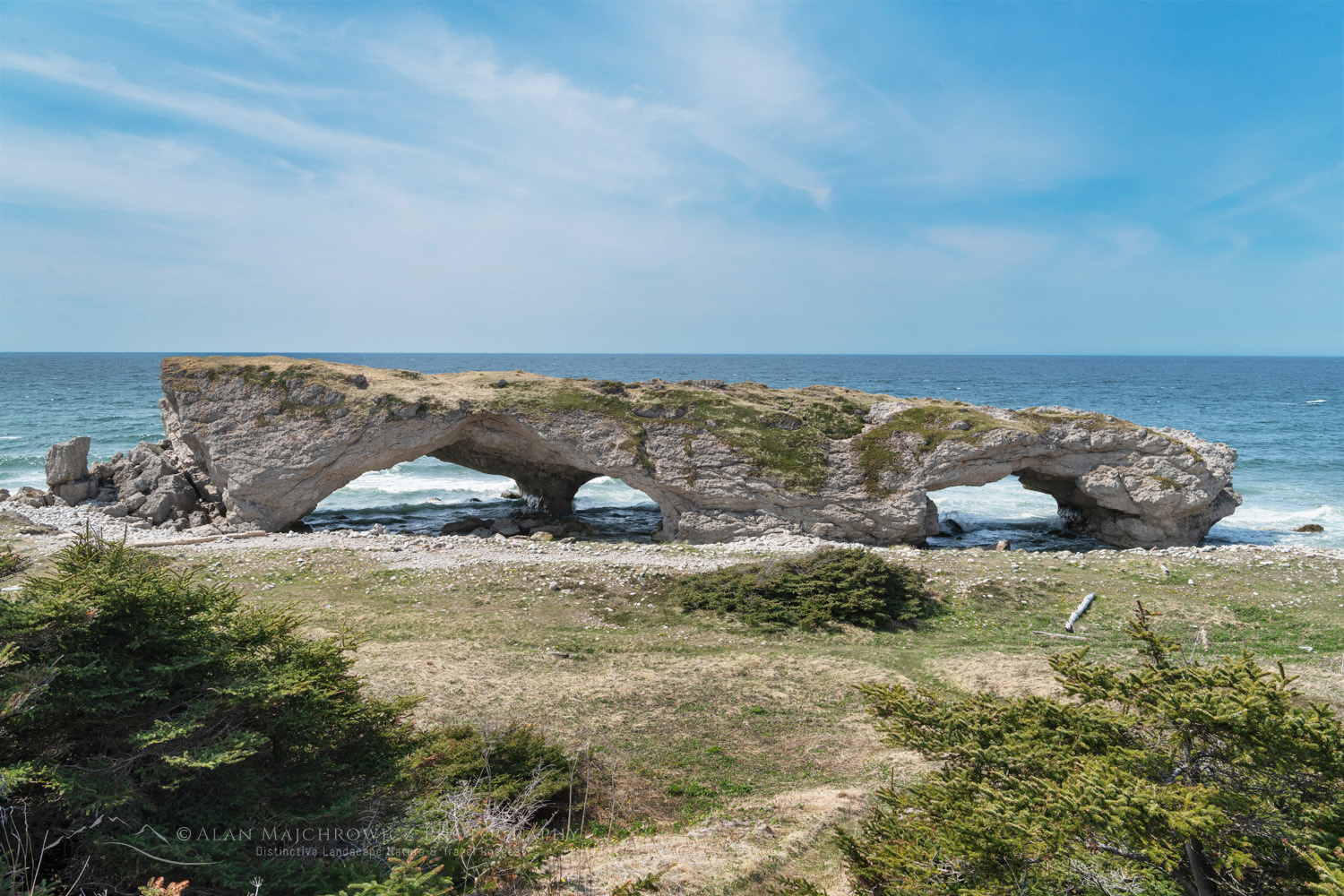
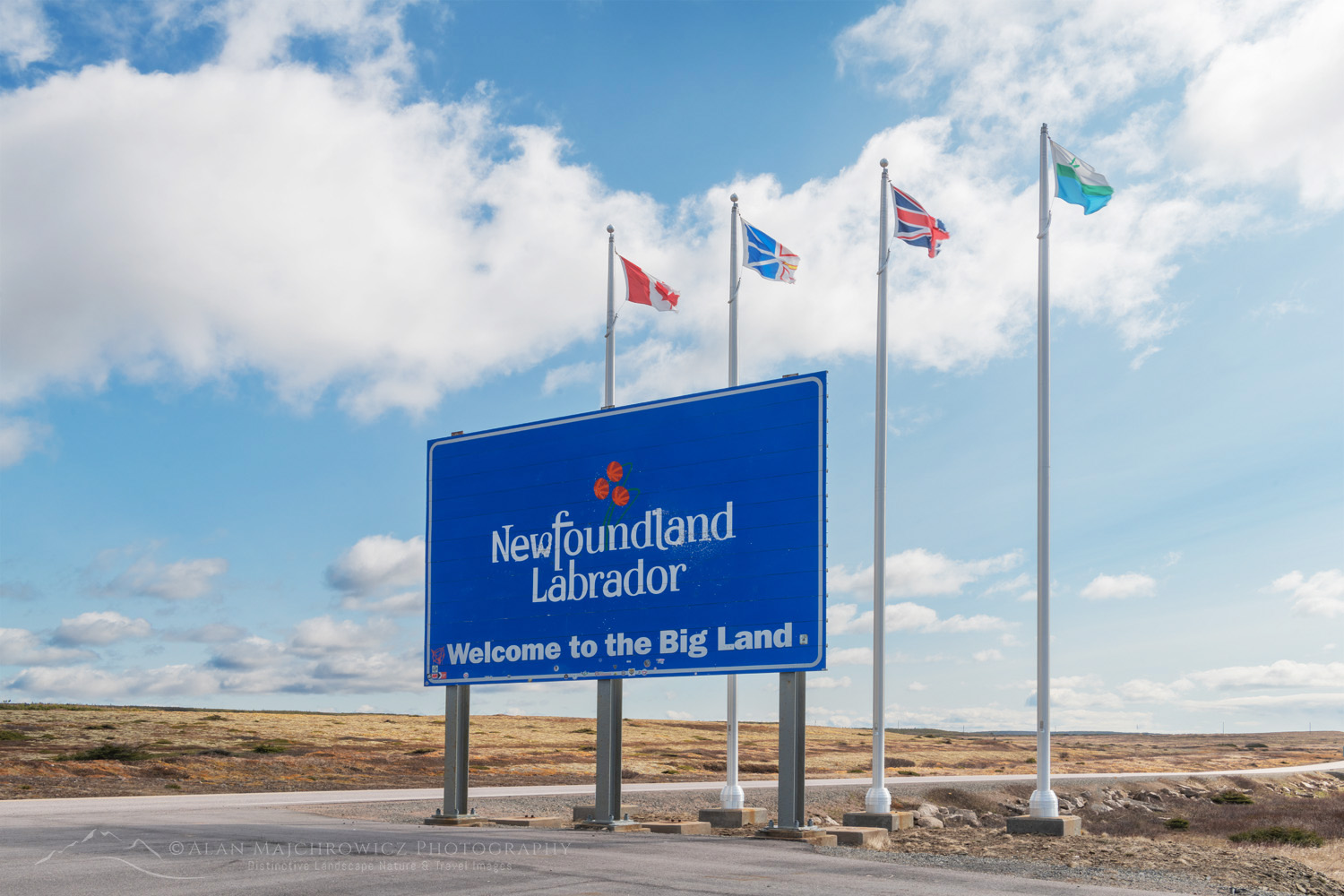

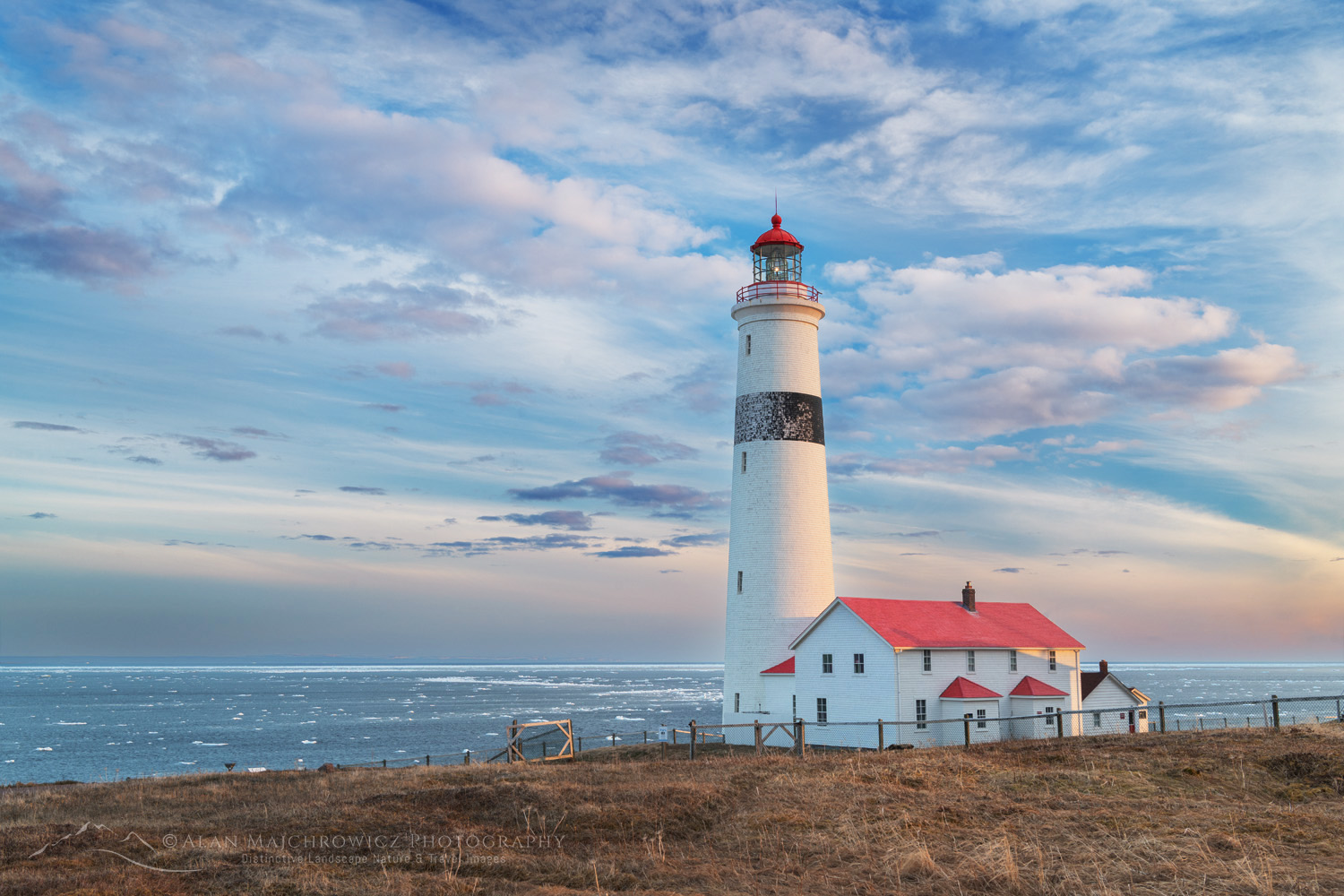

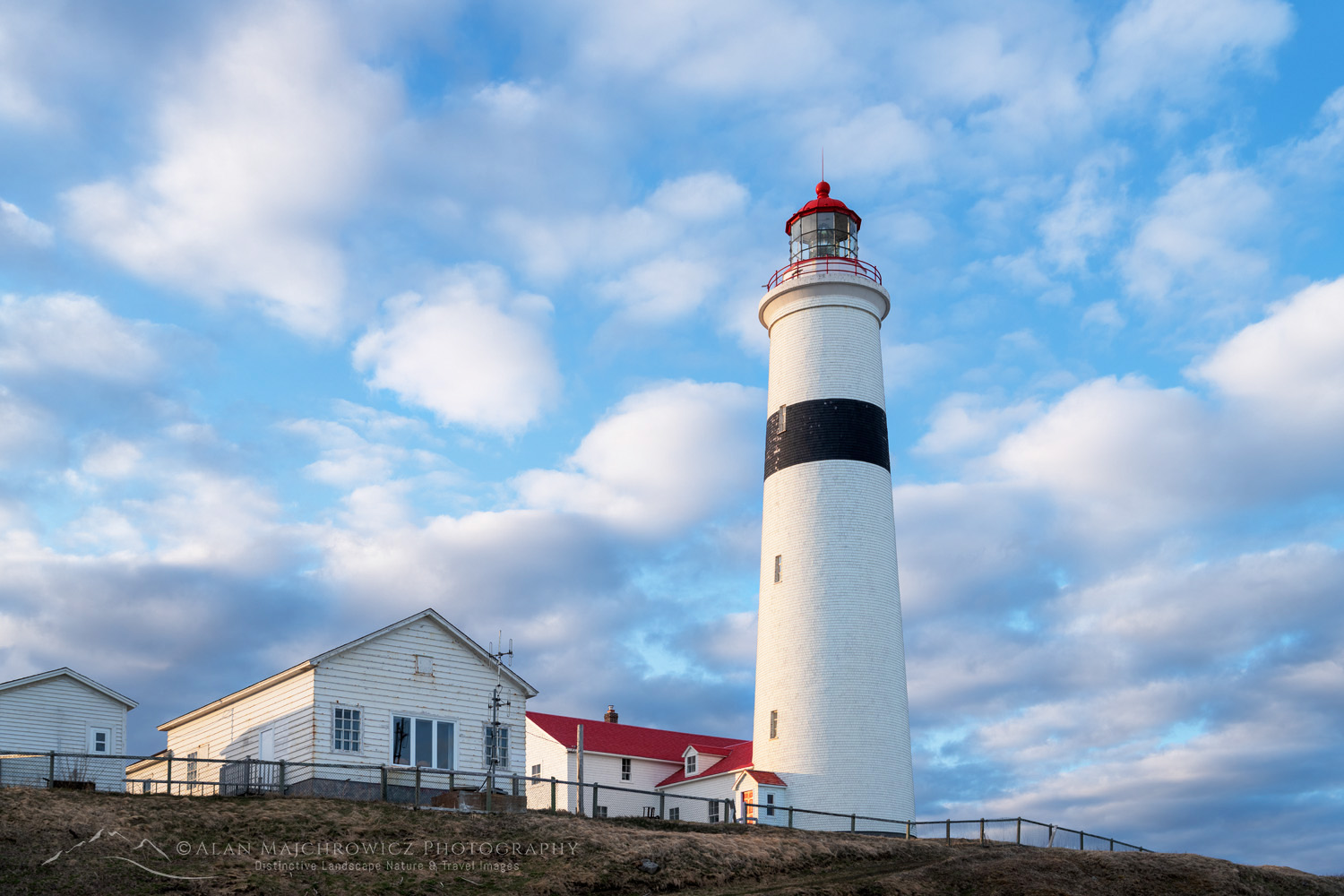

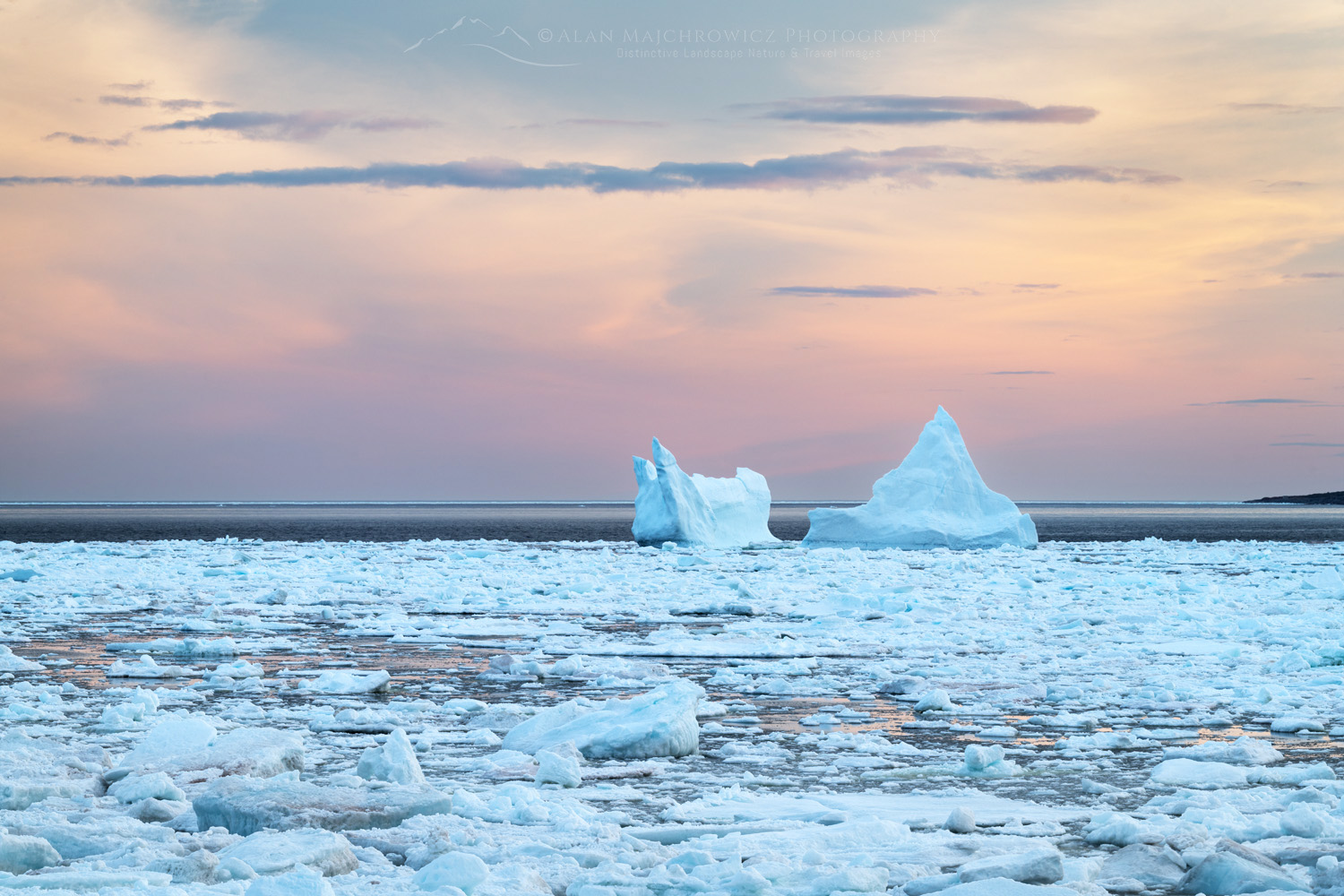
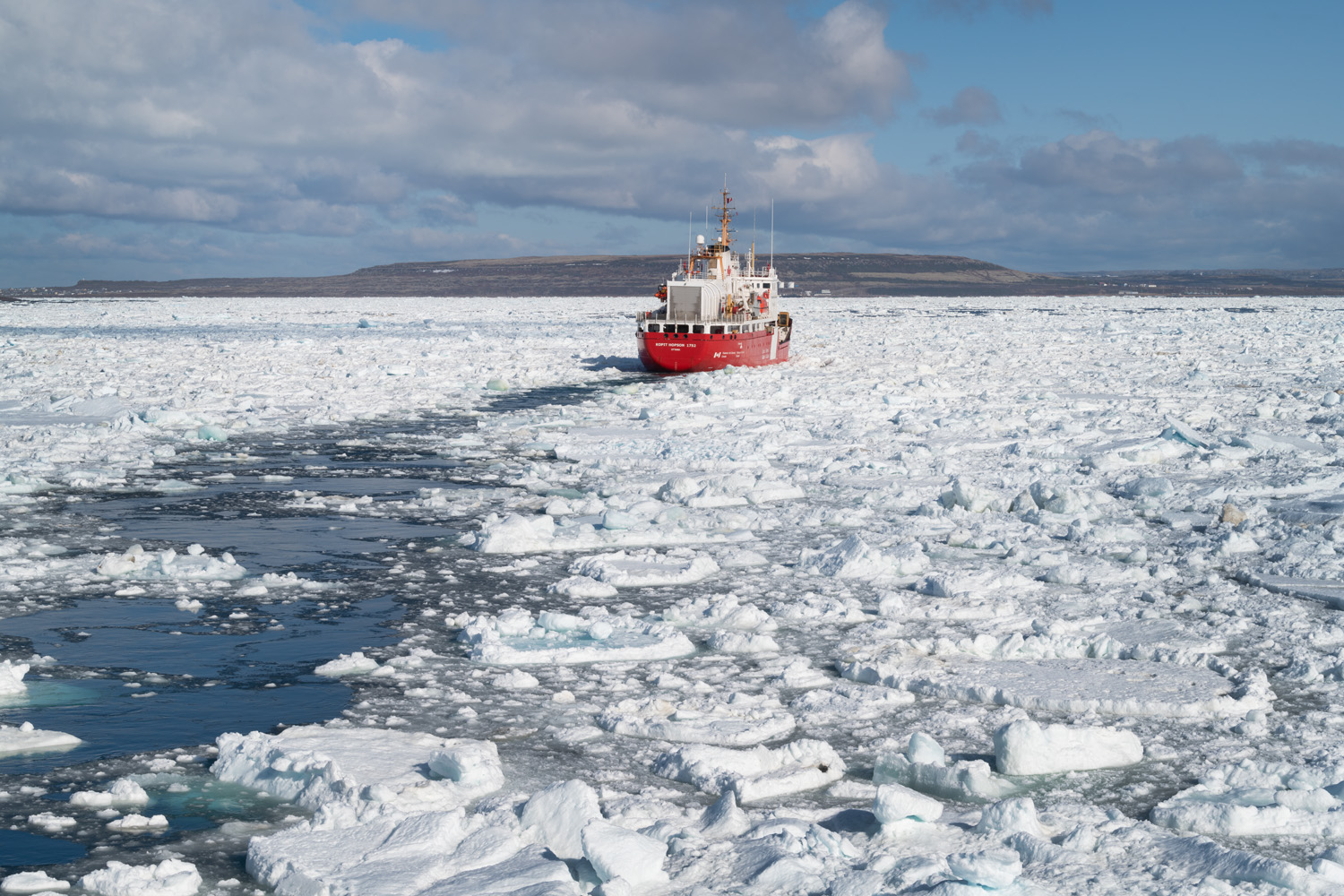
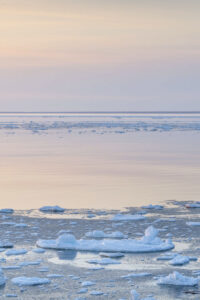
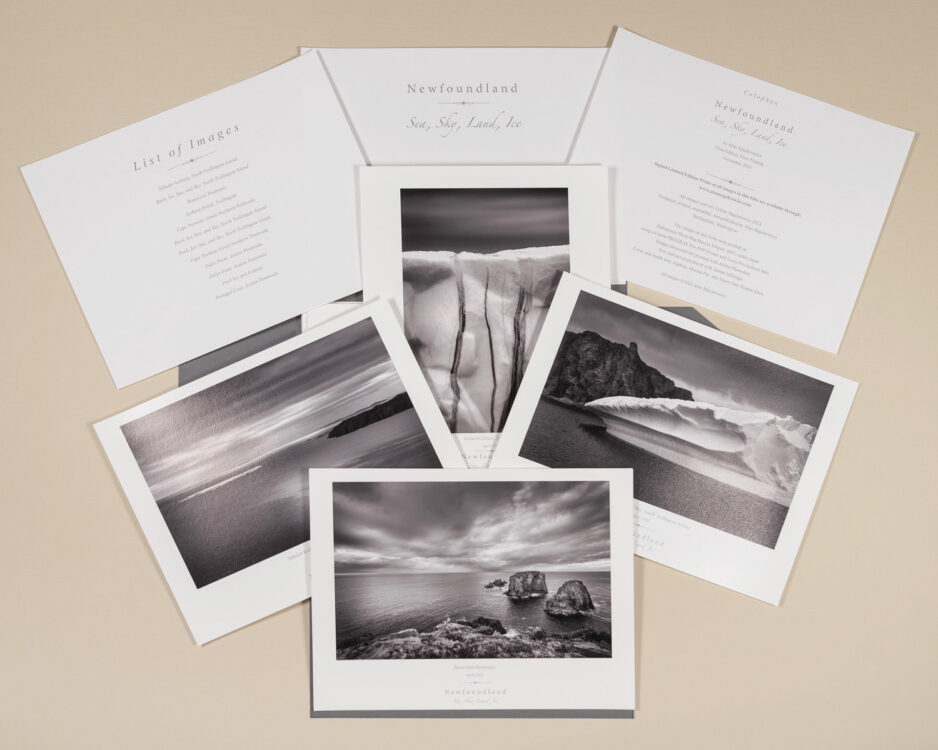
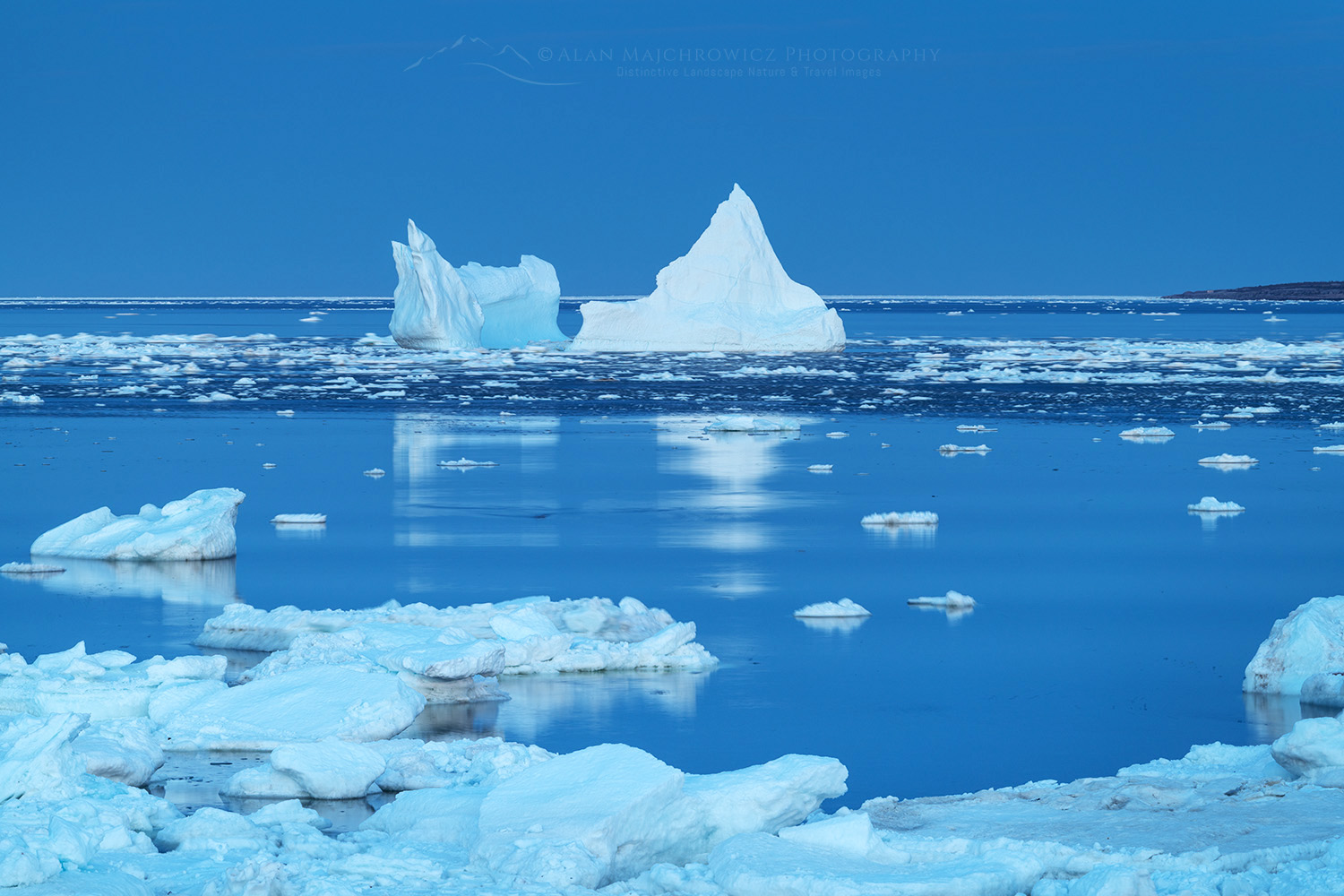
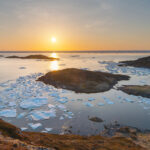
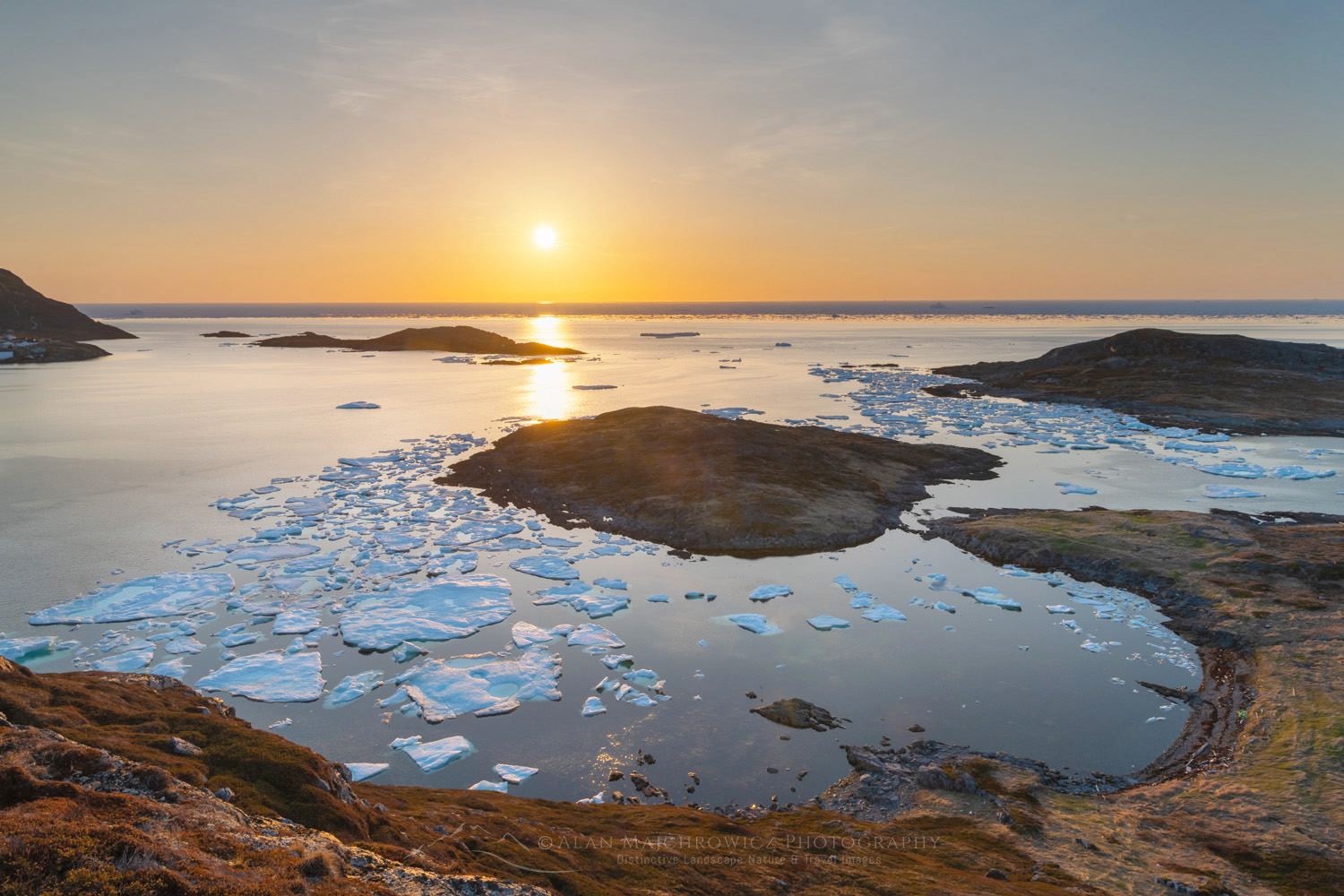
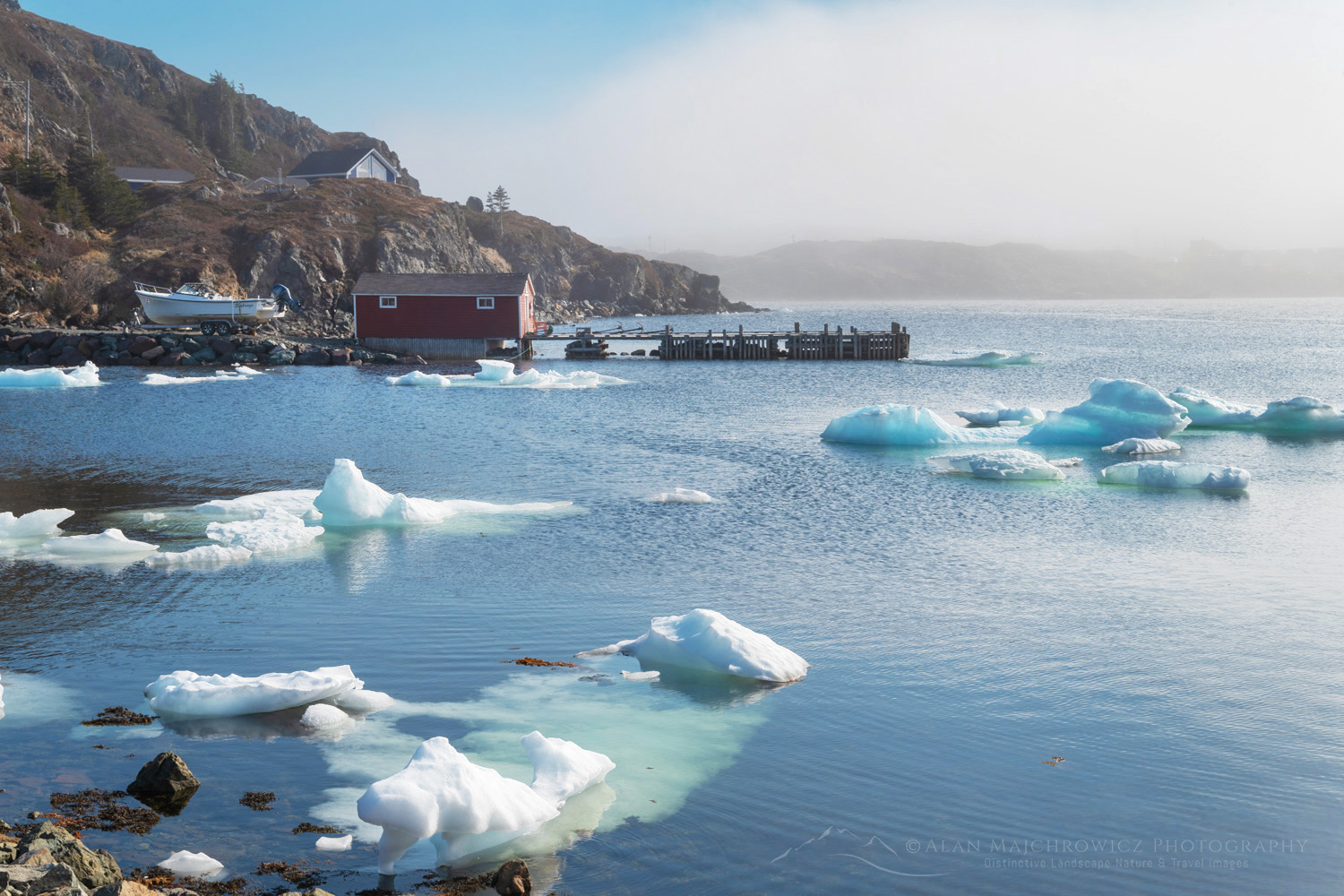

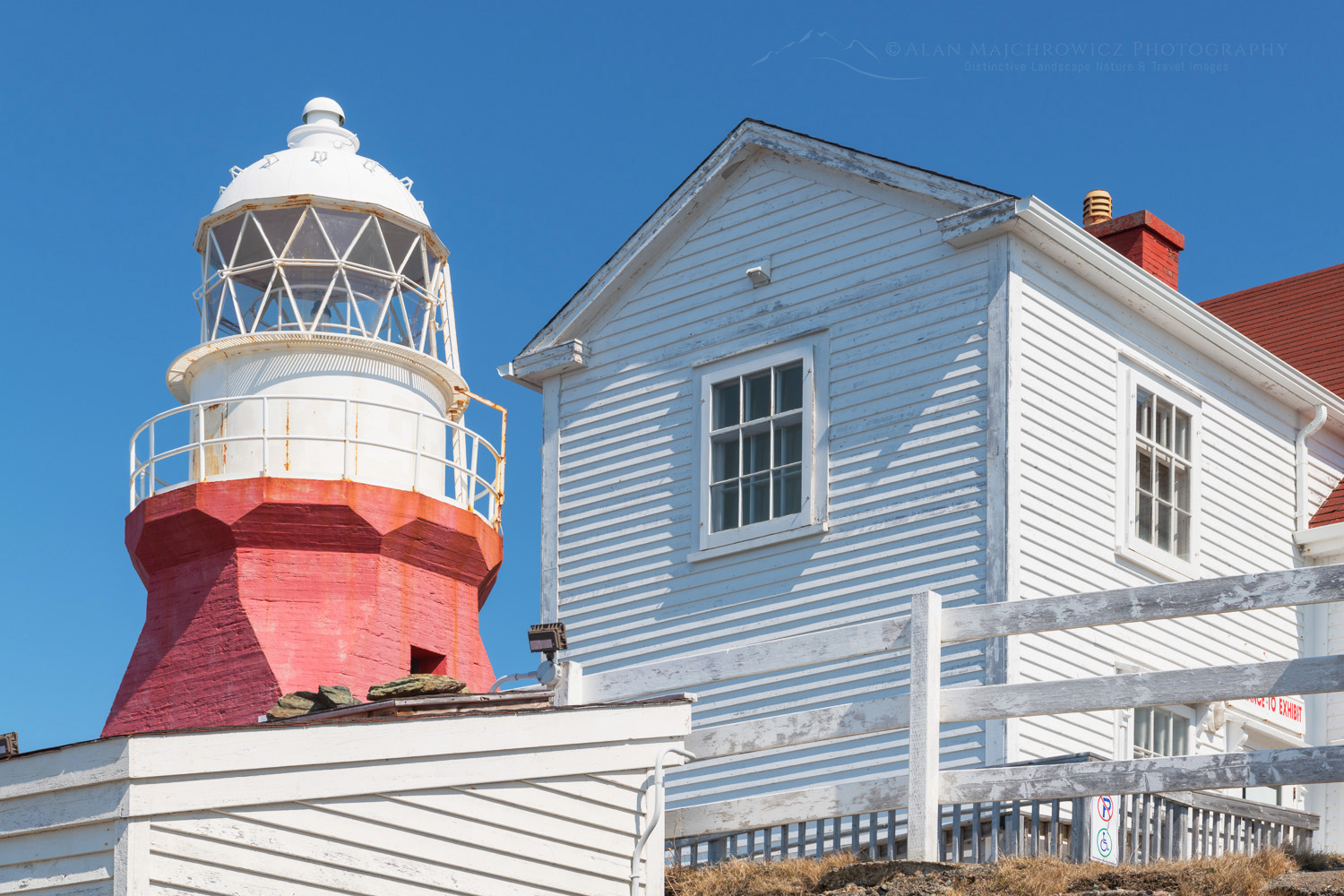
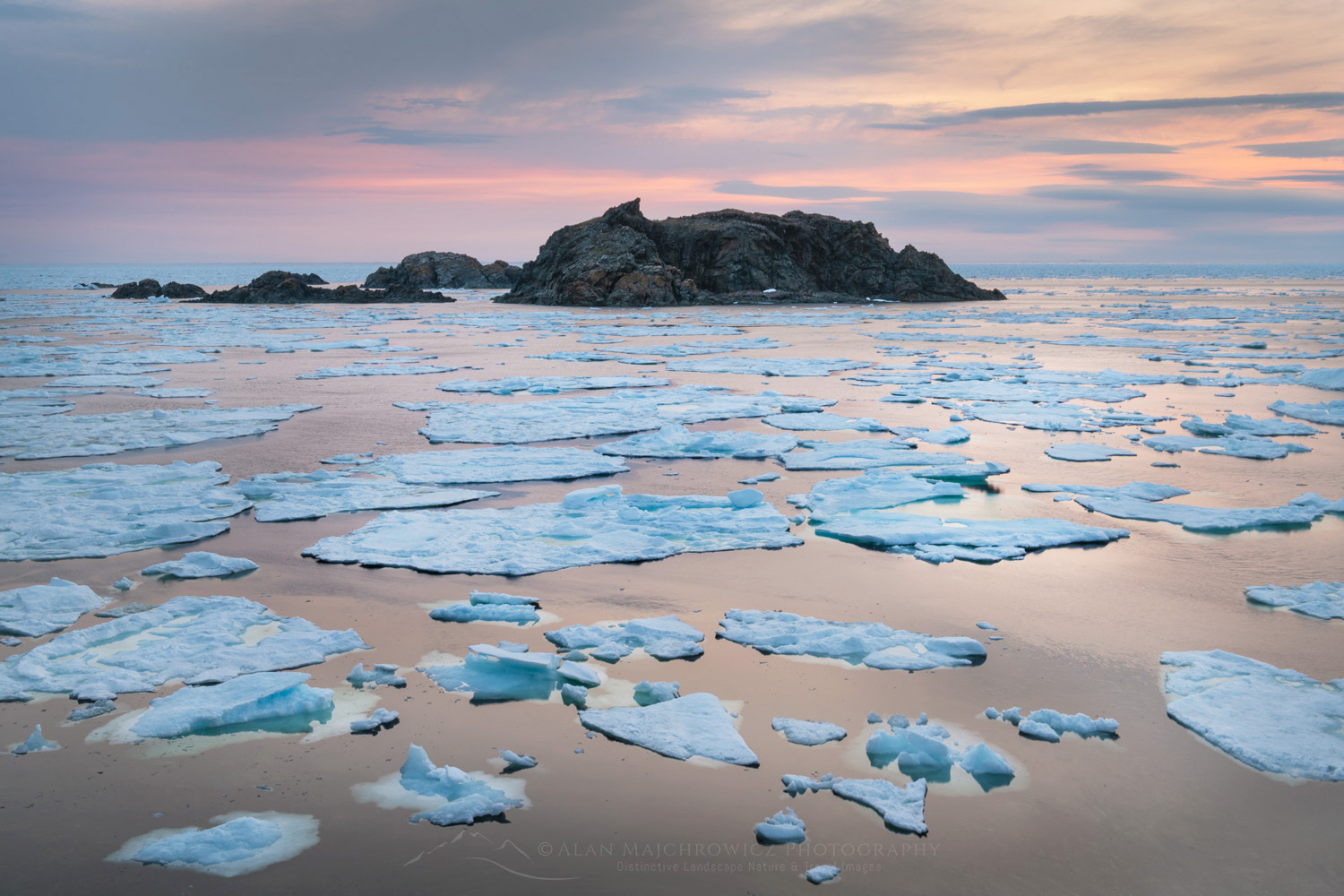
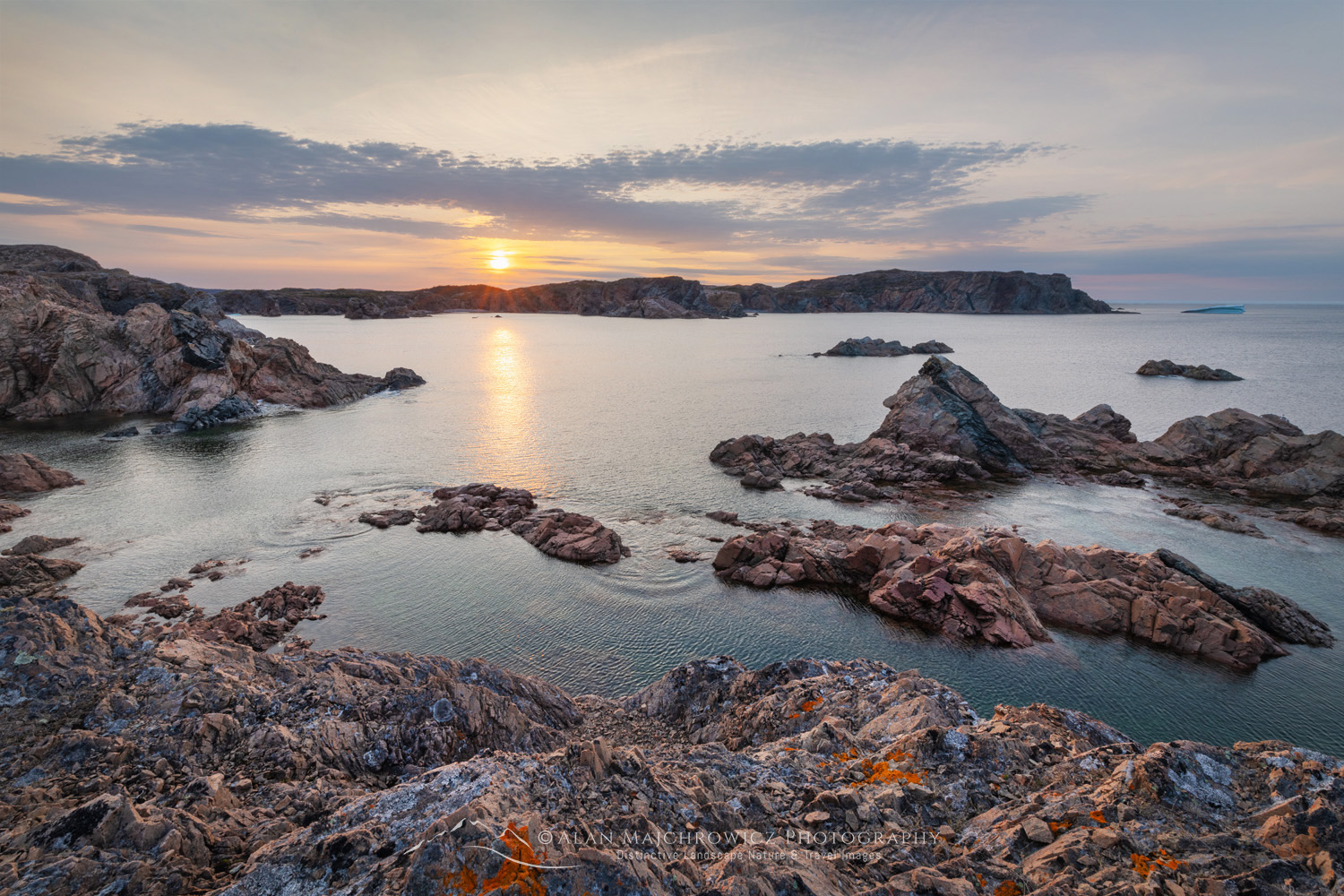
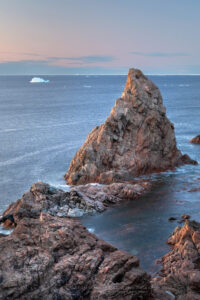


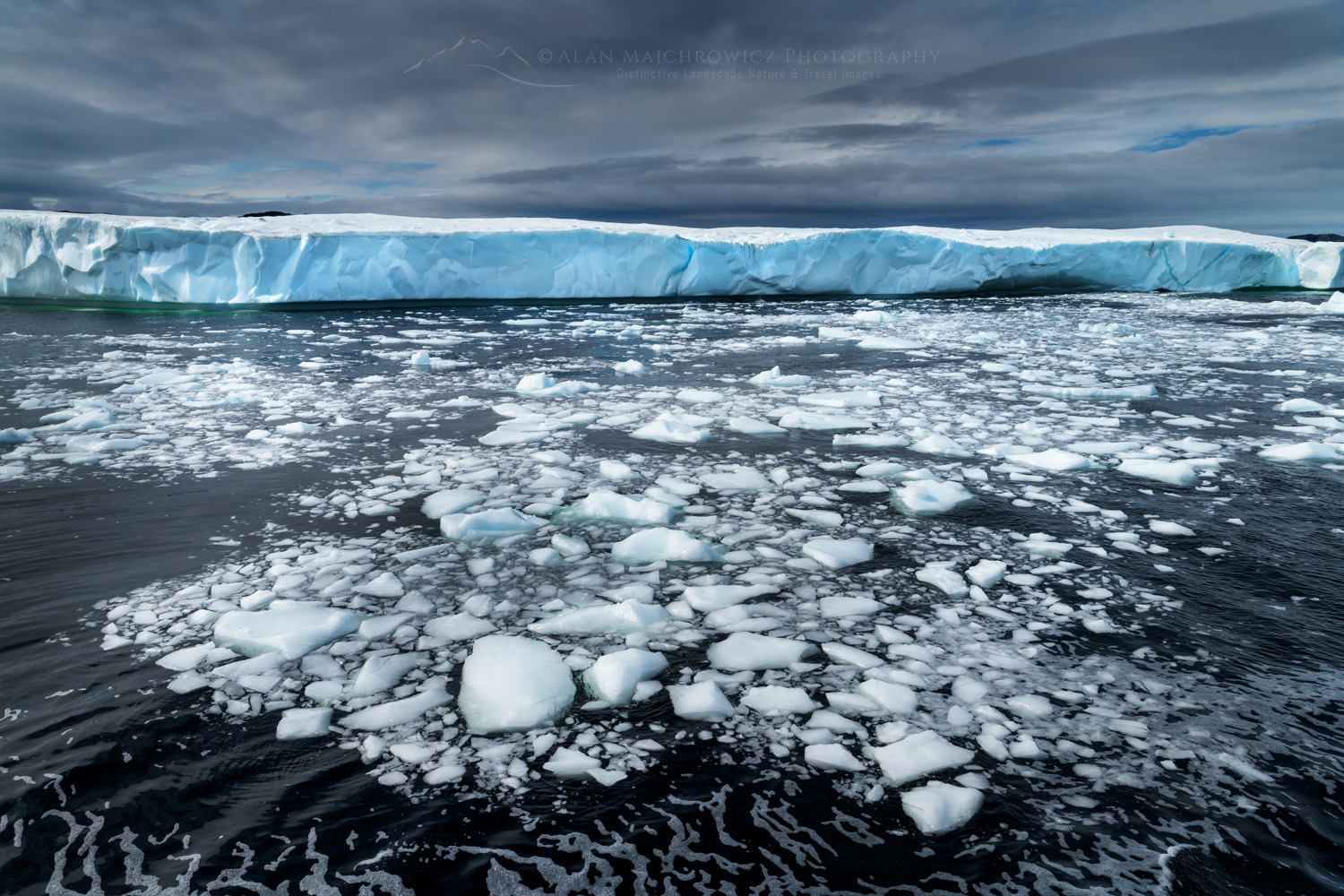

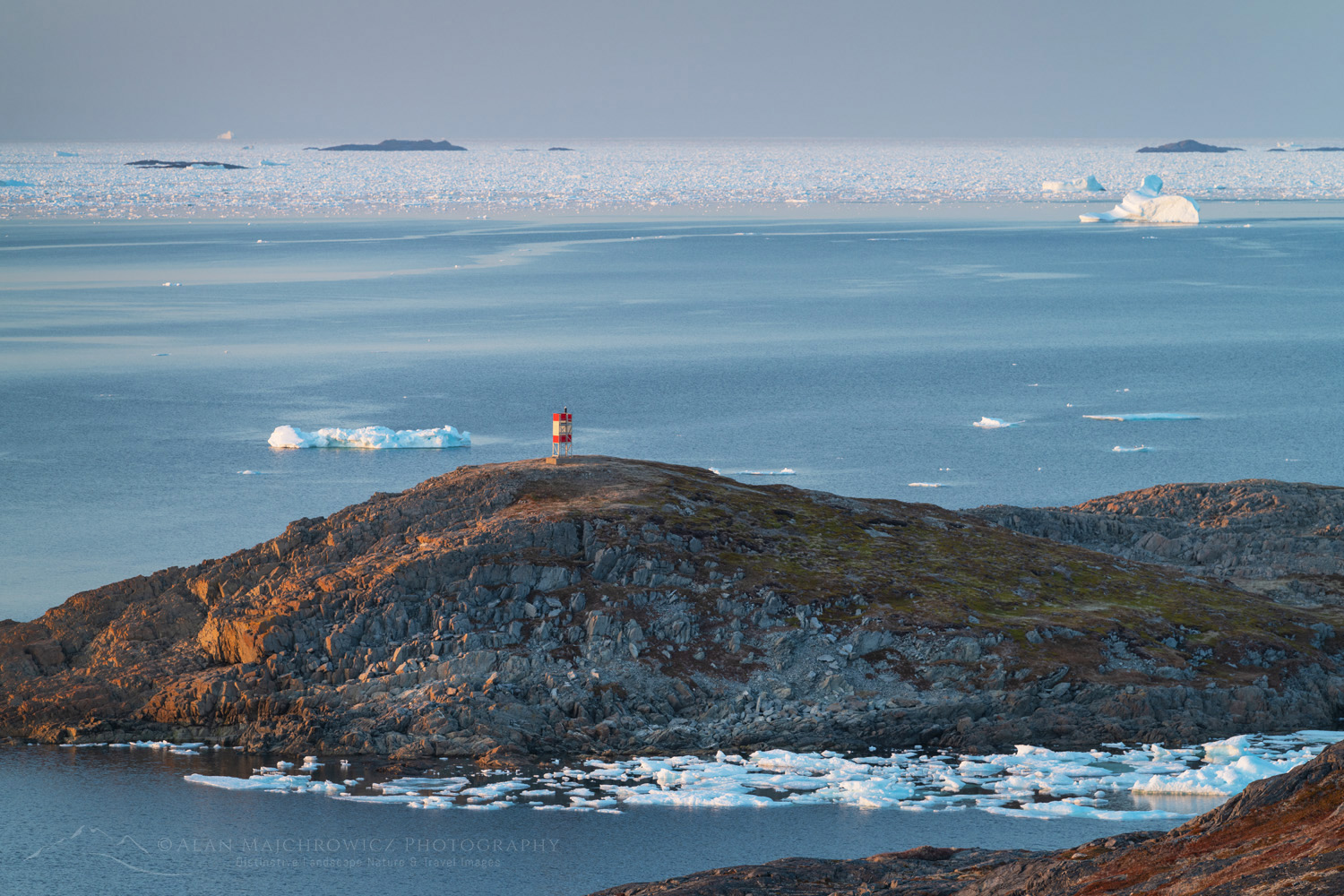
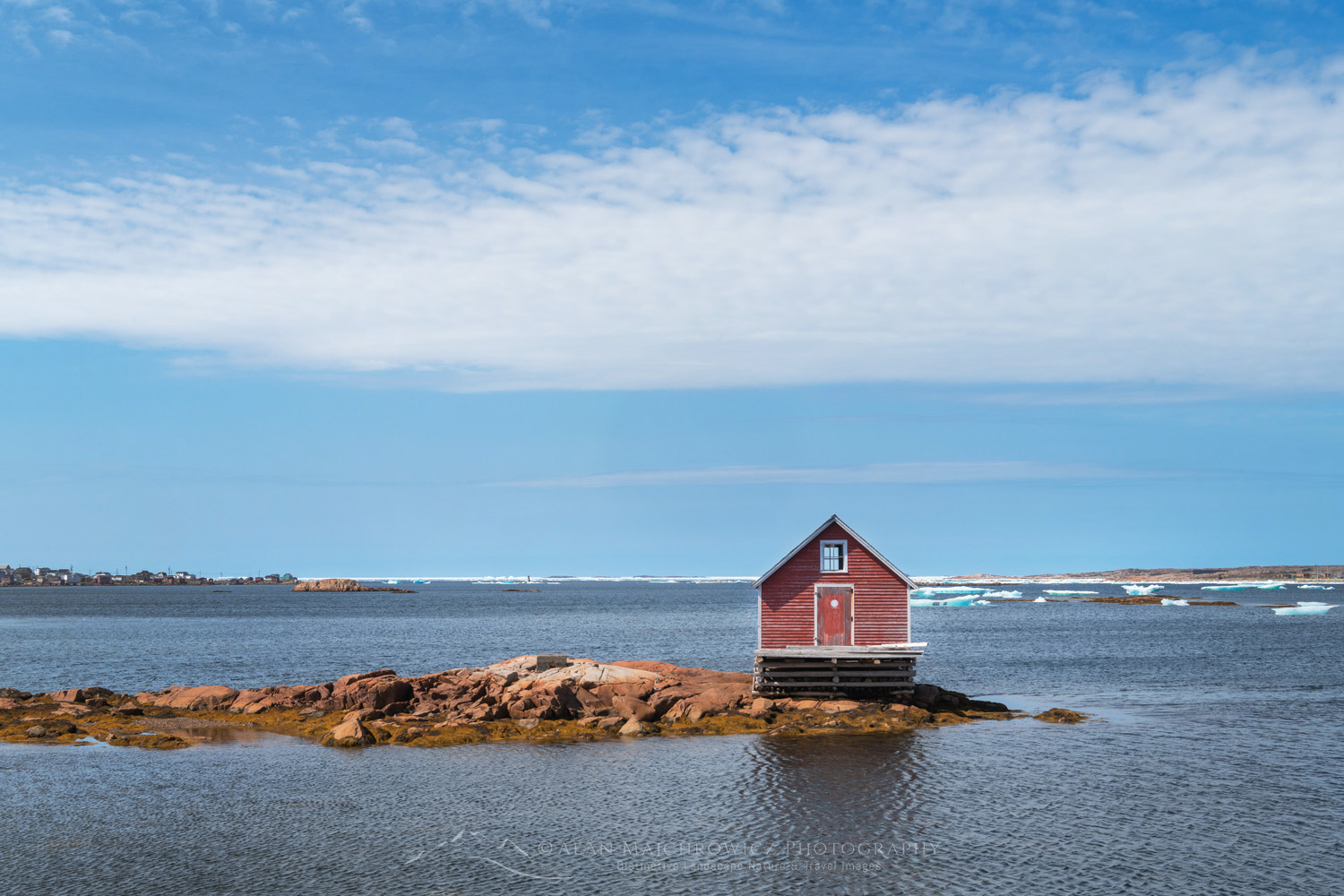
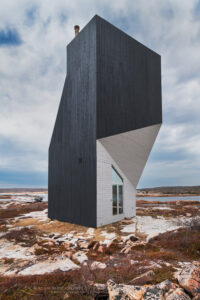
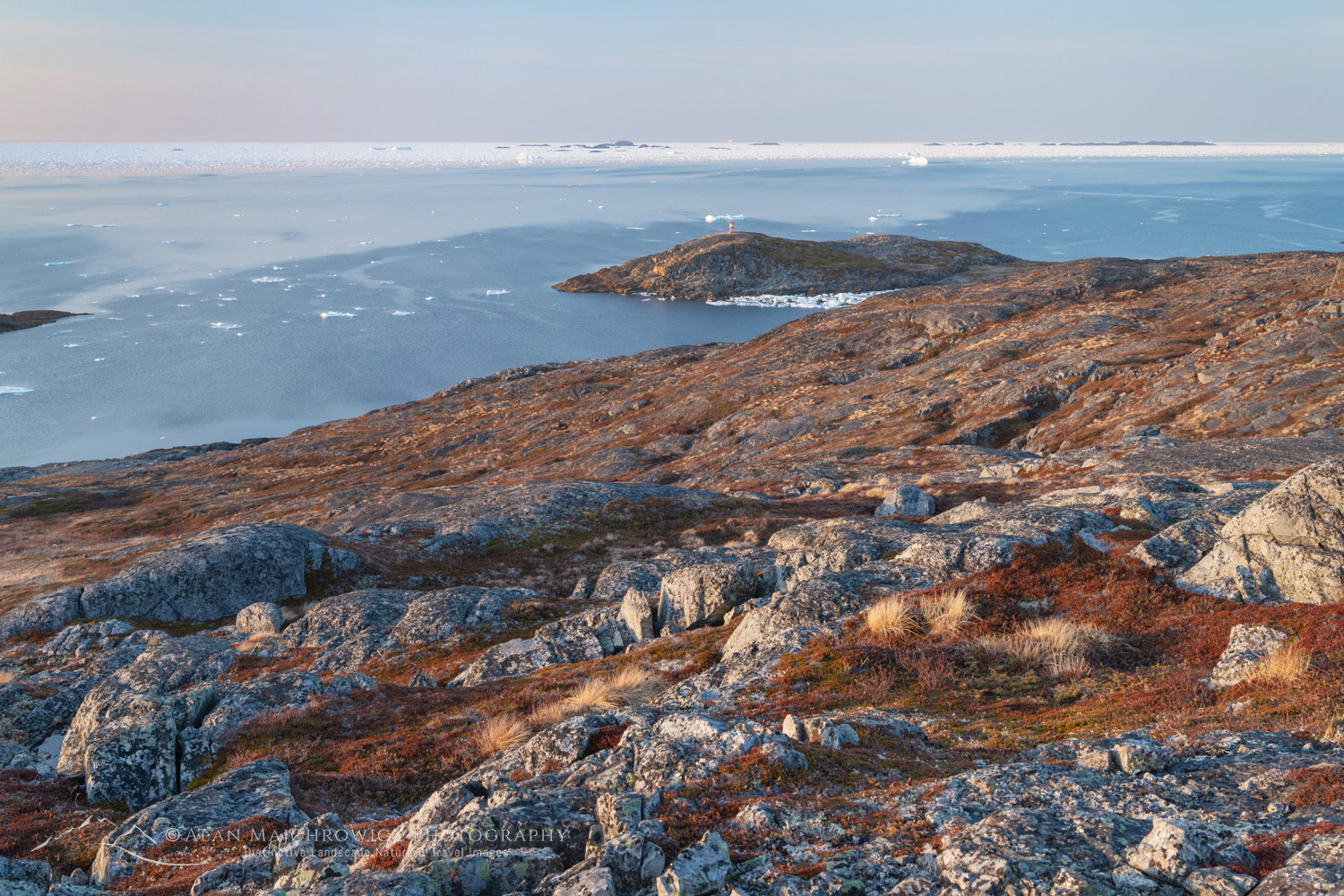
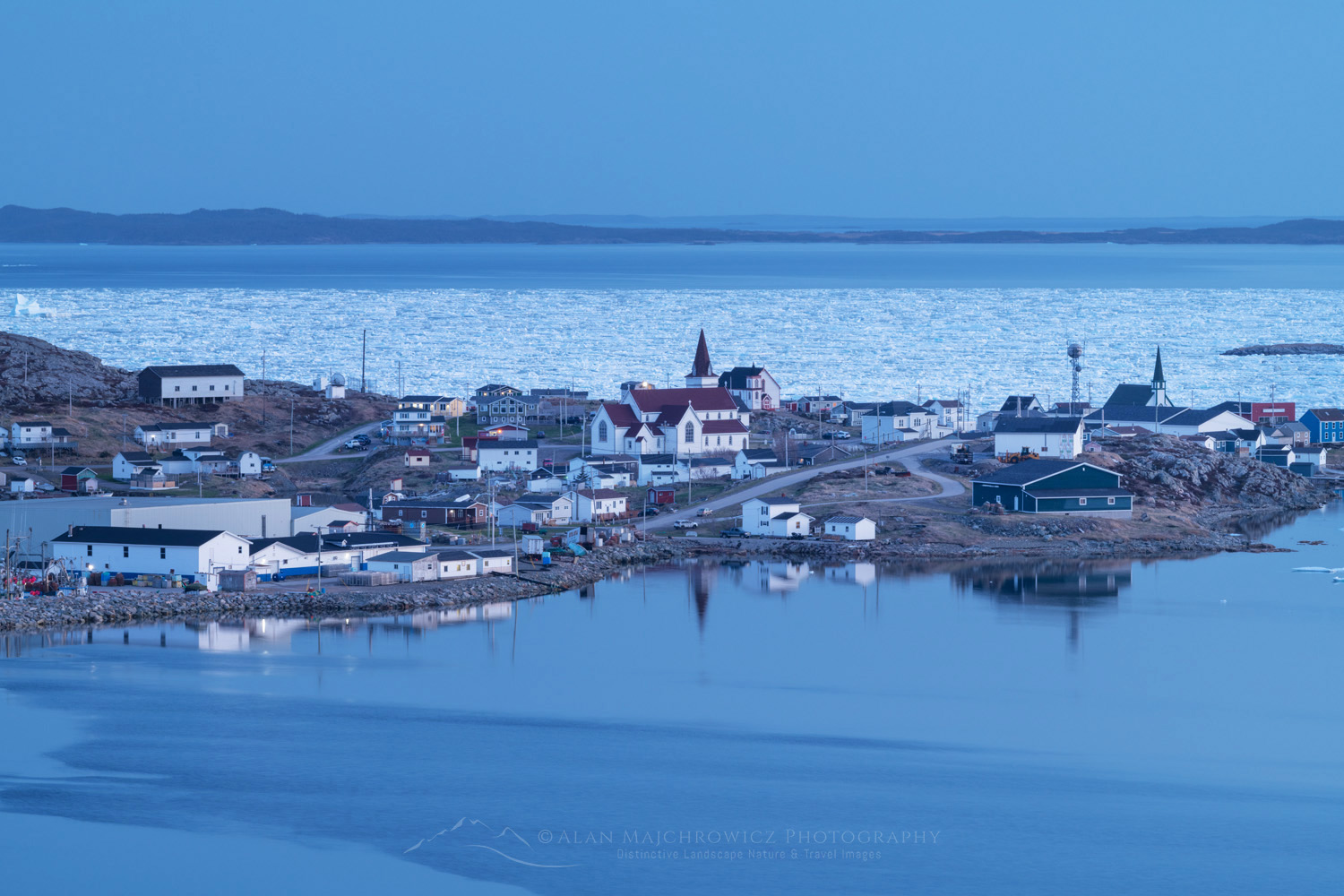
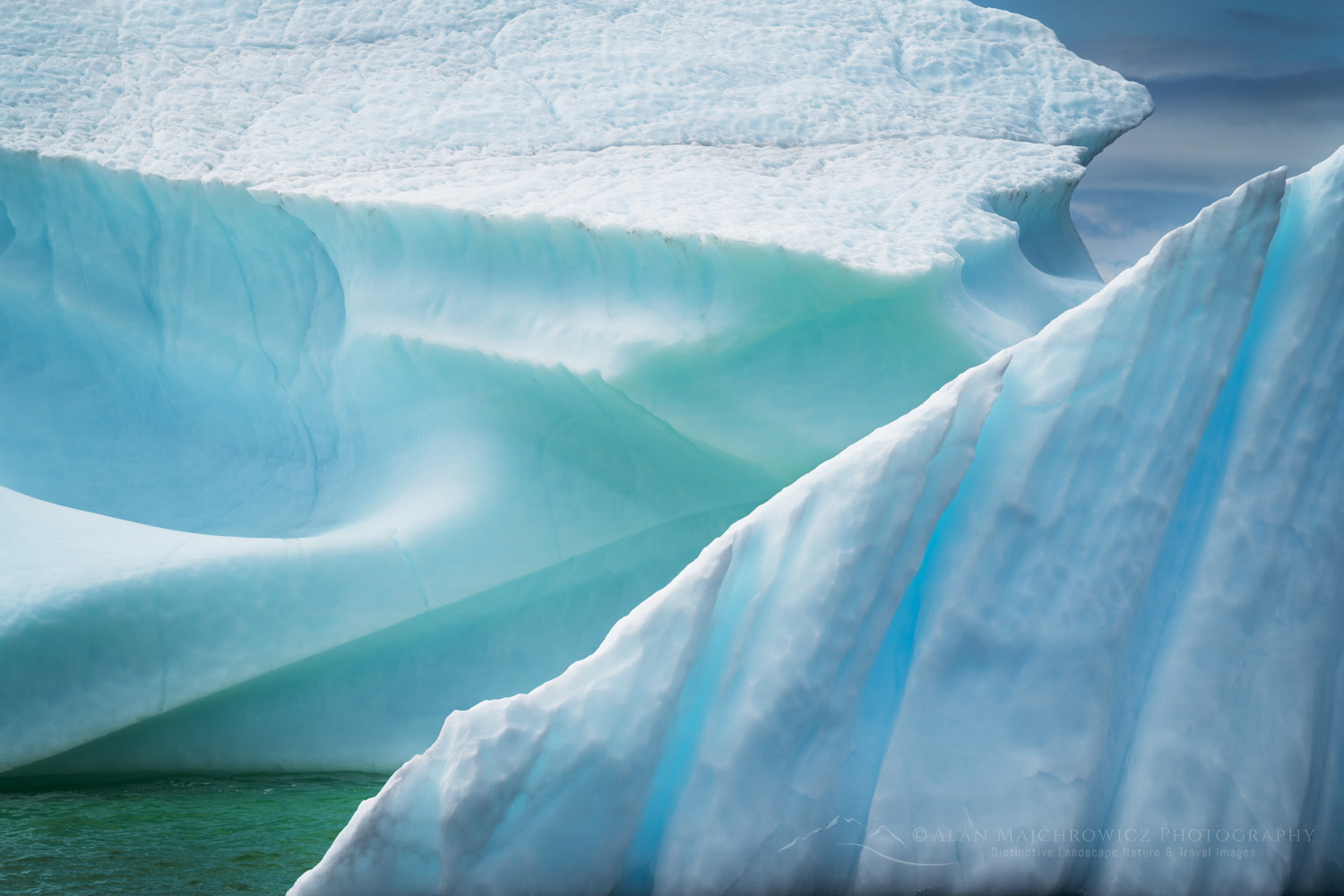

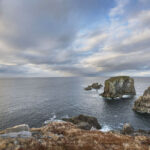
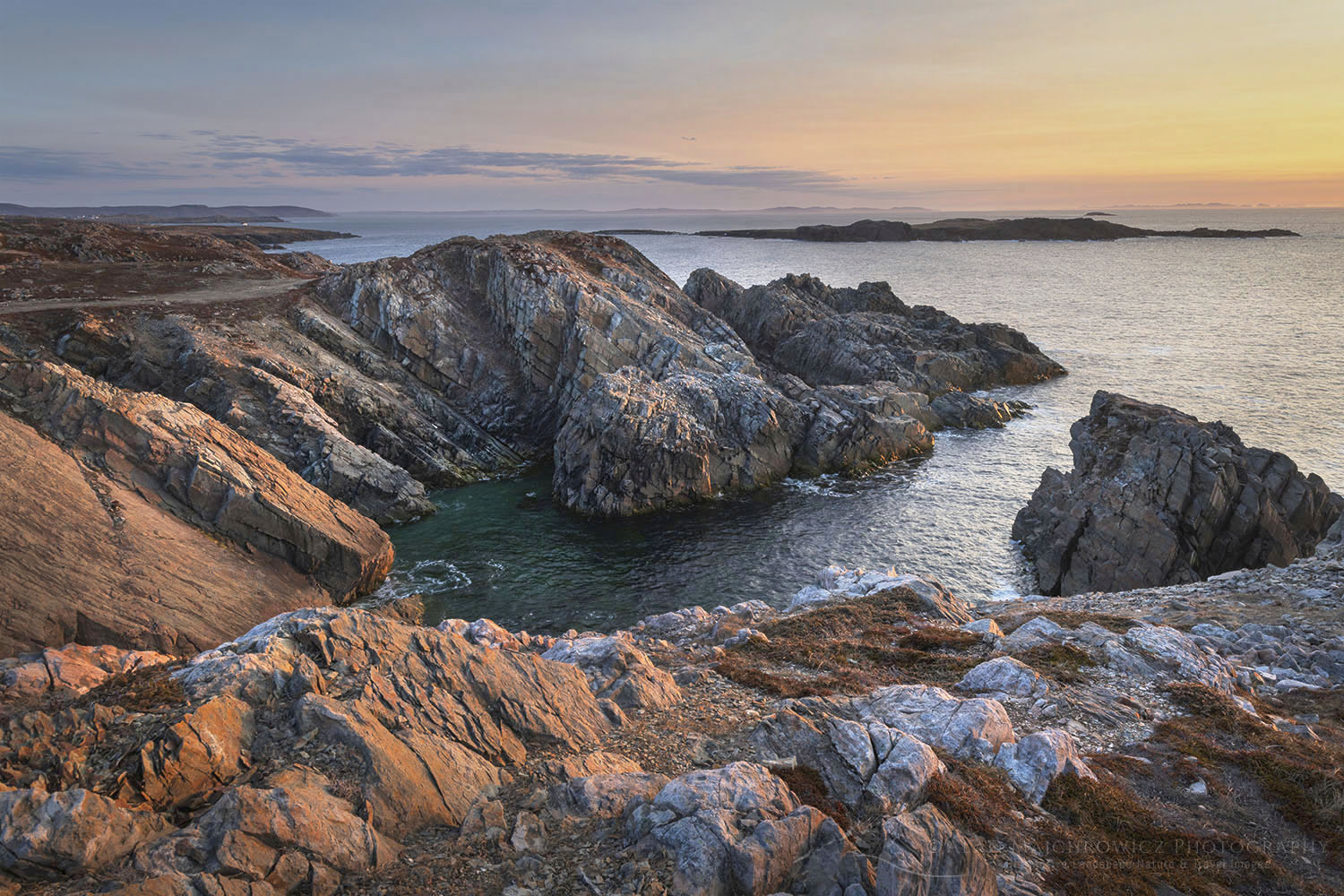
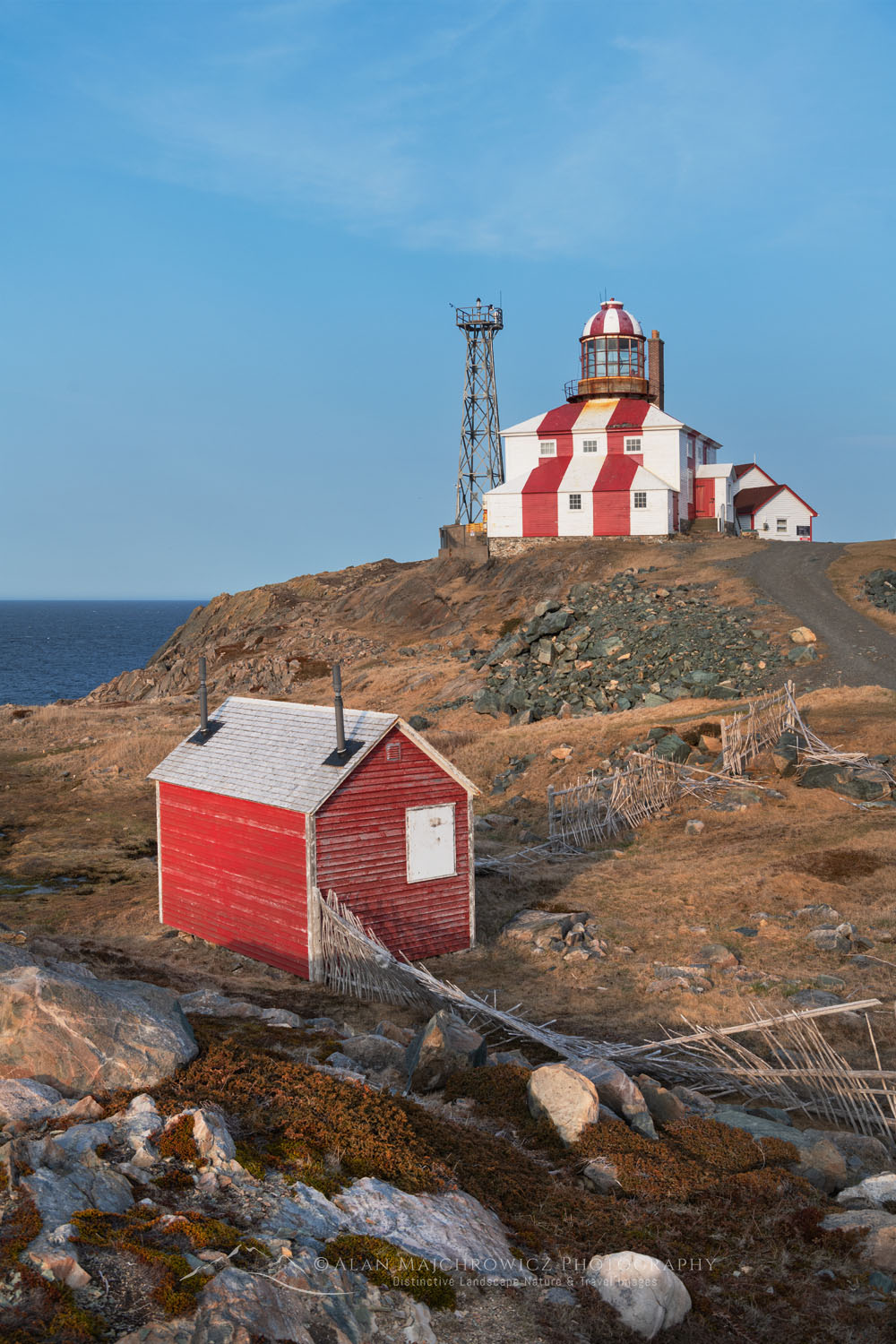

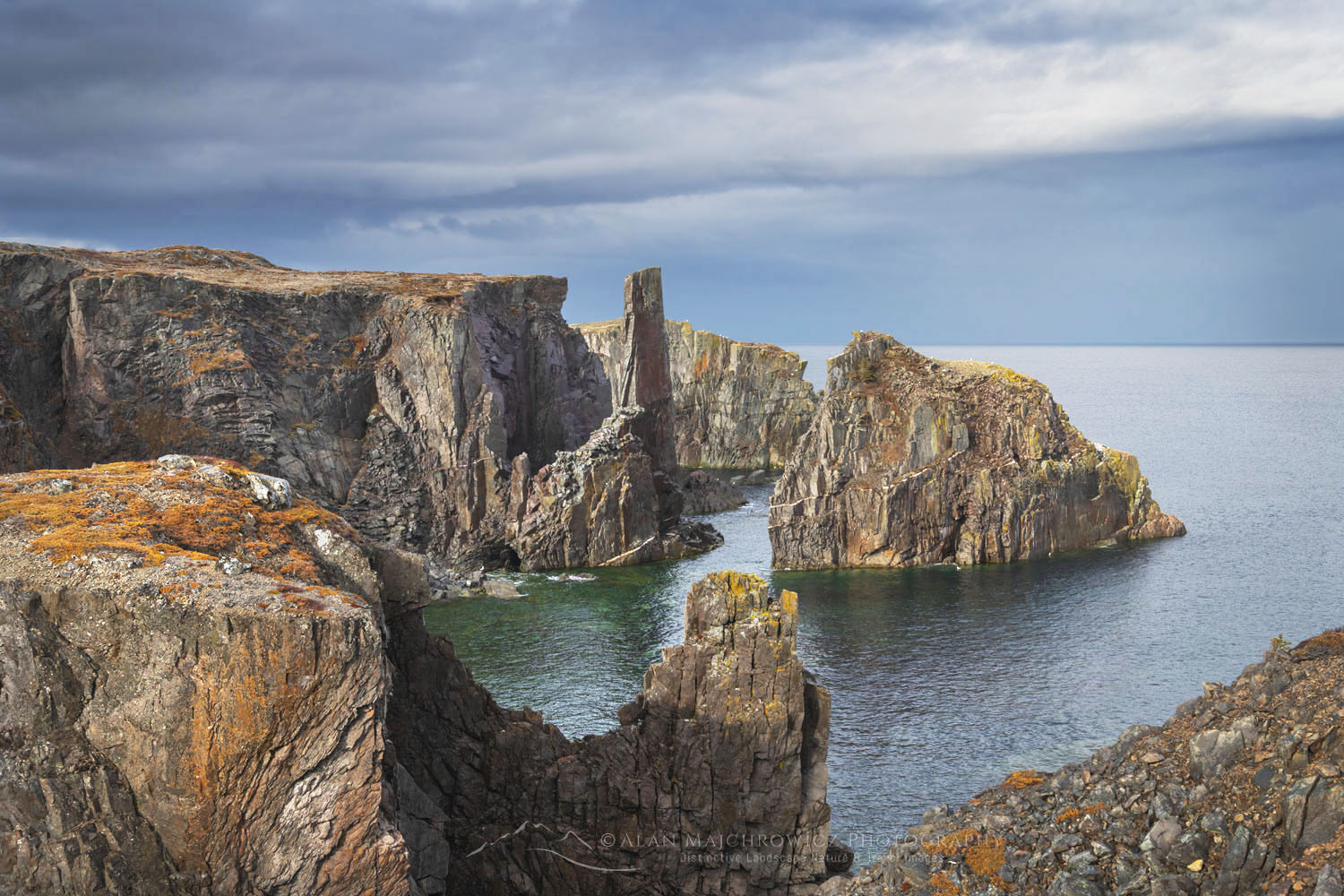
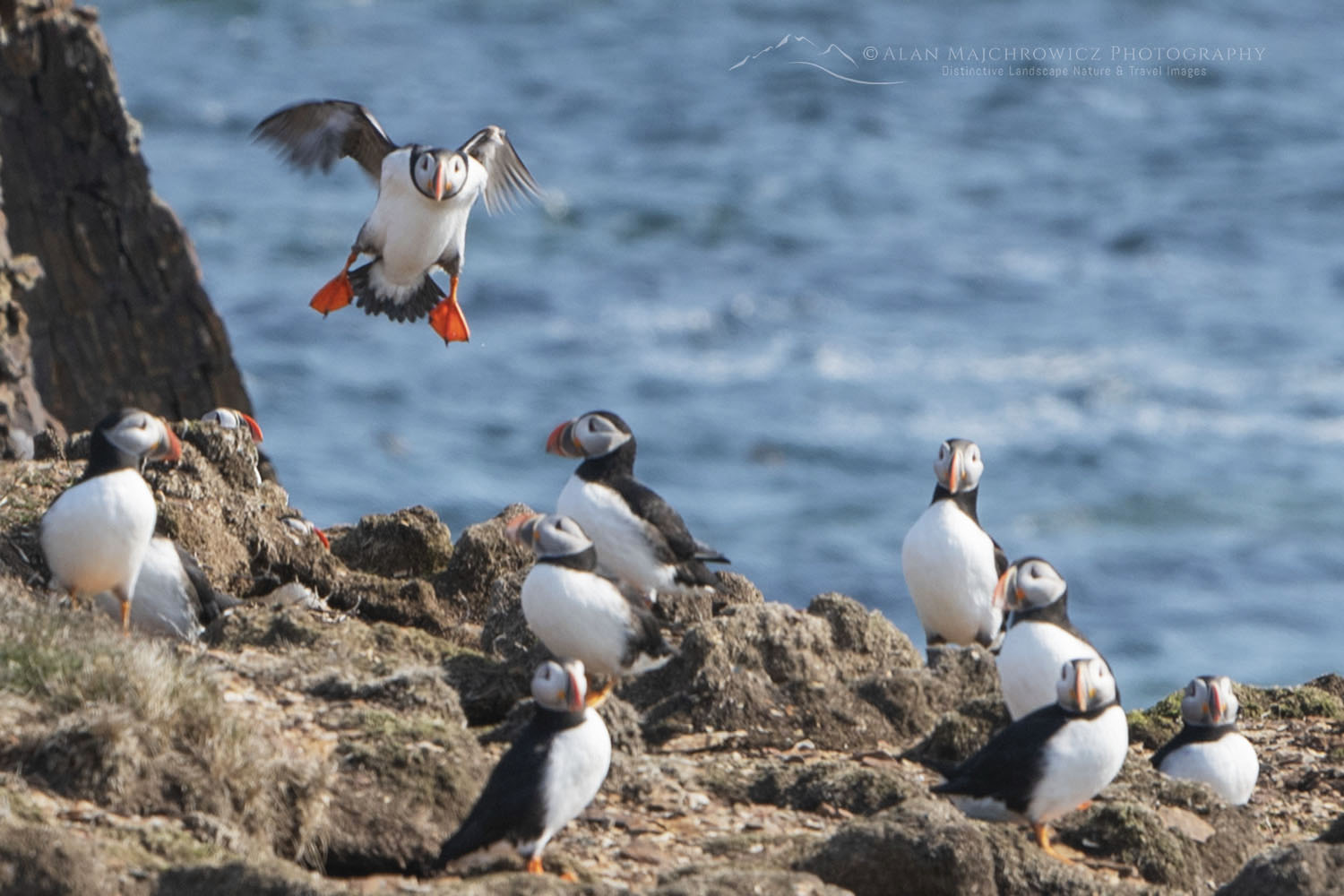
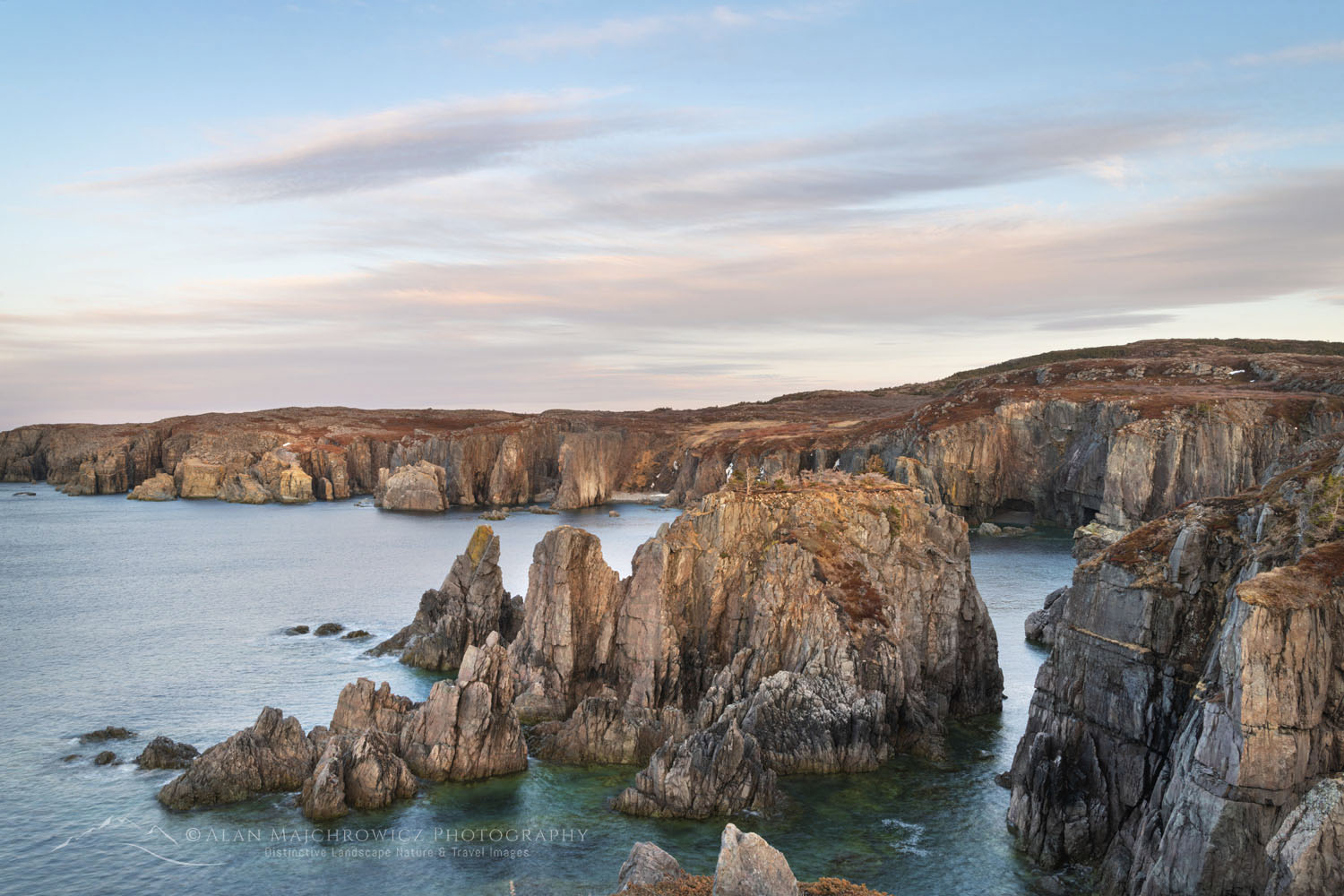
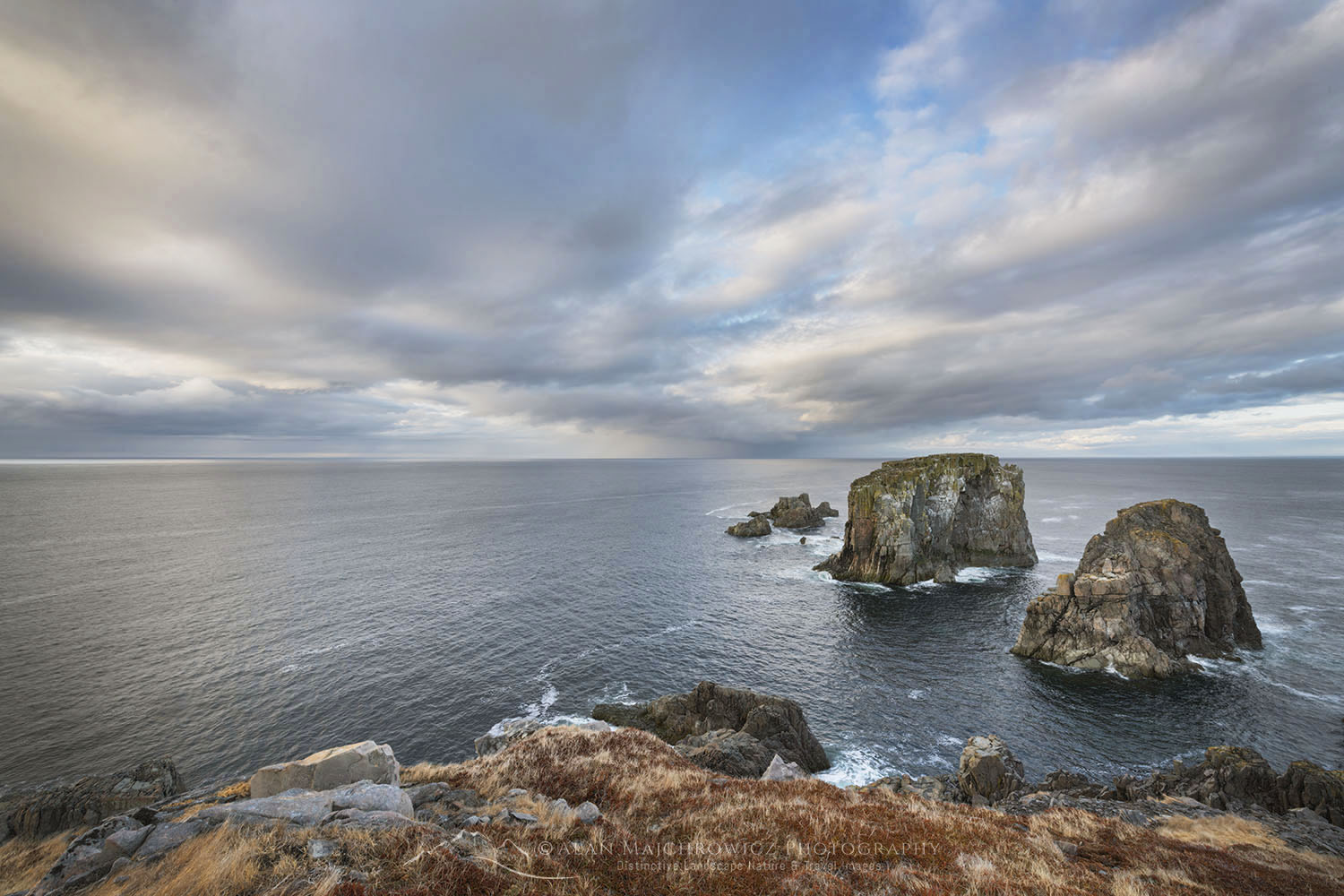

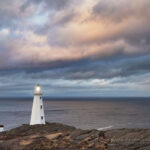
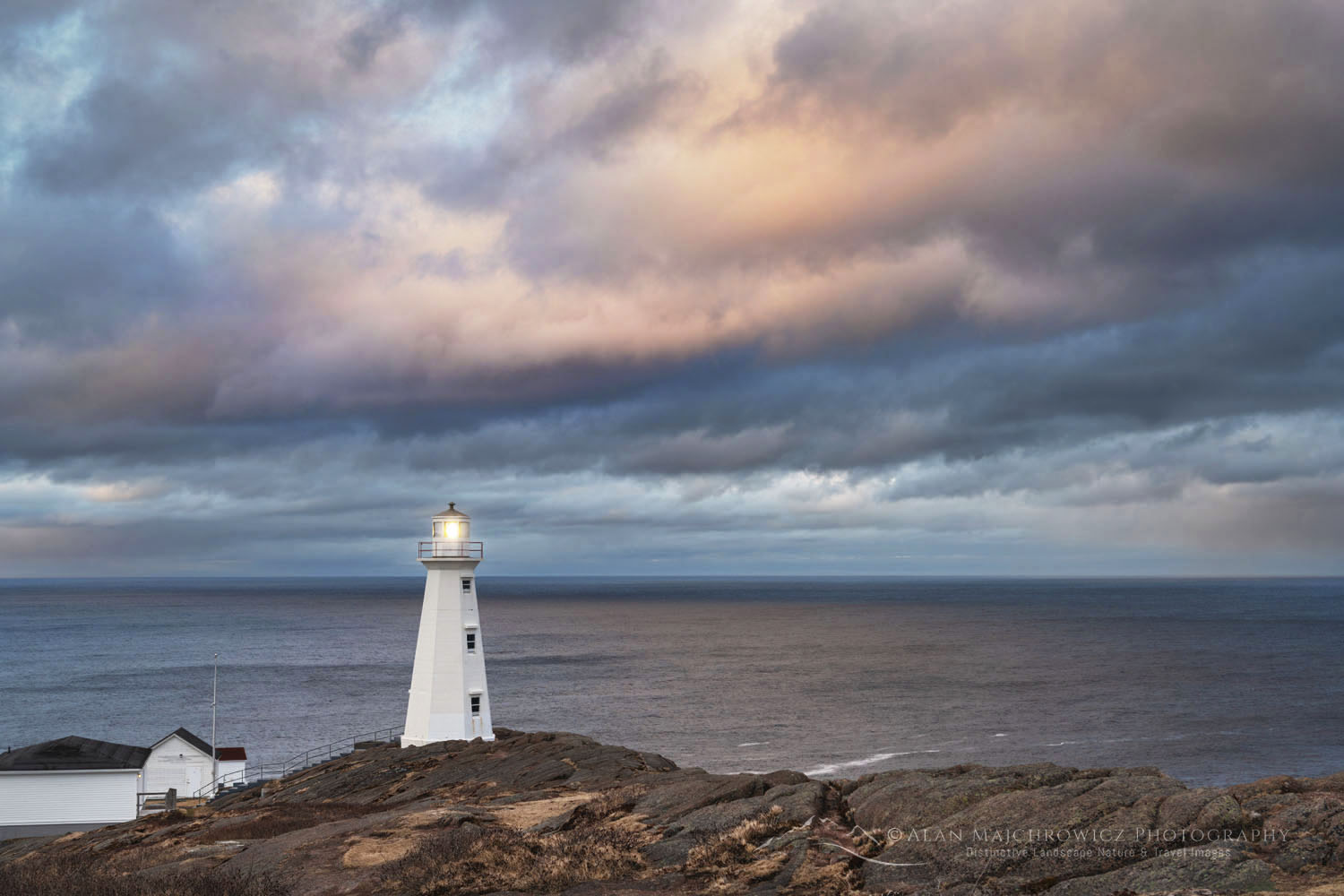
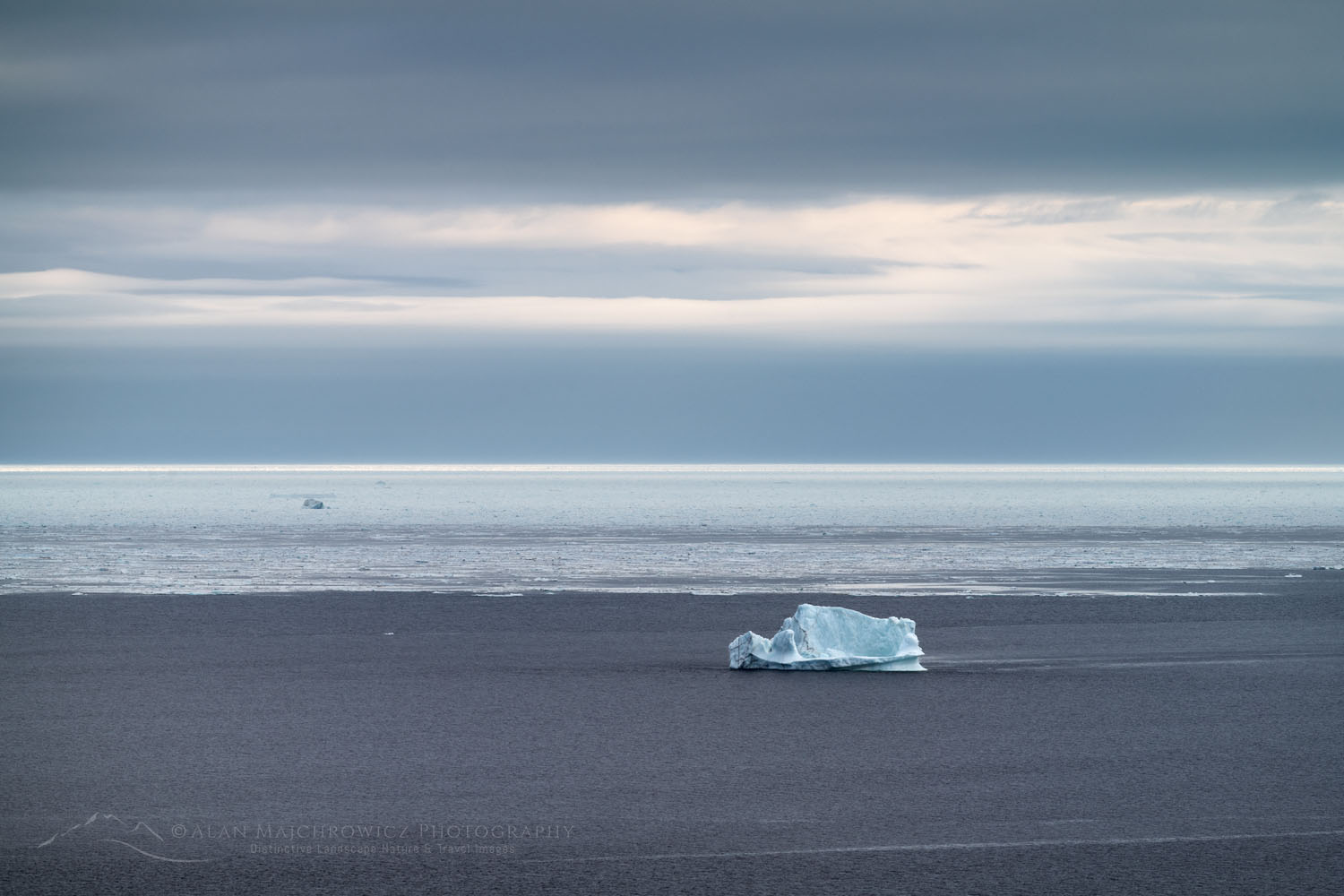




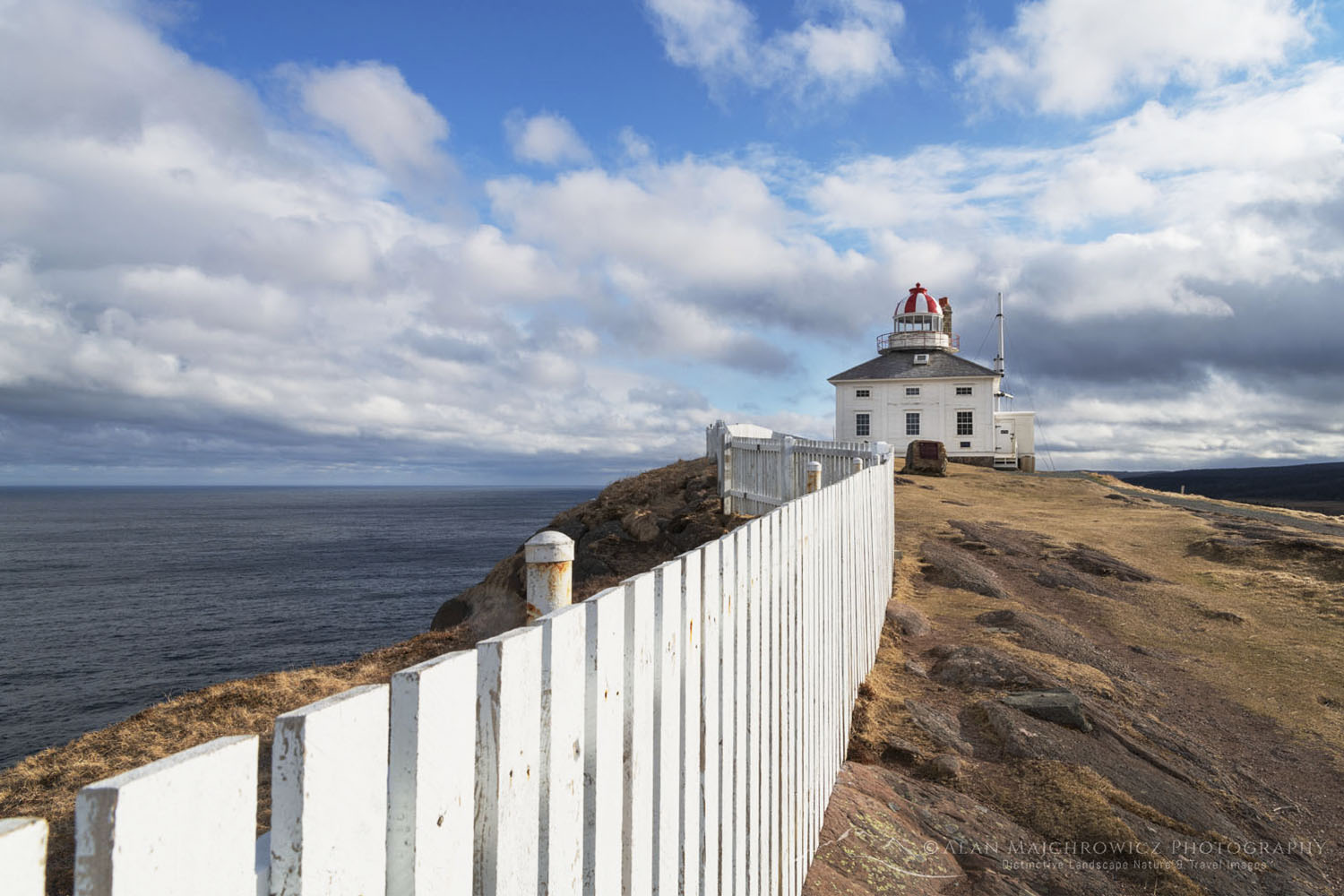
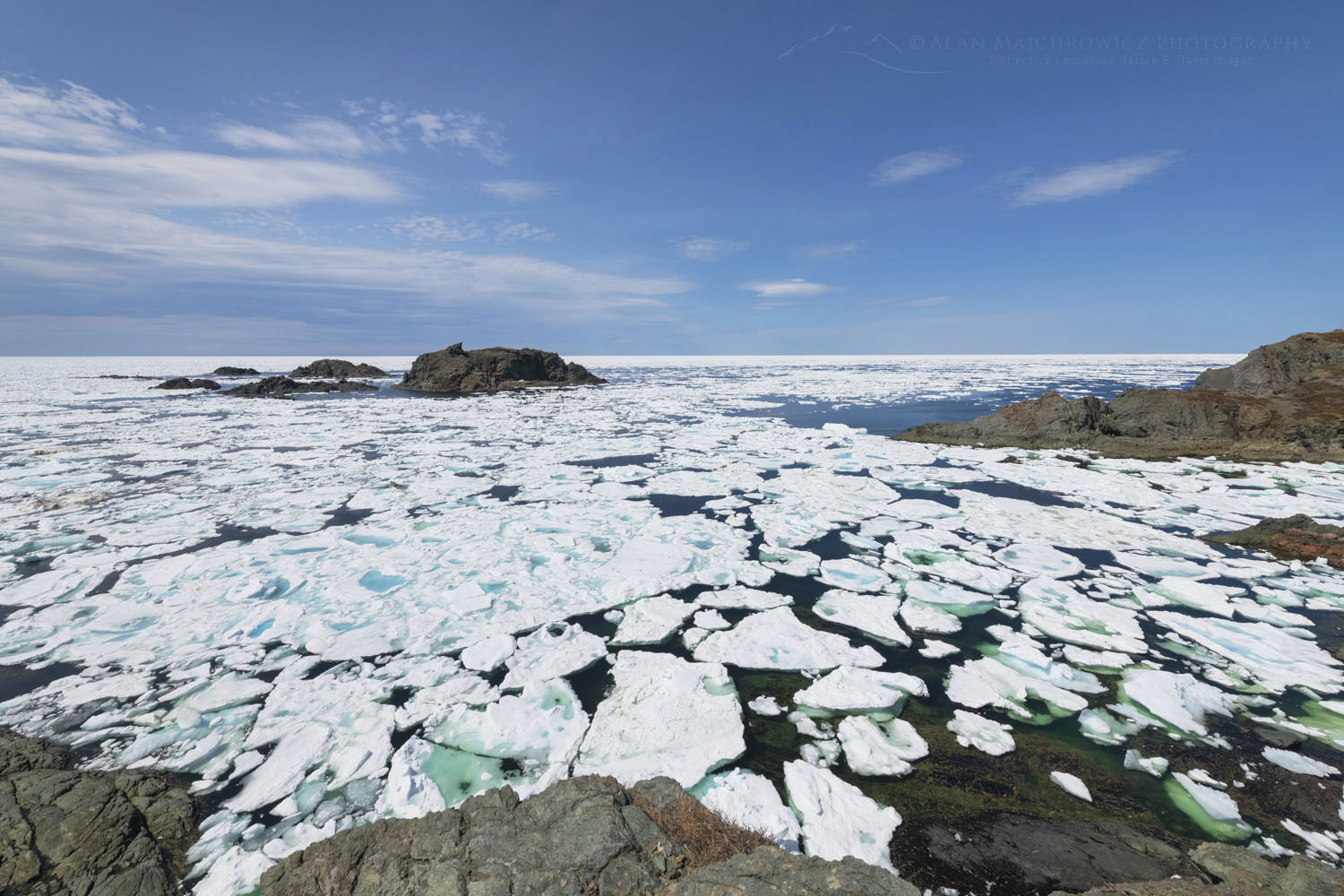
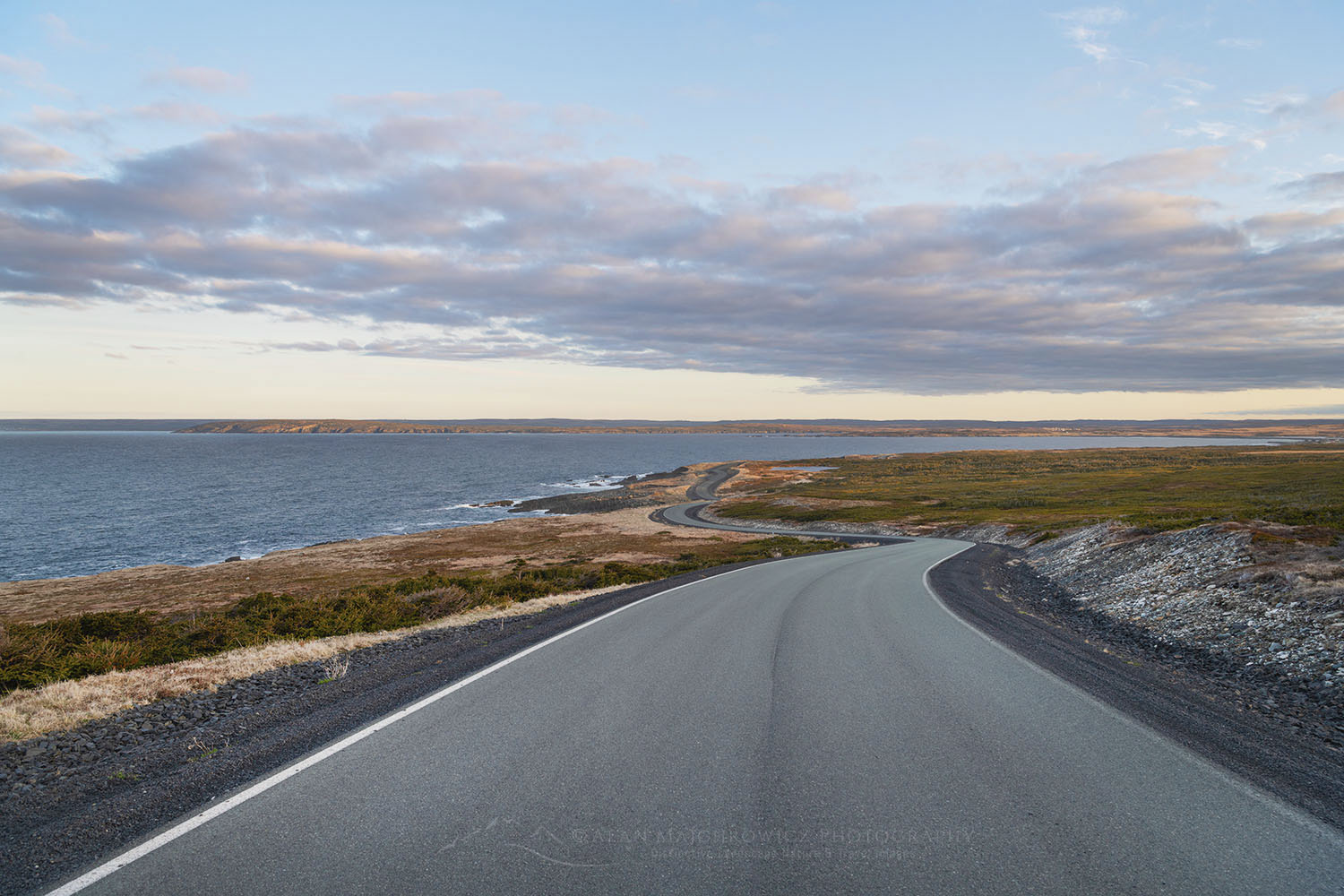
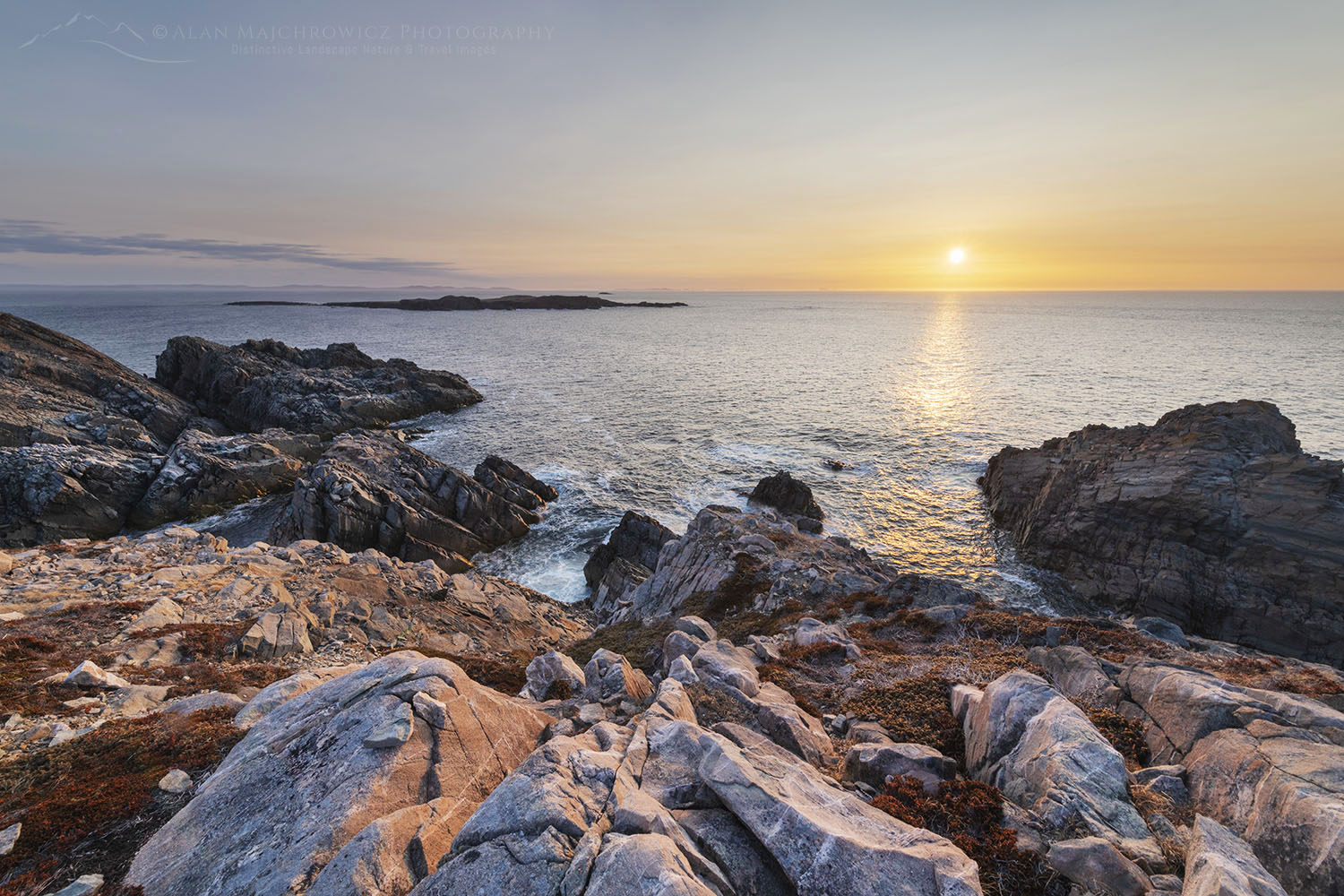
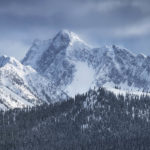
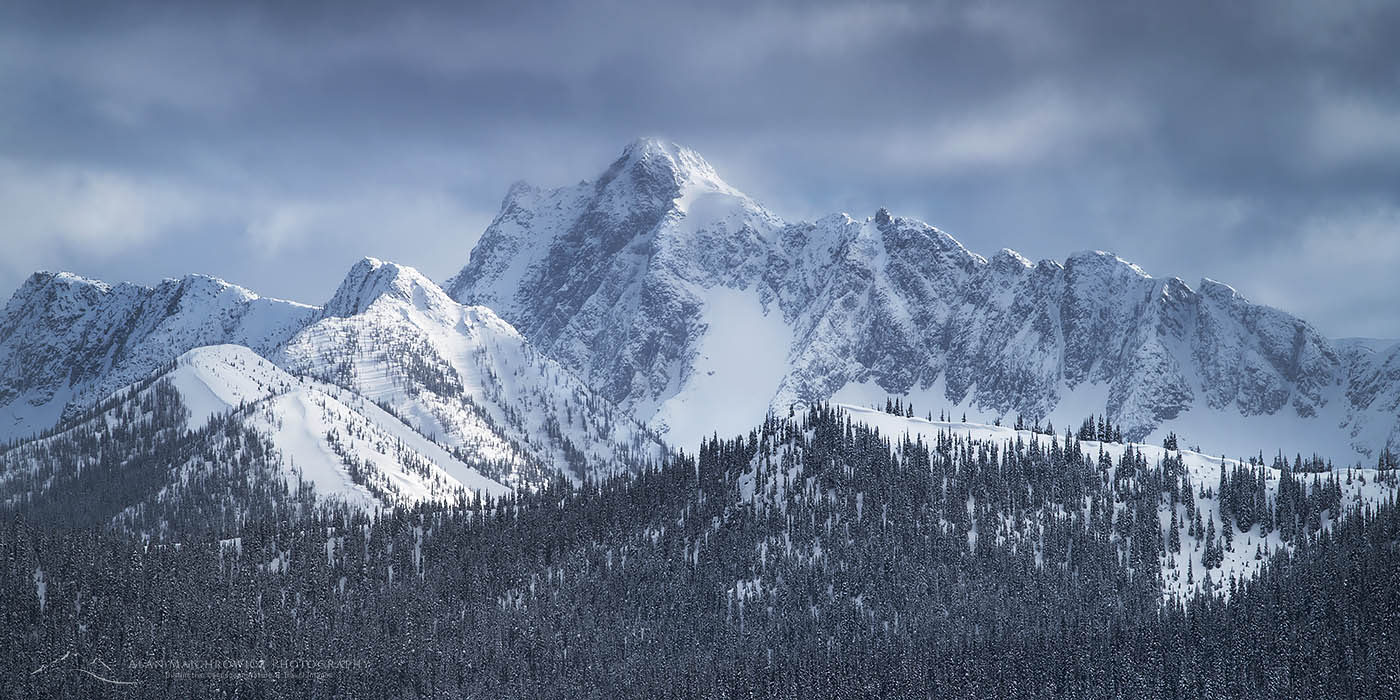
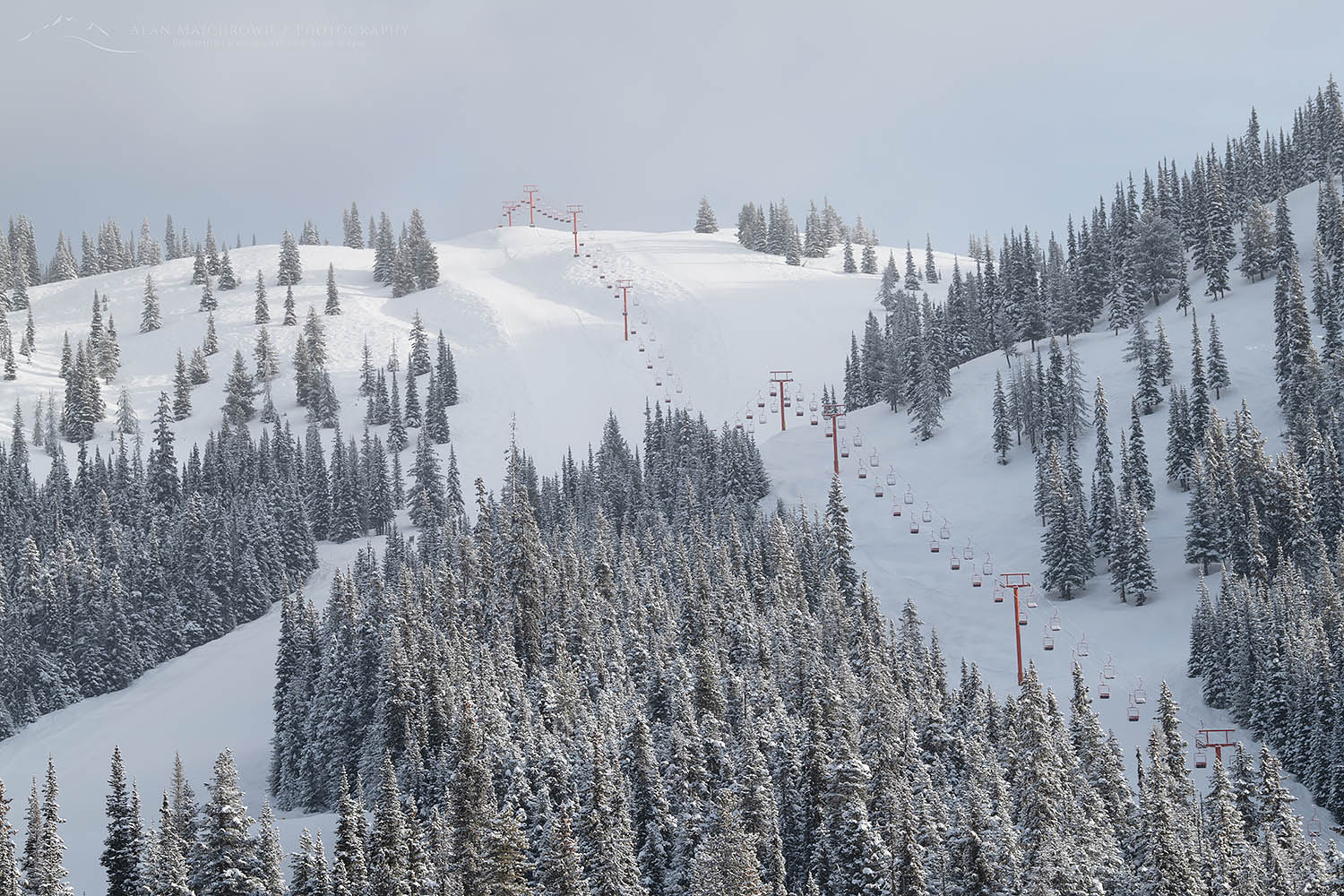

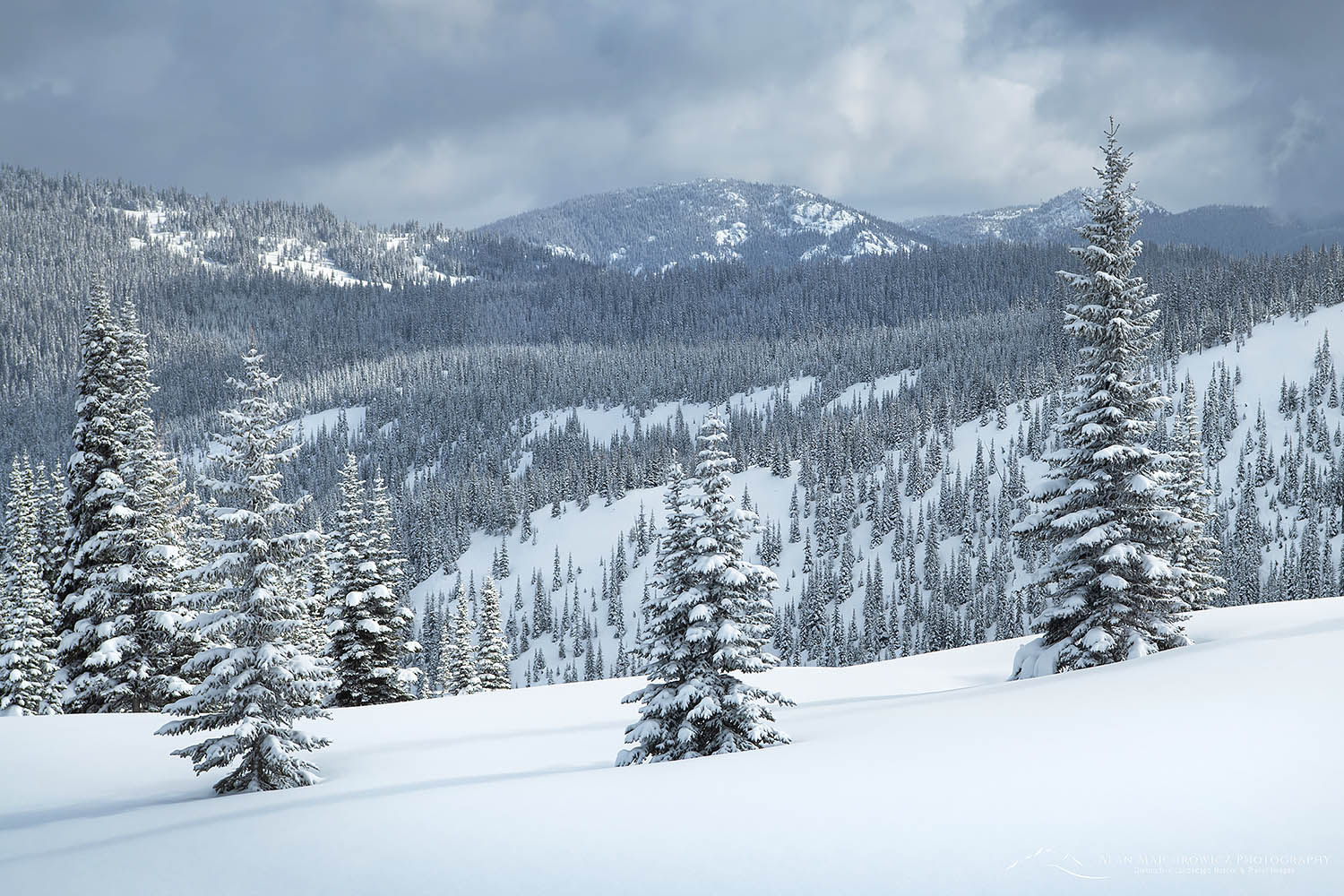
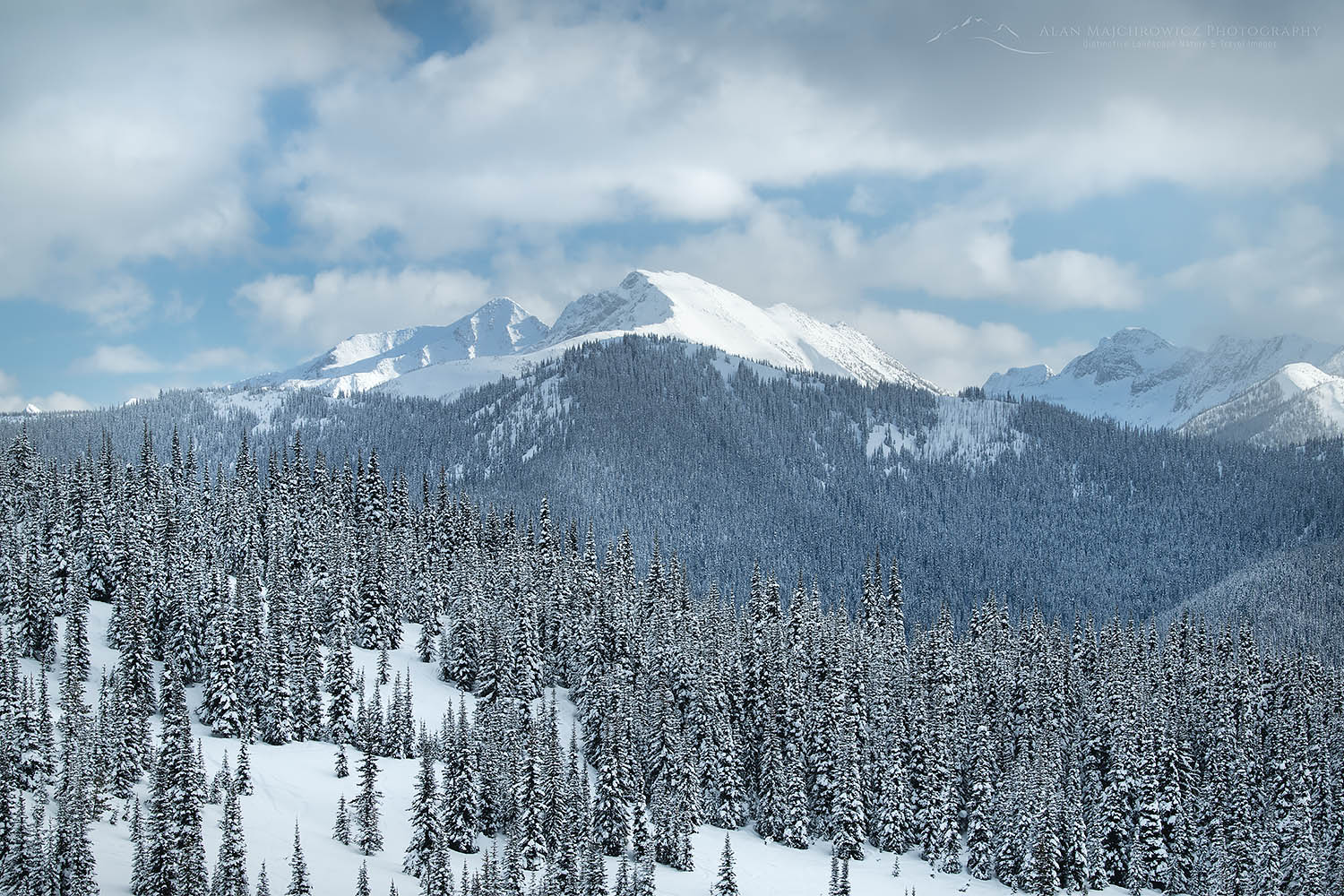
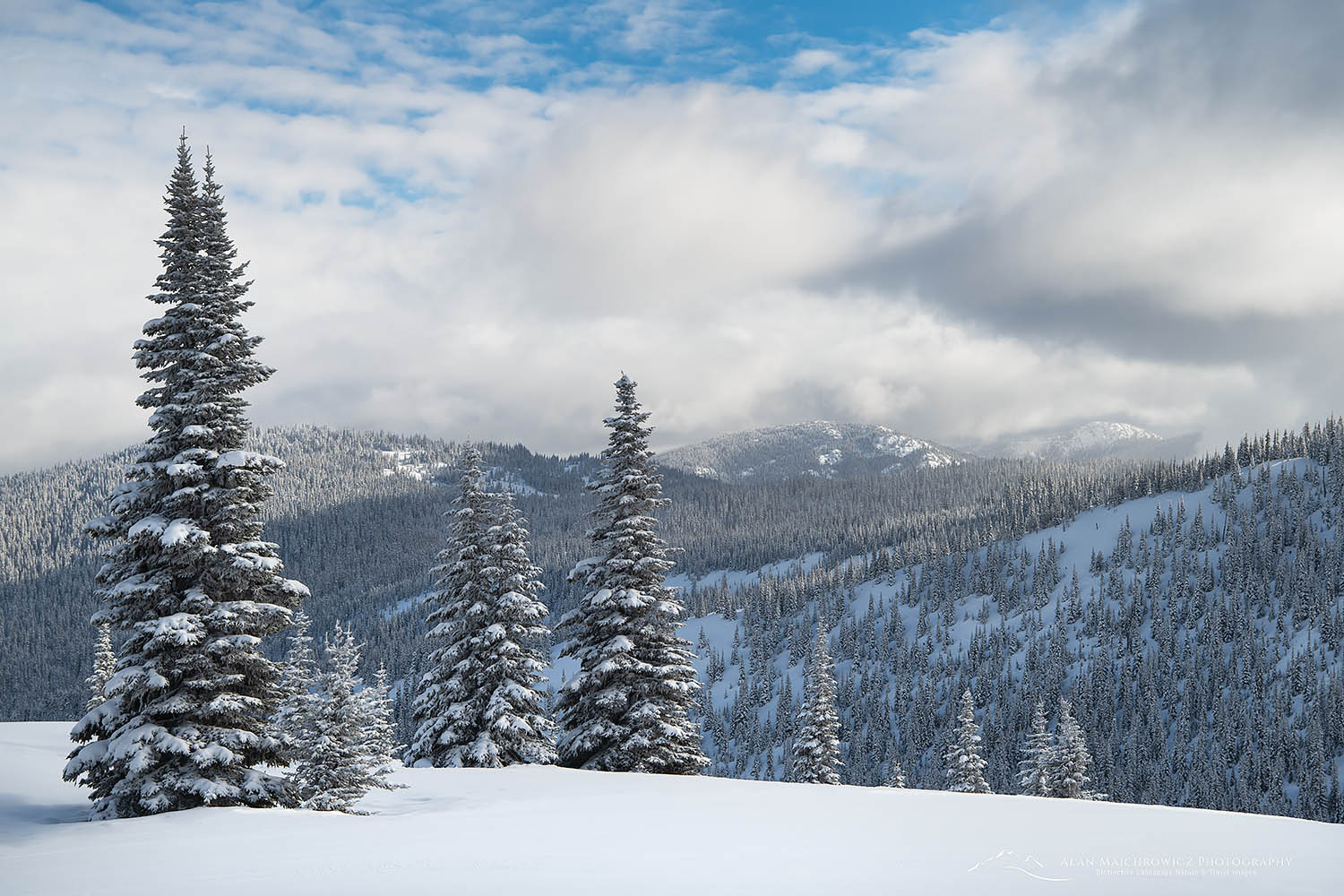
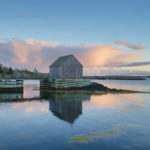
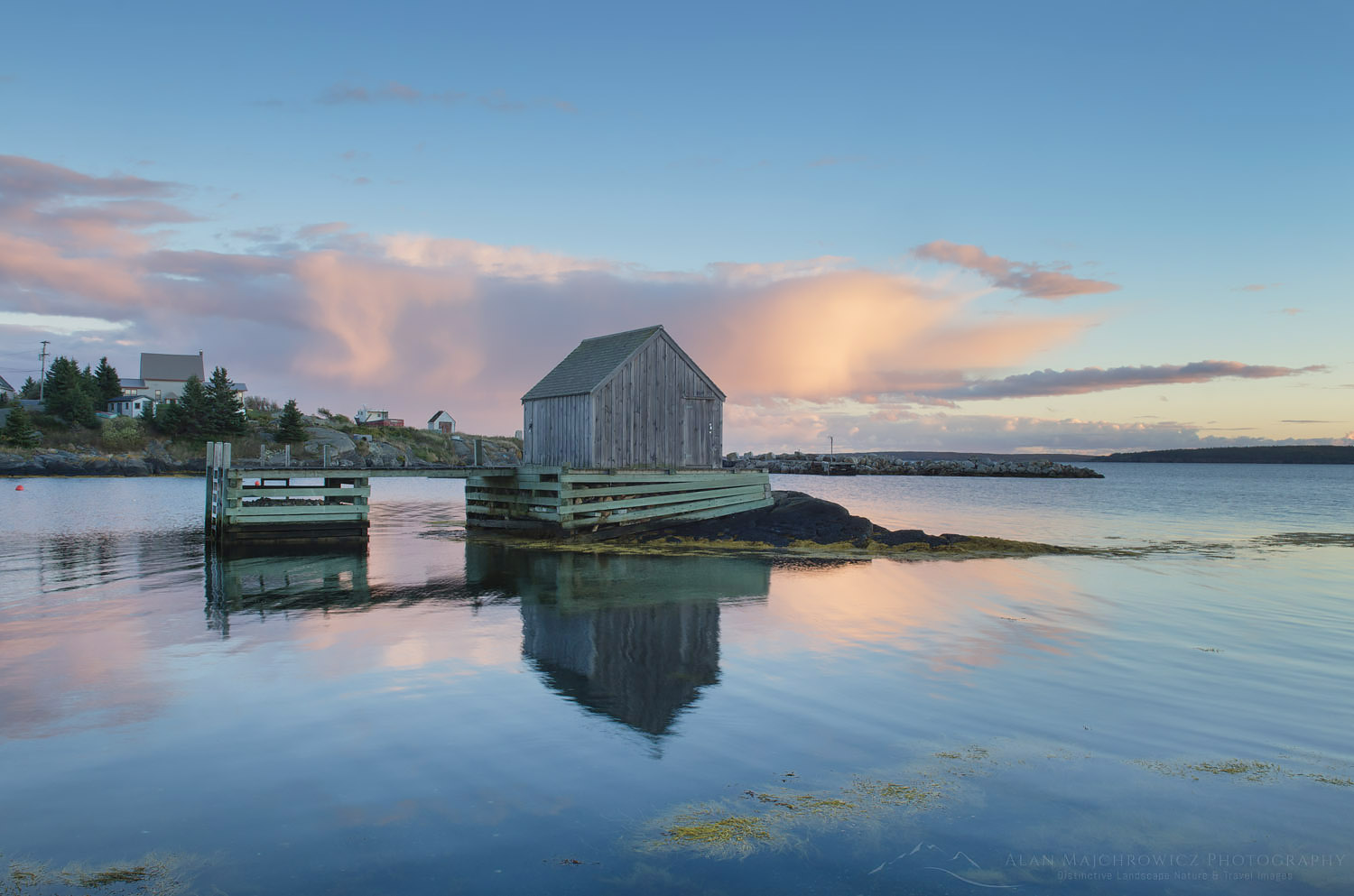
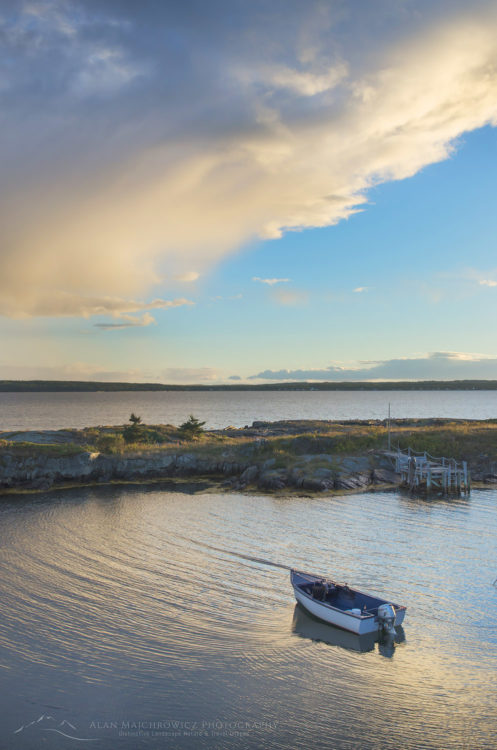
 The Fo’c’sle Pub Chester, Nova Scotia #58700
The Fo’c’sle Pub Chester, Nova Scotia #58700 
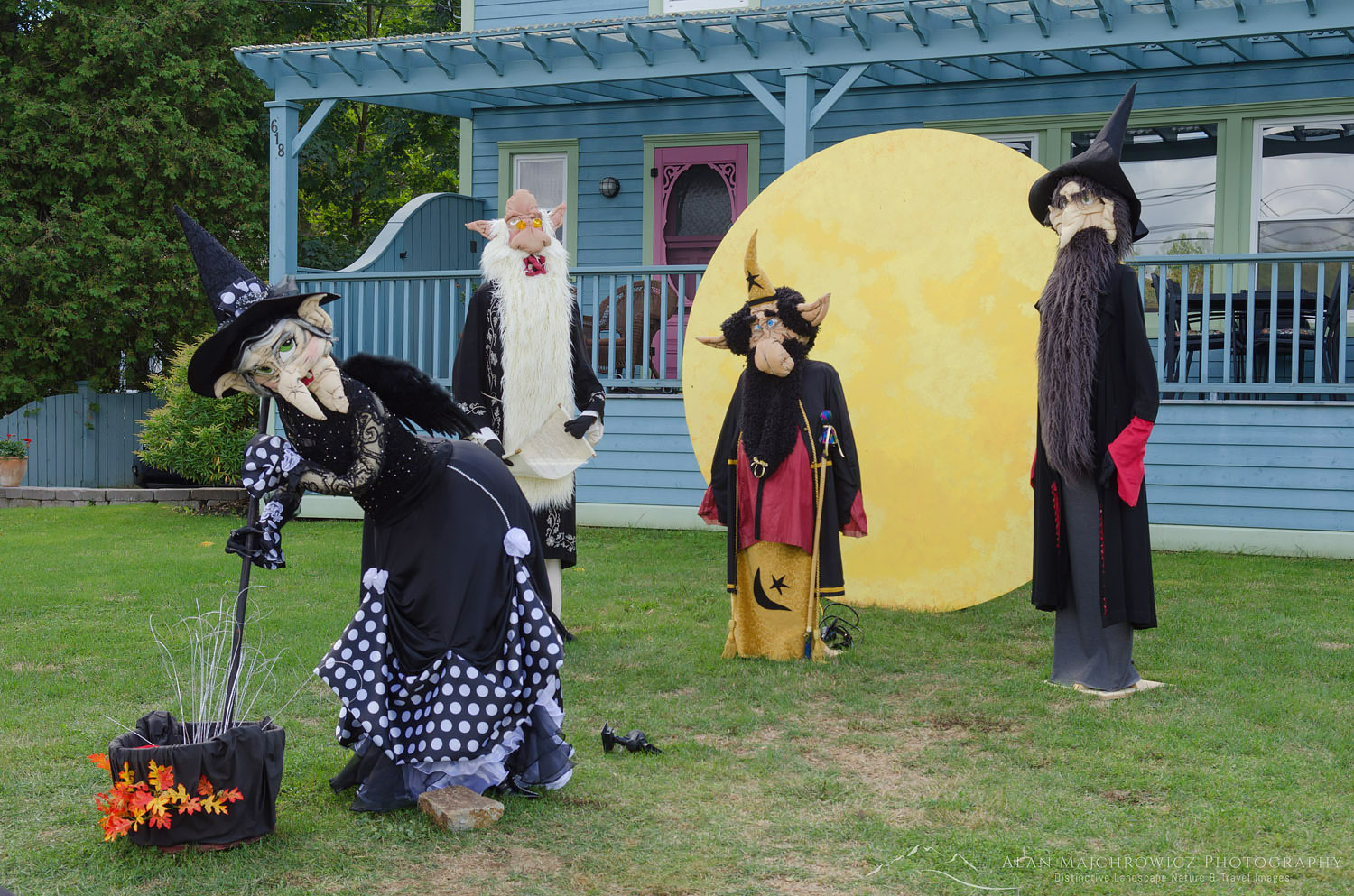 Mahone Bay Scarecrows #58715
Mahone Bay Scarecrows #58715 
